- Metaphysics玄学:六爻理法进阶(257P):2024年-04月-13日
- Metaphysics玄学:六壬神课金口诀心髓指要(374P):2024年-04月-13日
- Metaphysics玄学:大六壬择日精要(75P):2024年-03月-28日
- Metaphysics玄学:实用六壬预测学(314P):2024年-03月-24日
- Metaphysics玄学:六壬股市实战解秘(378P):2024年-03月-19日
- Metaphysics玄学:大六壬断案疏正(380P):2024年-03月-19日
- Metaphysics玄学:六壬占验选注(519P):2024年-03月-19日
- Metaphysics玄学:六壬辨疑(241P):2024年-03月-05日
- Metaphysics玄学:六壬神课初学详解(129P):2024年-03月-04日
- Metaphysics玄学:大六壬指南(231P):2024年-02月-15日
- Metaphysics玄学:六壬神课大全(324P):2024年-01月-22日
- Metaphysics玄学:凤麟易理道家大六壬(96P):2024年-01月-22日
- Metaphysics玄学:六壬指南例题解(319P):2024年-01月-22日
- Metaphysics玄学:韦千里大六壬全集(323P):2023年-12月-17日
- Metaphysics玄学:六壬金口诀指玄(207P):2023年-12月-11日
- Metaphysics玄学:六壬开悟录(305P):2023年-12月-11日
- Metaphysics玄学:六壬经典汇要(314P):2023年-12月-11日
- Metaphysics玄学:六壬时空(407P):2023年-12月-11日
- Metaphysics玄学:六爻预测学(332P):2023年-12月-11日
- Metaphysics玄学:六壬大全(433P):2023年-11月-27日
- Metaphysics玄学:六壬捷录新解(260P):2023年-10月-20日
- Metaphysics玄学:图解六壬大全.第3部.毕法赋之二(287P):2022年-09月-16日
- Metaphysics玄学:图解六壬大全.第3部.毕法赋之一(298P):2022年-09月-16日
- Metaphysics玄学:图解六壬大全.第2部.吉凶占断之二(312P):2022年-09月-16日
- Metaphysics玄学:图解六壬大全.第2部.吉凶占断之一(298P):2022年-09月-16日
- Metaphysics玄学:图解六壬大全.第1部.占法及神煞之二(288P):2022年-09月-16日
- Metaphysics玄学:图解六壬大全.第1部.占法及神煞之一(300P):2022年-09月-16日
《六壬经典汇要》是2010年8月1日中国商业出版社出版的图书。作者是陈公献。《六壬经典汇要》由《六壬指南》、《壬归》、《壬学琐记》组合而成,作者将三本古籍著作去其糟粕,取其精华,加注标点,使读者在学习这些知识时少走弯路,尽快掌握六壬真谛。
《六壬指南》一书由明末清初六壬名家陈良谟先生手著。陈良谟:字公献,江苏淮阴人。陈公献先生在数术上是“潜究六壬,寒署不缀”,可以做到“纵口而谈,无不翩翩其中”,可想陈公献先生六壬水平之高超。全书共分五卷,该书自成书以来,备受后人的重视,被认为继宋代邵彦和先生以来的又一壬学经典,它的历史价值将会永放光芒。 [1]
《壬归》一书不署作者名氏,从书中行文语言来看,似乎当是明清人所作。《壬归》一书至今仍然以“秘籍”式流行于民间,《四库全书》、《古今图书集成》、《四库未收术数类众书》等都未曾收录此书,可见此书之珍贵。全书共分七卷,该书篇幅虽然不是巨大,但其所展现的壬占思想与取象法则乃是古今壬书中第一高明者。《壬归》一书对壬学基础理论与应用这二端之间进行了强有力的链接,是研究者研习六壬的最好参考书之一。
《壬学琐记》为清代道光年间壬学家程树勋(字爱函)所著,不分卷,记述内容也不讲究格式体例,但其涉及面之广泛、议论之精详、评判之中肯、古例之精采不亚于任何一位六壬先贤。《六壬经典汇要》对六壬名称、历史源流、历代壬家人物、六壬佚闻、六壬名著都有探讨议论,内容丰富多彩引人入胜。同时对六壬入式上面的岐疑问题都有议论,较古论今,合事详理,纵横诸家,评判公允,可作后学成式。并在书中记载了程氏本人各类占断壬课有二十多余例,占断理脉分明,体现出较高的壬学修养,代表了清代壬学发展所到达的高度。
徐伟刚,辛亥年生,江苏常熟人,当代中国著名术数家、易学家。
1989年开始接触传统术数文化,专攻宋明六壬、正统子平、水镜神相、催官风水、择吉学、七政四余星命学等传统主流易学应用文化之上,构建了以“大宗之法、正统之学、造福人间”为学术宗旨的中国正统数术学体系,在国内外易学界产生了重要影响。
2001年应邀参加第十二届安阳周易与现代化国际讨论会,并作大六壬专题学术报告会,引起巨大反响。
2002~2003年,在国内易刊《易友园地》、《易海方舟》、《稚慧园》上发表多篇重要易学论文,引起易学界广泛关注。
2004年出版了现代易学实用专著《袖里乾坤——大六壬新探》、《子平术精析》,获得广泛好评。
2005年在香港注册成立了(香港)国际易经社会科学研究院。
2007年出版《智者乐水——大六壬现代预测精典》、《六壬大全》(点校本)二本易学专著。同年,获得建设部中国建筑文化中心颁发的“中国易坛新秀”荣誉称号。
2008年成立北京催官周易文化公司。同年,在《数术》、《易海方舟》等易学刊物上发表多篇易学、术数论文。
2009年8月份应邀参加建设部中国建筑文化中心举办的“第六届(2009)易学与建筑文化高层论坛”会议,并作了中国传统催官风水学说专题讲座。
主要著作:《袖里乾坤——大六壬新探》、《智者乐水——六壬现代预测精典》、《子平术精析》、《六壬大全》(点校本)、《六壬开悟录》、《子平实战指引》、《子平正解》等。
“Liu Ren Classic Summary” is a book published by China Commercial Press on August 1, 2010. The author is Chen Gongxian. The Collection of Six Ren Classics is composed of the Guide to Six Ren, the Return of Six Ren, and the Notes on Learning Six Ren. The author discards the dross of the three ancient books, takes their essence, and adds punctuation, so that readers can learn these knowledge without detours and grasp the essence of Six Ren as soon as possible.
The book “The Guide to the Six Rens” was written by Mr. Chen Liangmo, a renowned scholar of the Six Rens during the late Ming and early Qing dynasties. Chen Liangmo: Zi Gongxian, from Huaiyin, Jiangsu. Mr. Chen Gongxian is skilled in numerology by delving into the Six Rennes and not embellishing them in cold weather. He is able to speak freely and gracefully, demonstrating his exceptional level of skill in the Six Rennes. The whole book is divided into five volumes. Since its completion, it has been highly valued by future generations and is considered another classic of Renxue since Mr. Shao Yanhe of the Song Dynasty. Its historical value will forever shine. [1]
The book “Ren Gui” does not indicate the author’s name. From the language used in the book, it seems that it was written by people from the Ming and Qing dynasties. The book “Ren Gui” is still popular among the people in the form of a “secret book”, and is not included in the “Complete Library of Four Branches”, “Collection of Ancient and Modern Books”, “Collection of Numerous Books of Four Branches without Collection”, indicating the preciousness of this book. The whole book is divided into seven volumes. Although the length of the book is not huge, its portrayal of the Ren Zhan thought and the principle of taking images is the most brilliant among the ancient and modern Ren books. The book “Ren Gui” provides a strong link between the basic theory and application of Ren studies, and is one of the best reference books for researchers to study the Six Ren.
The Chronicles of Renxue was written by Cheng Shuxun (styled Aihan), a scholar of Renxue during the reign of Emperor Daoguang of the Qing Dynasty. It is not divided into volumes and does not pay attention to the format and style of the content. However, it covers a wide range of topics, discusses in detail, evaluates in a fair manner, and excels in ancient examples no less than any of the Six Ren sages. The Classic Summary of the Six Rens discusses and discusses the names, historical origins, historical figures of the Ren family, lost stories of the Six Rens, and famous works of the Six Rens. The content is rich, colorful, and fascinating. At the same time, there have been discussions on the doubts and controversies surrounding the Liu Ren’s entry into the formula, which is more ancient and modern, with a detailed understanding of the situation and a fair evaluation of various schools of thought. It can be used as a formula for later learning. And it is recorded in the book that Cheng himself had more than 20 examples of various Zhanduan Ren lessons, with clear Zhanduan principles and a high level of Ren education cultivation, representing the height of the development of Ren education in the Qing Dynasty.
Xu Weigang, born in the year of Xinhai and from Changshu, Jiangsu, is a famous contemporary Chinese mathematician and Yi scholar.
Starting from 1989, he began to be exposed to traditional numerology and culture, specializing in the application culture of traditional mainstream Yi studies such as Song and Ming Liu Ren, orthodox Zi Ping, Shui Jing Shen Xiang, Cui Guan Feng Shui, Zhi Ji Xue, Qi Zheng Si Yu Xing Ming Xue, etc. He constructed a Chinese orthodox numerology system with the academic theme of “bulk method, orthodox study, and benefiting the world”, which has had an important influence in the field of Yi studies both domestically and internationally.
In 2001, he was invited to participate in the 12th Anyang International Symposium on the Book of Changes and Modernization, and gave a special academic report on the Great Six Rennes, which caused a huge response.
From 2002 to 2003, multiple important Yi studies papers were published in domestic Yi journals such as Yi You Yuan Di, Yi Hai Fang Zhou, and Zhi Hui Yuan, attracting widespread attention from the Yi studies community.
In 2004, he published practical monographs on modern Yi studies, such as “The Qiankun in the Sleeve: A New Exploration of the Great Six Rens” and “A Fine Analysis of Zi Ping’s Art”, which received widespread praise.
In 2005, the (Hong Kong) International Institute of Social Sciences of the Book of Changes was registered and established in Hong Kong.
In 2007, two specialized books on the study of the Book of Changes were published, namely “The Wise Enjoyment of Water – The Modern Prediction Classic of the Great Six Ren” and “The Complete Collection of the Six Ren” (proofread version). In the same year, he was awarded the honorary title of “China Yitan New Talent” by the China Architecture and Culture Center of the Ministry of Construction.
Beijing Cuiguan Zhouyi Culture Company was established in 2008. In the same year, he published multiple papers on Yi Xue and Shu Shu in Yi Xue journals such as Shu Shu and Yi Hai Fang Zhou.
In August 2009, I was invited to participate in the 6th (2009) Yixue and Architectural Culture High Level Forum held by the China Architecture Culture Center of the Ministry of Construction, and gave a special lecture on traditional Chinese Feng Shui theory.
Main works: “Qiankun in the Sleeve – New Exploration of the Great Six Ren”, “Wise People Enjoying Water – Modern Prediction Classic of the Six Ren”, “Analysis of the Art of Ziping”, “Complete Collection of the Six Ren” (proofread), “Enlightenment Record of the Six Ren”, “Practical Guidelines for Ziping”, “Correct Explanation of Ziping”, etc.


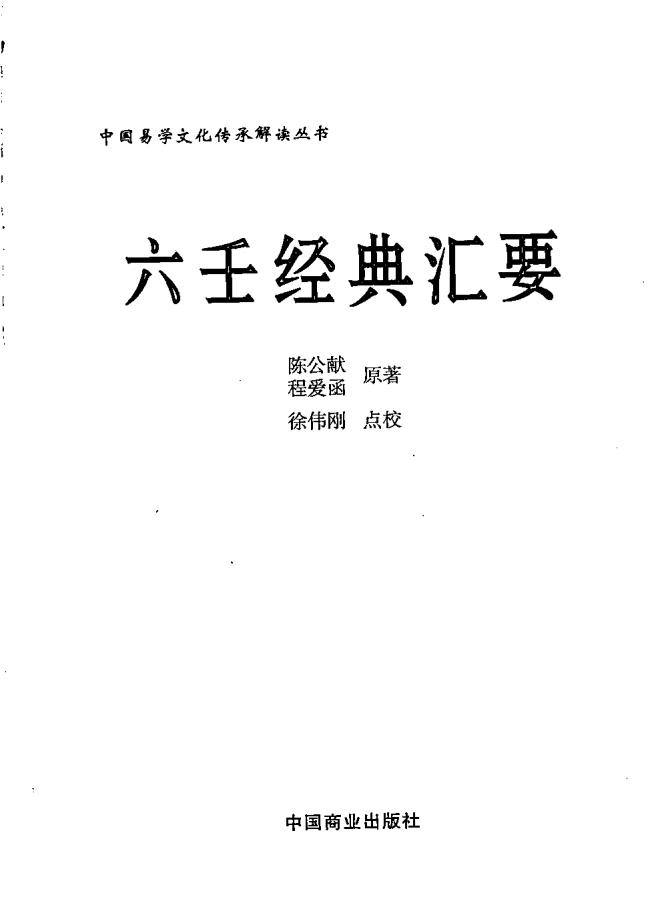
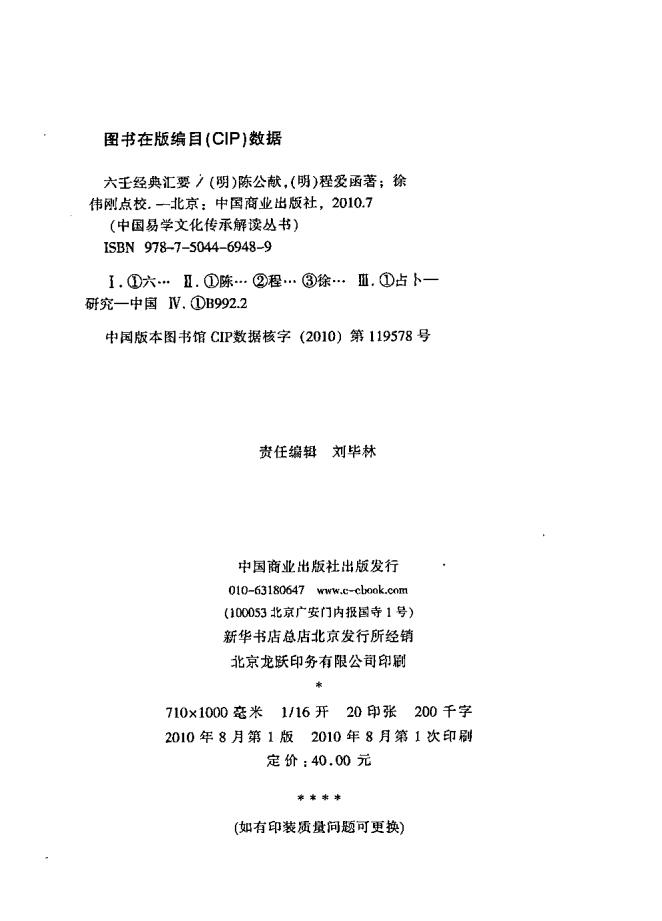



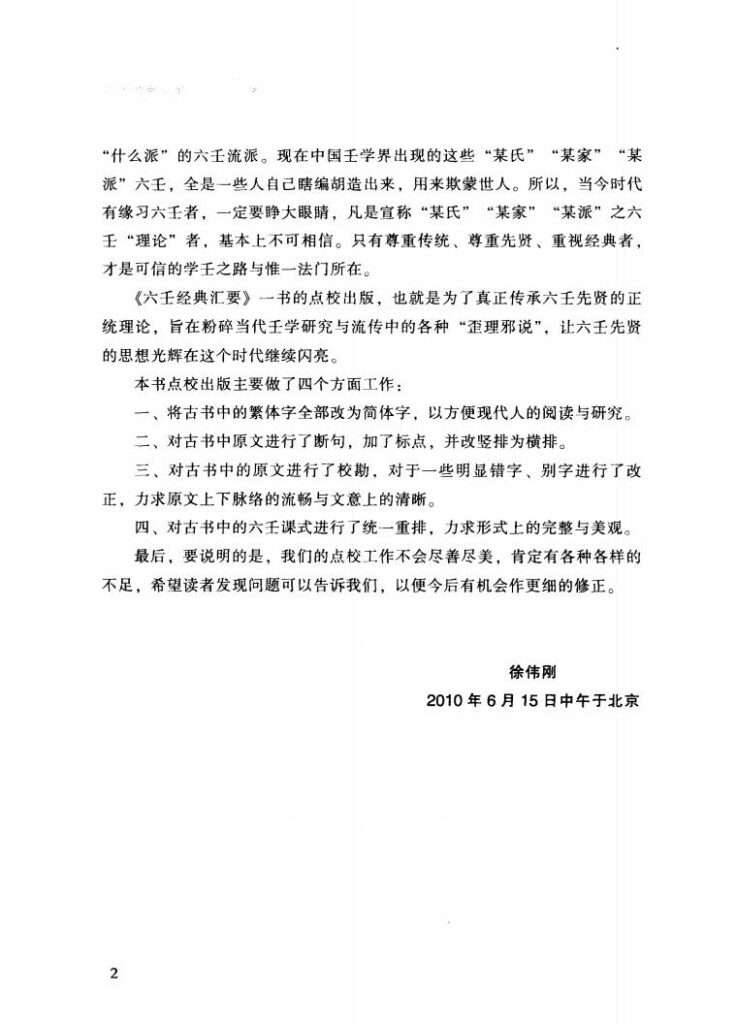




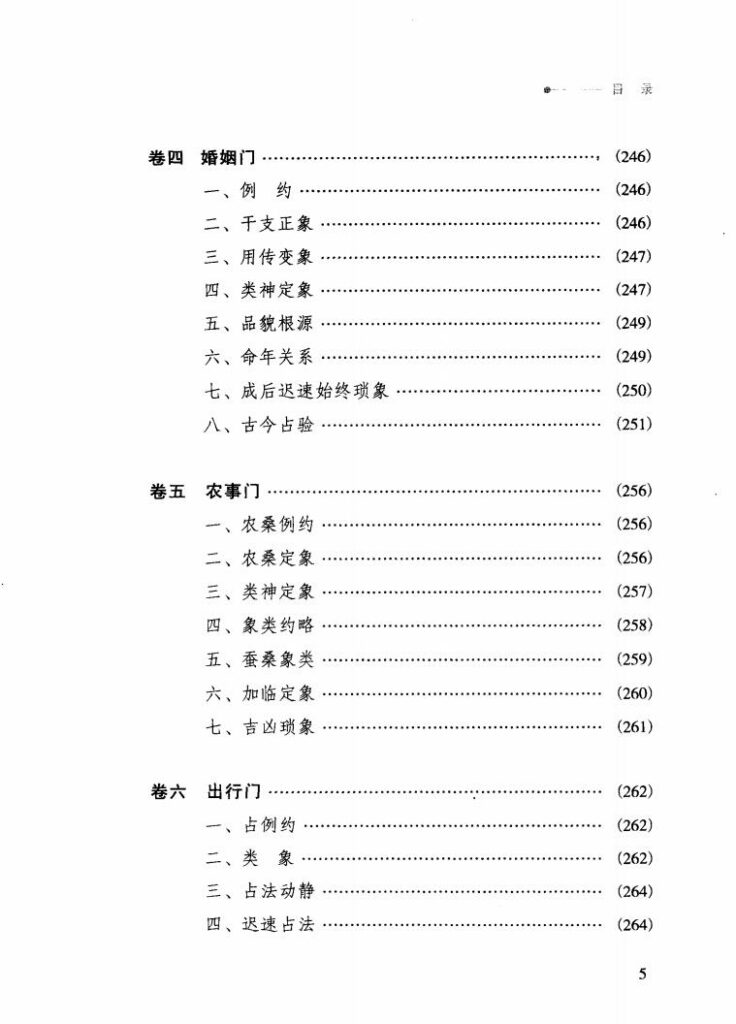
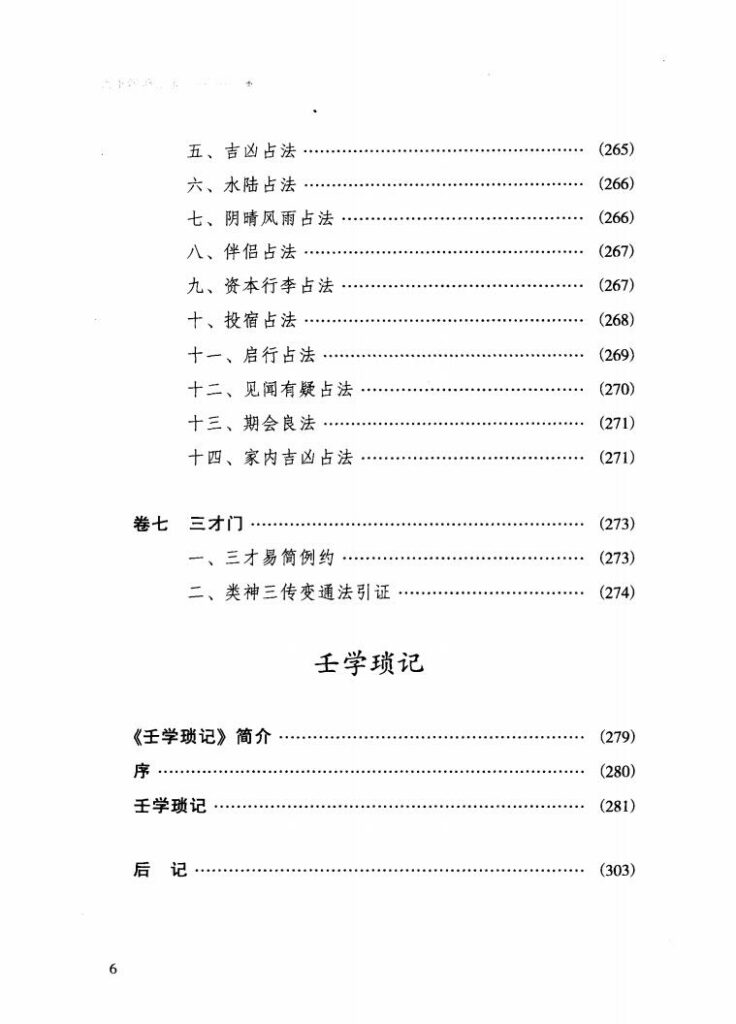
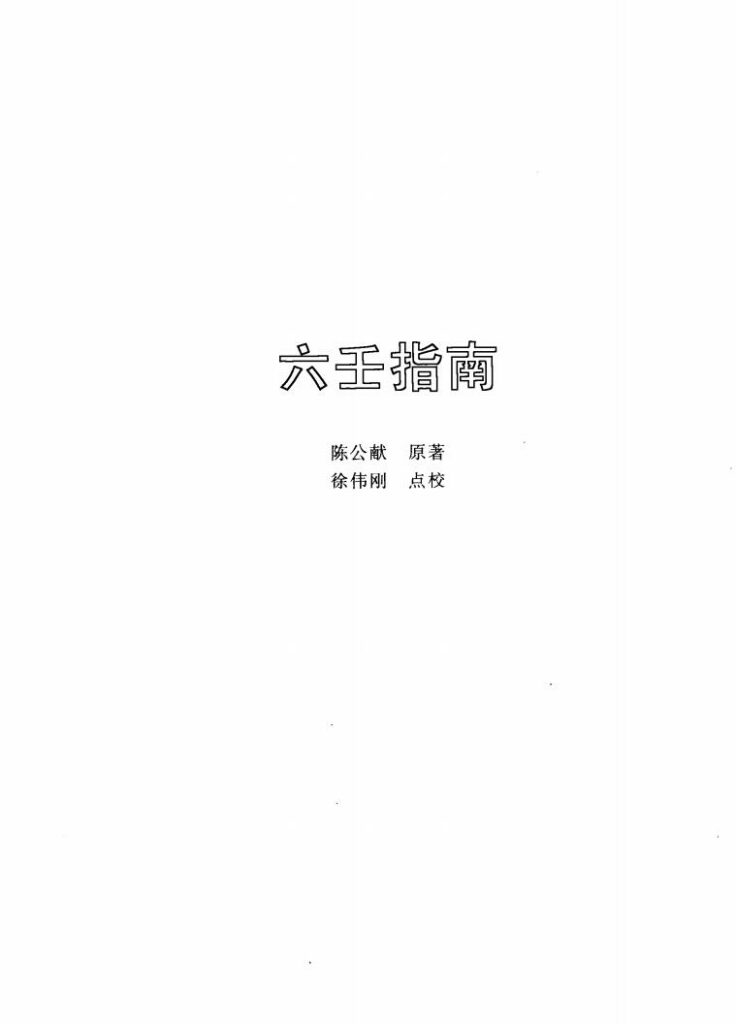



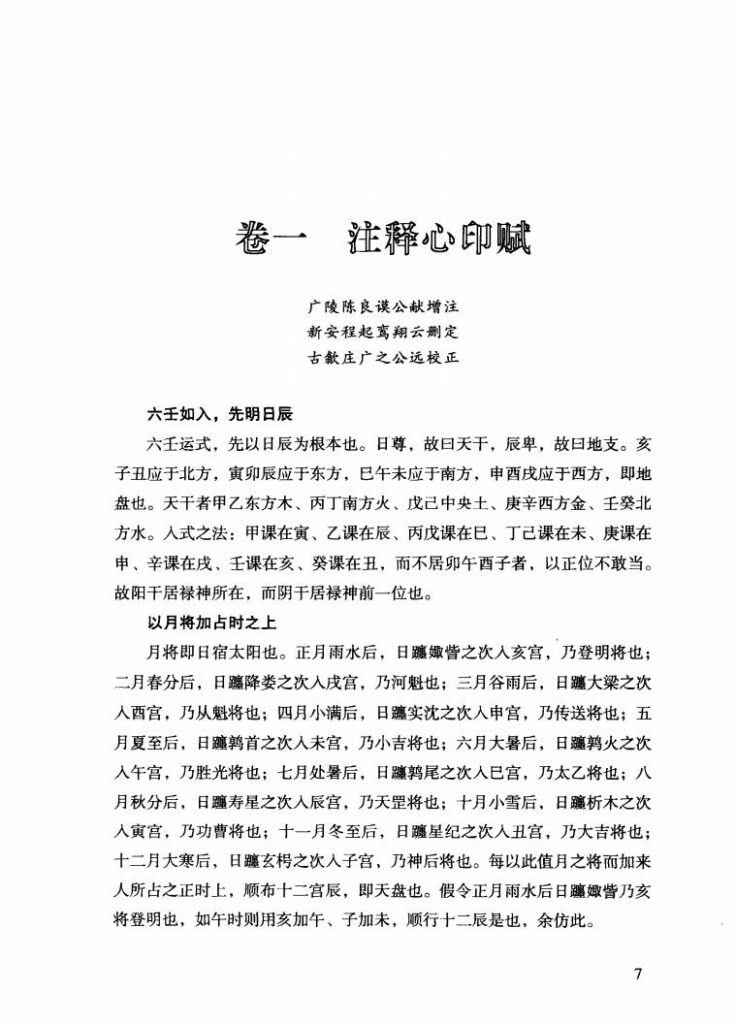
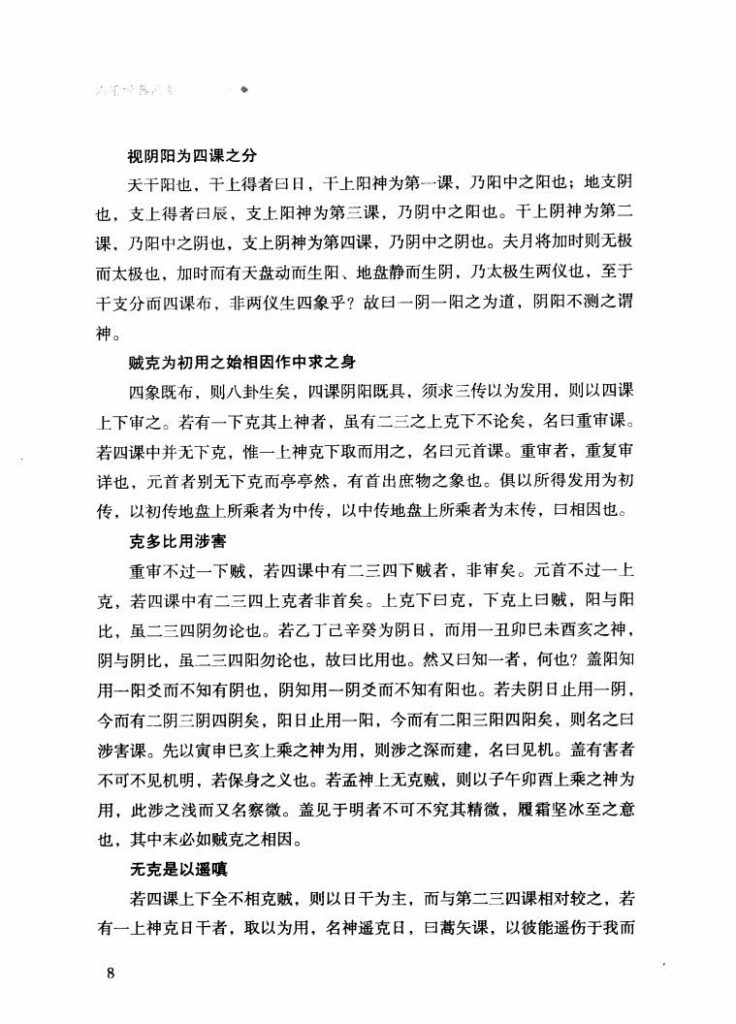

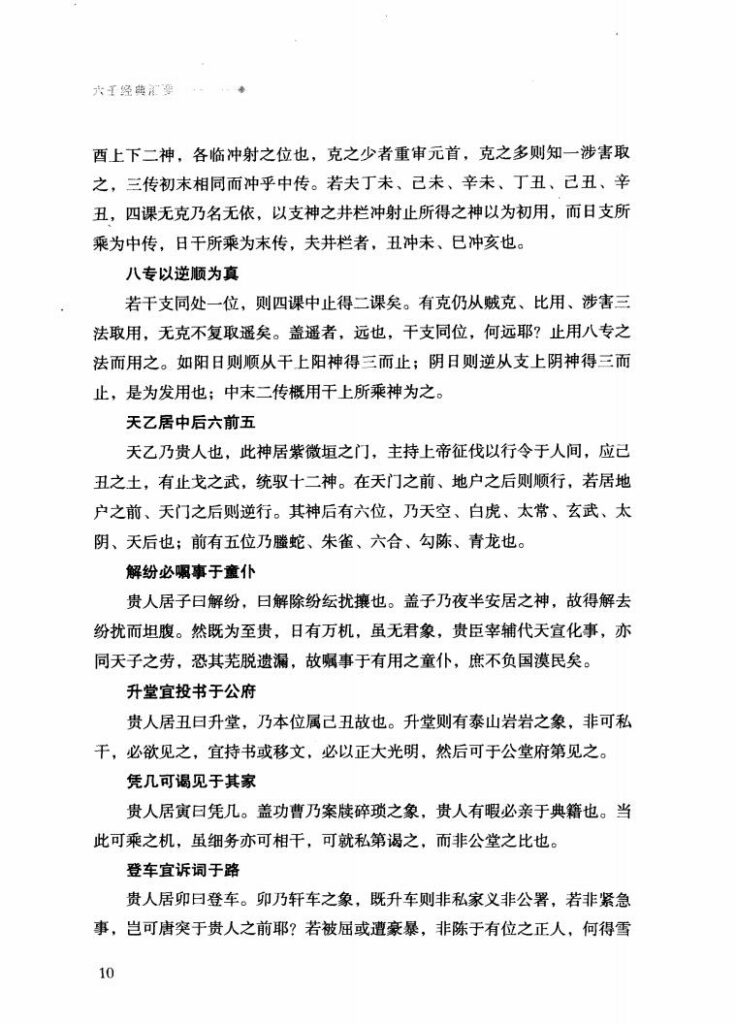
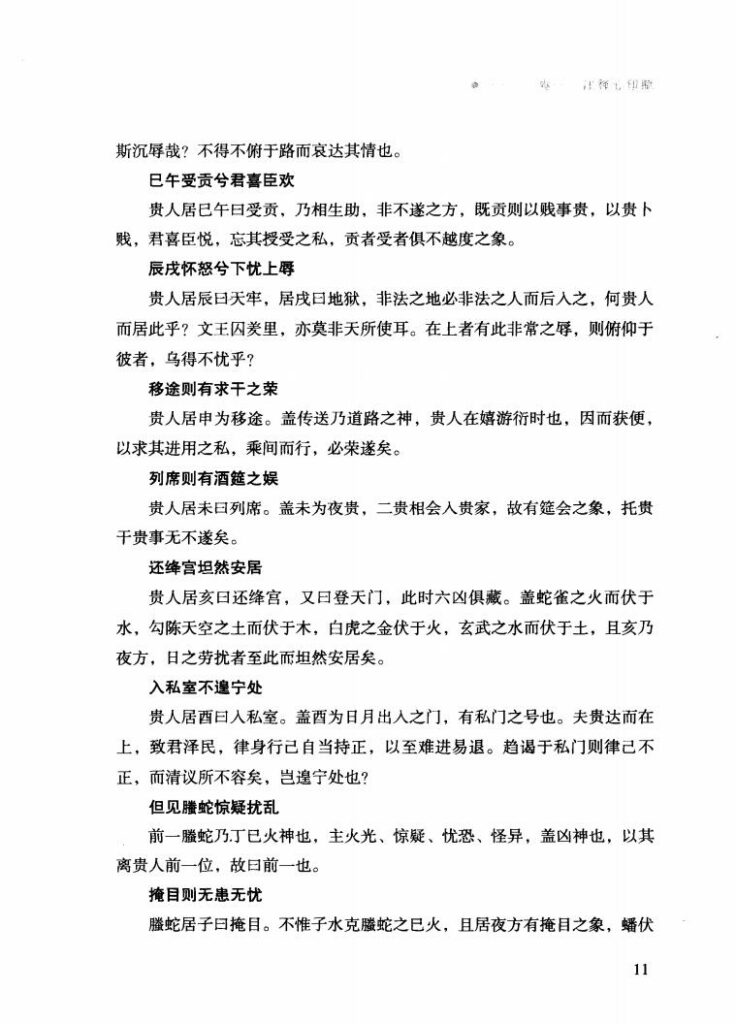



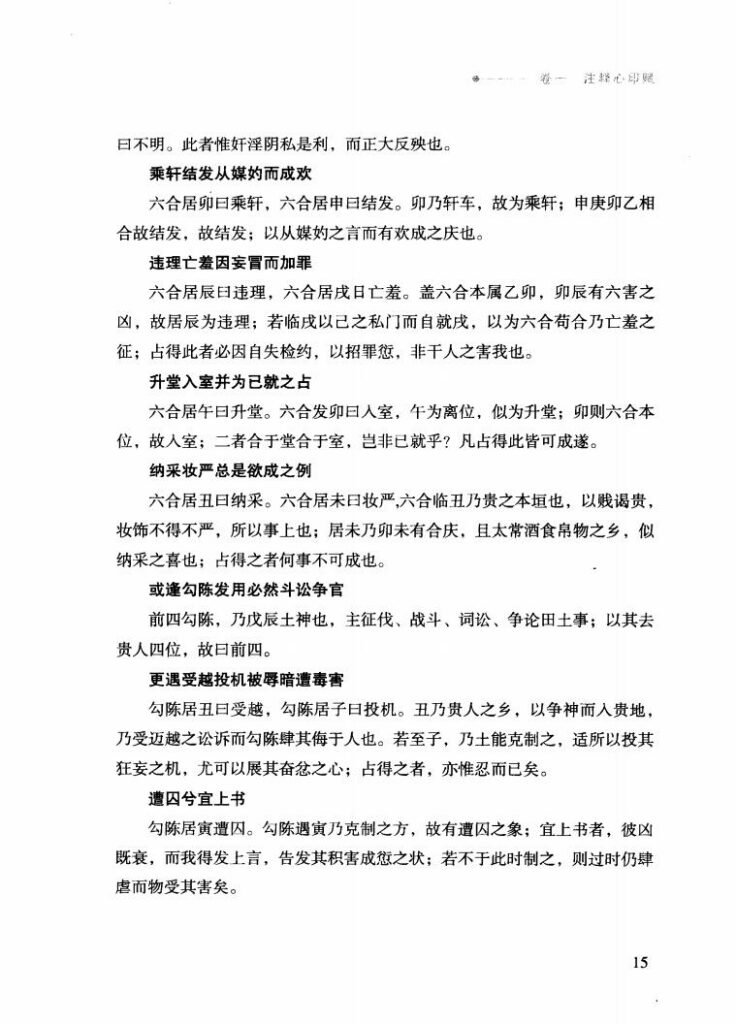
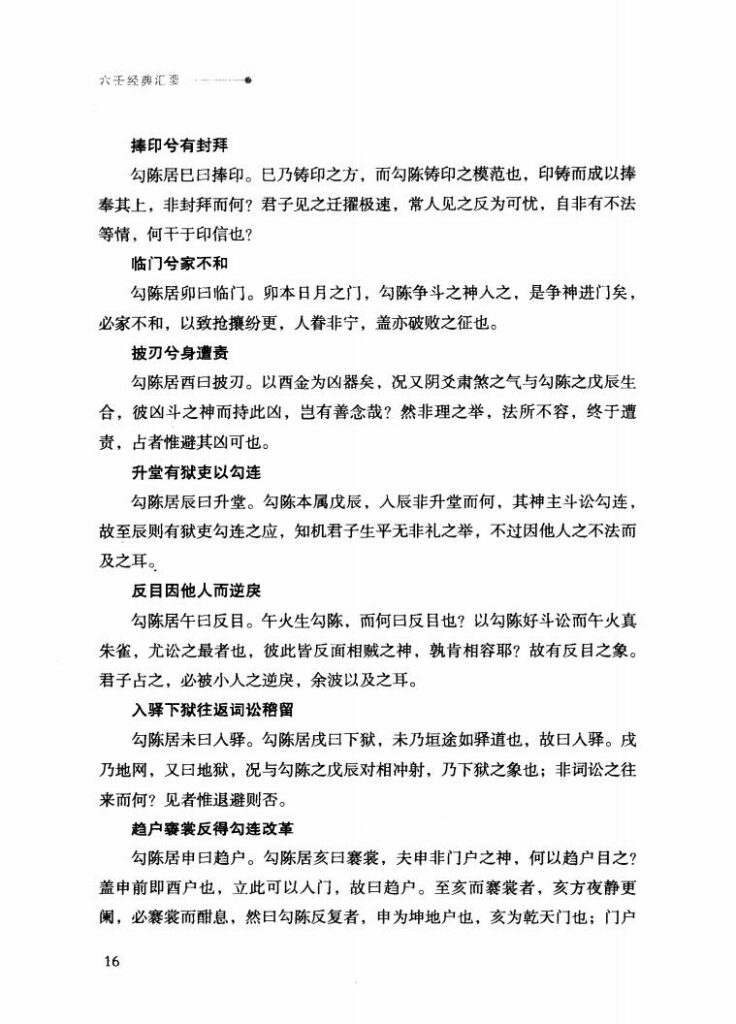
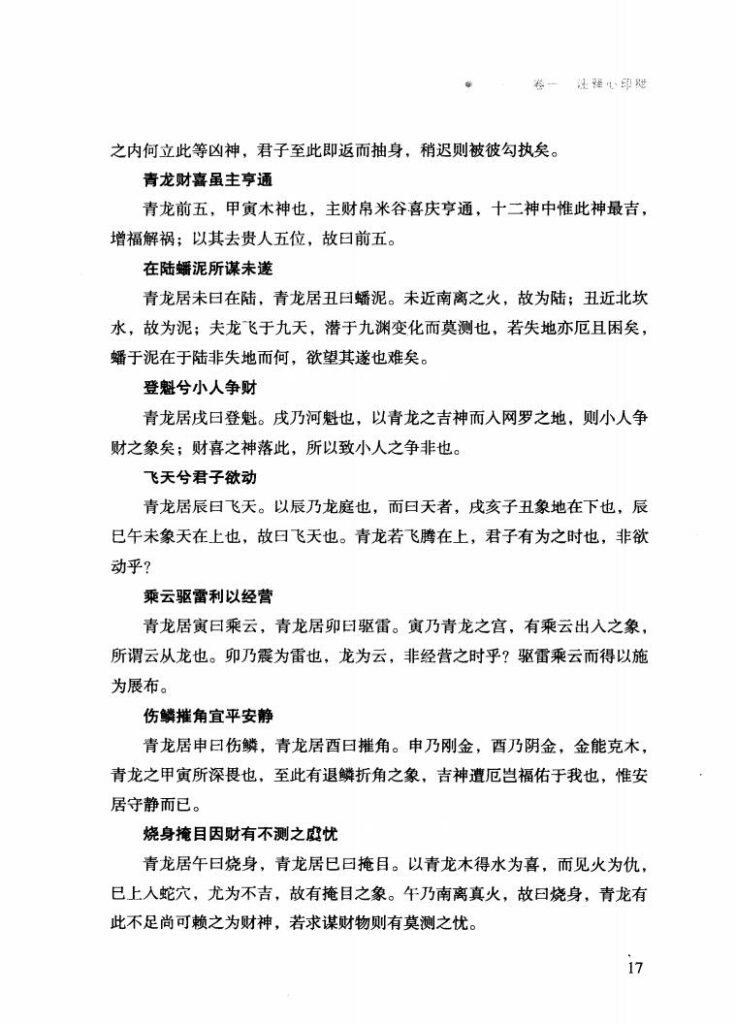
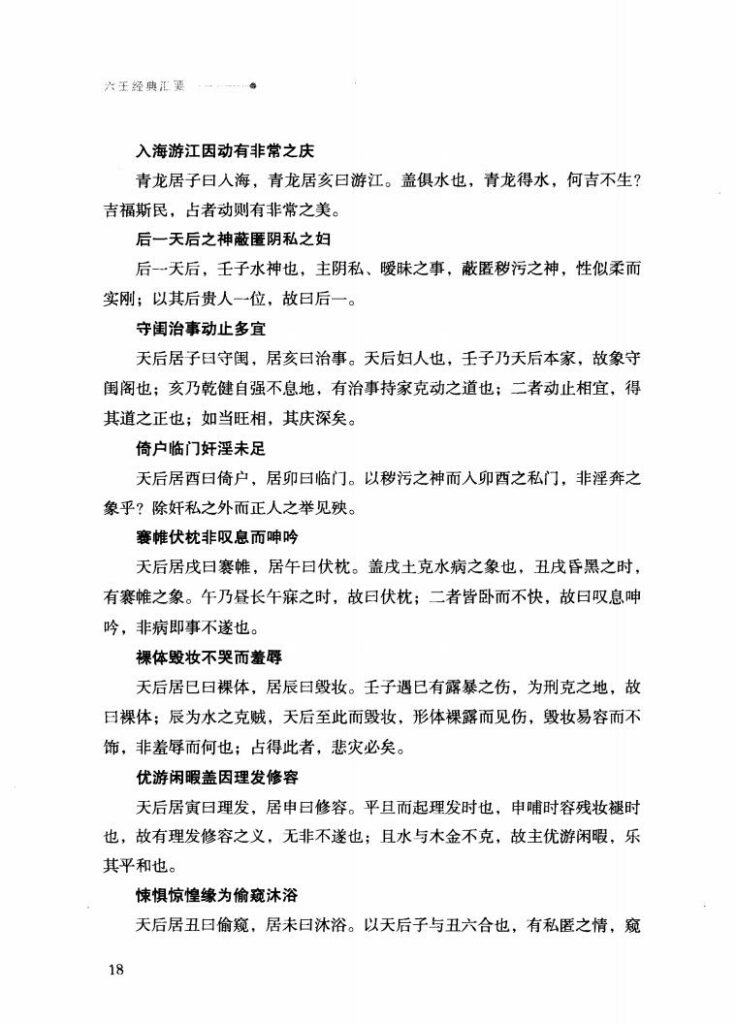
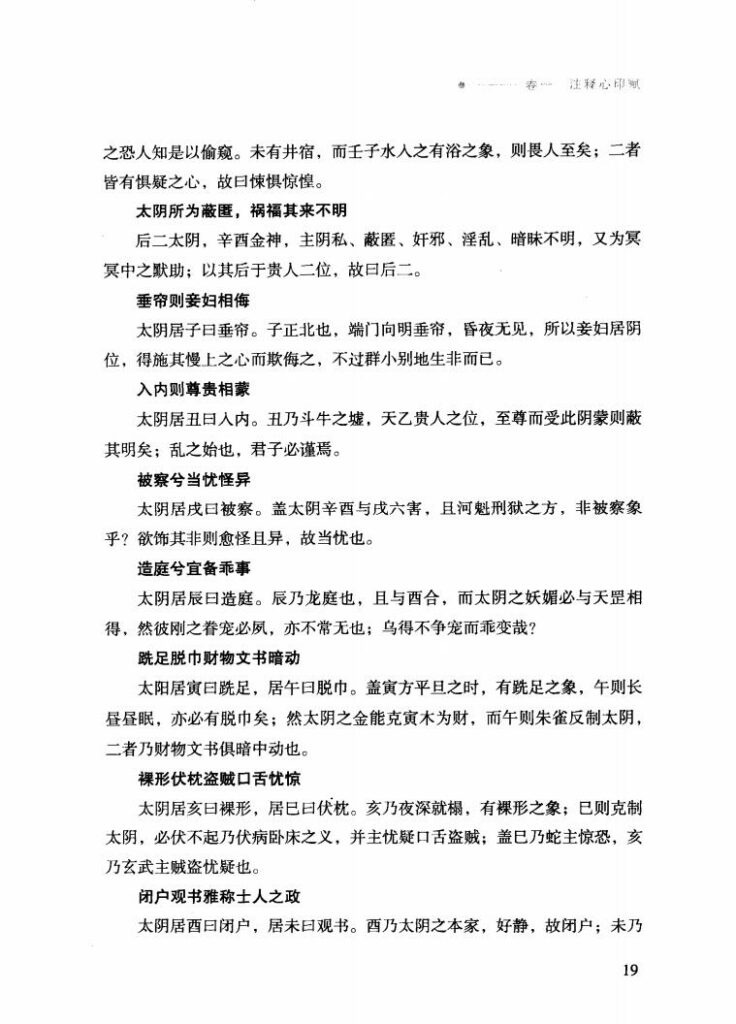
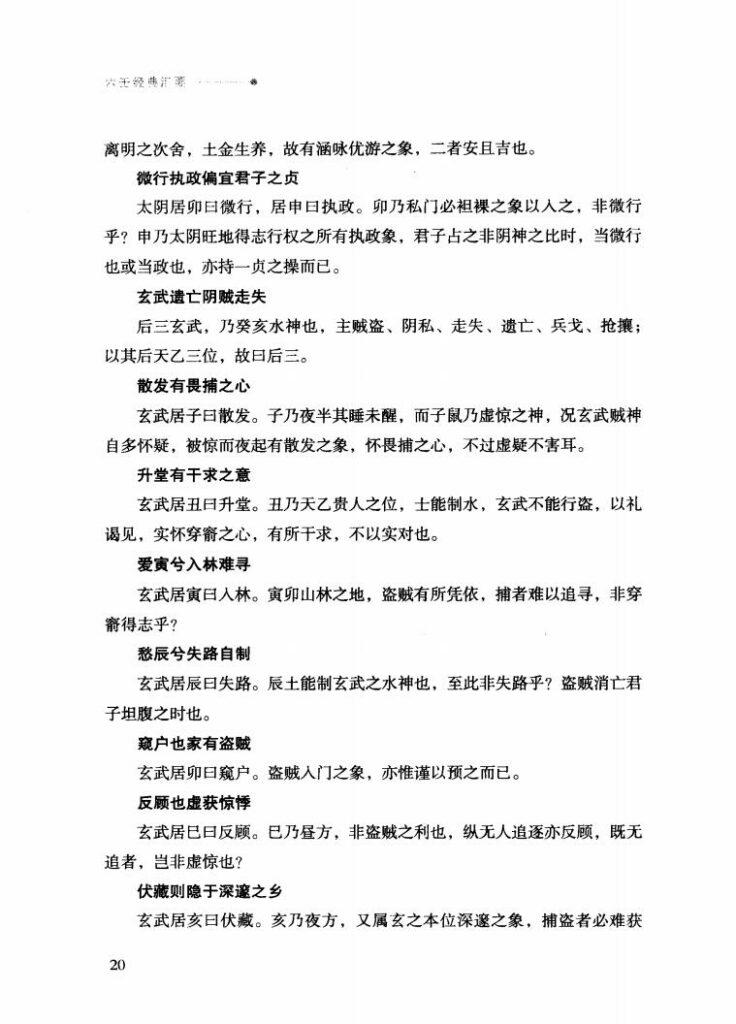
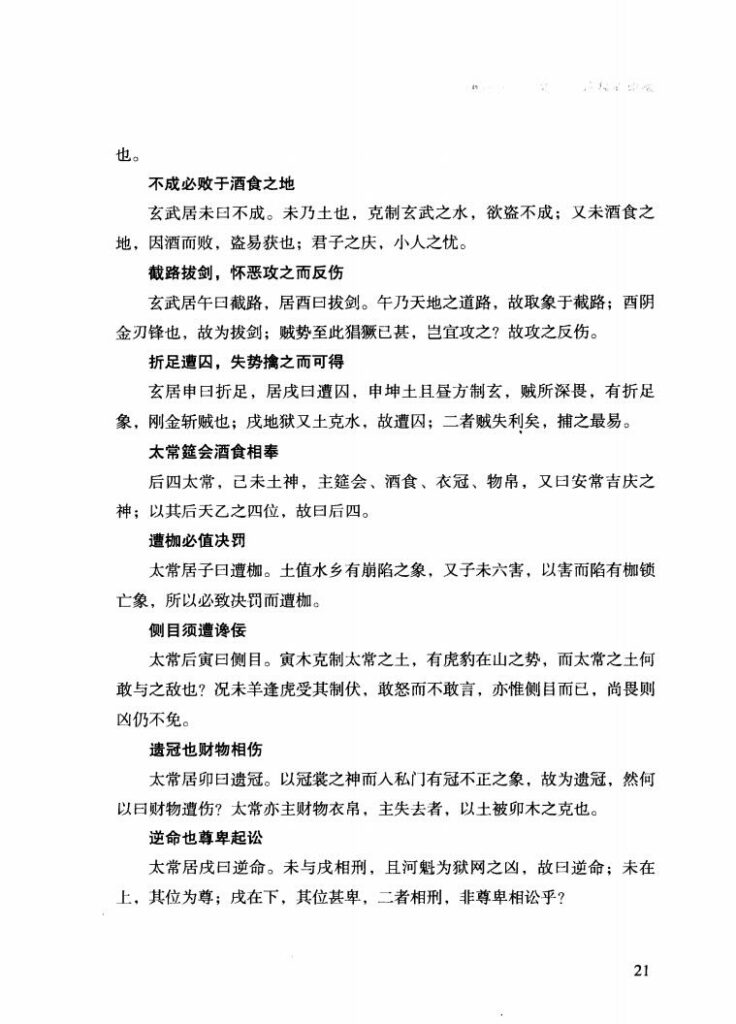
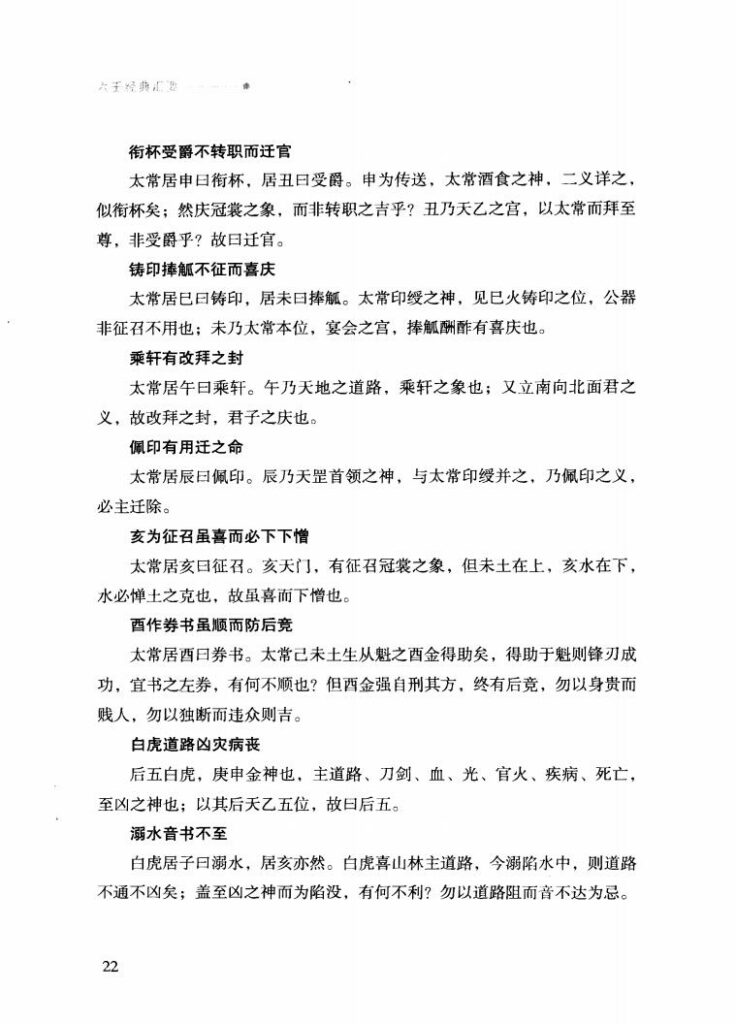
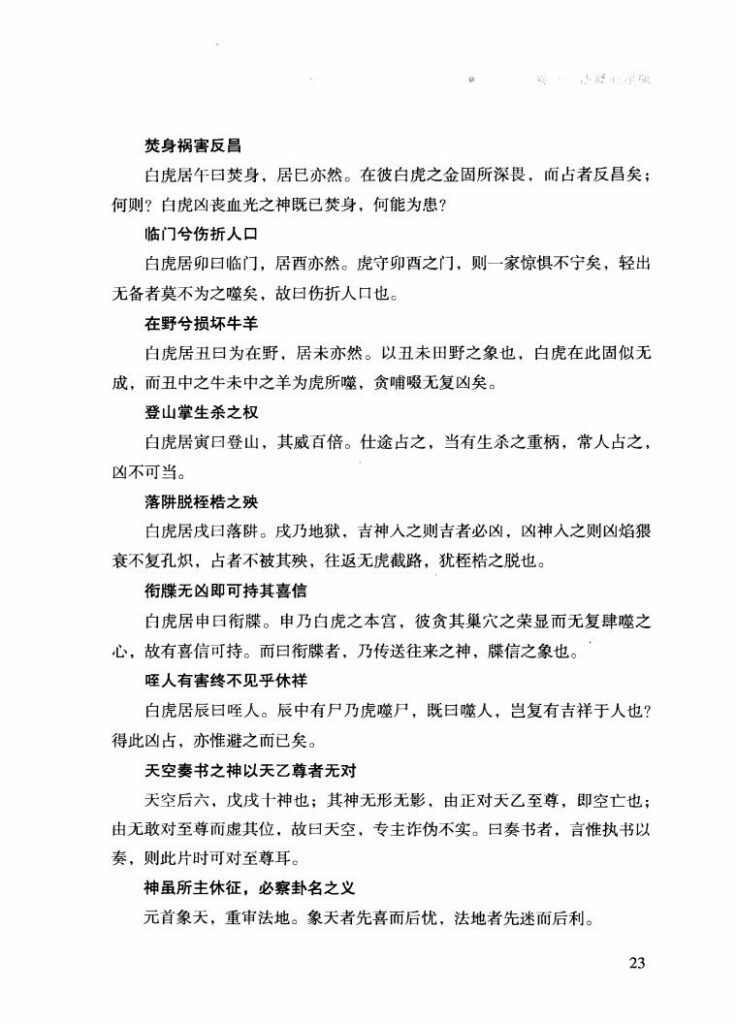

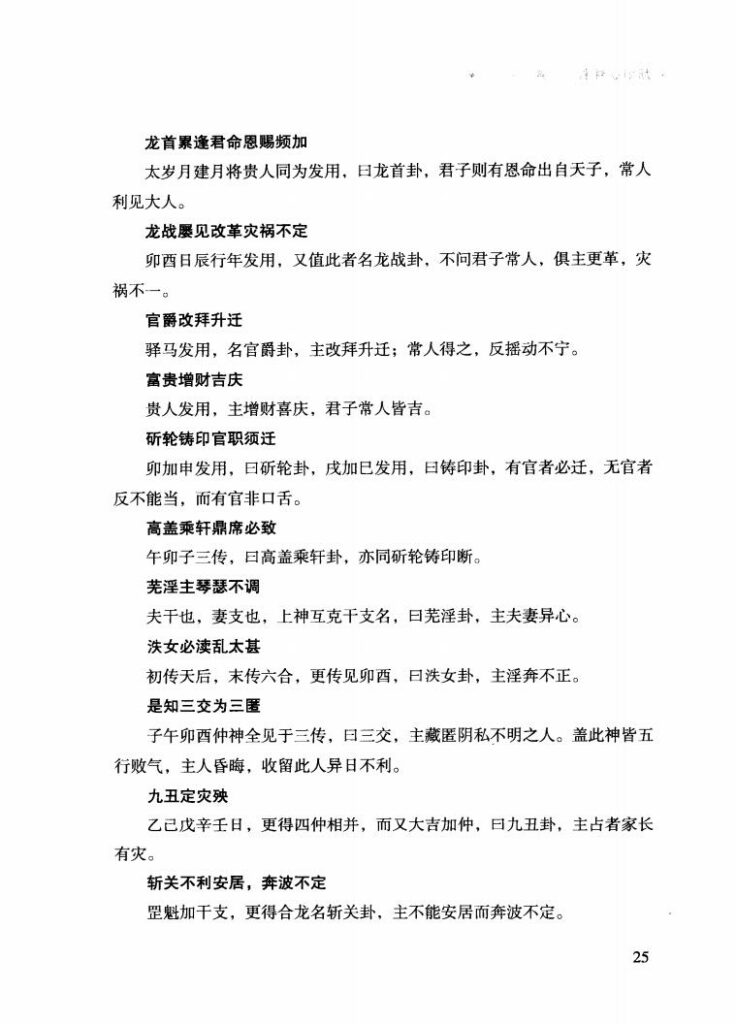
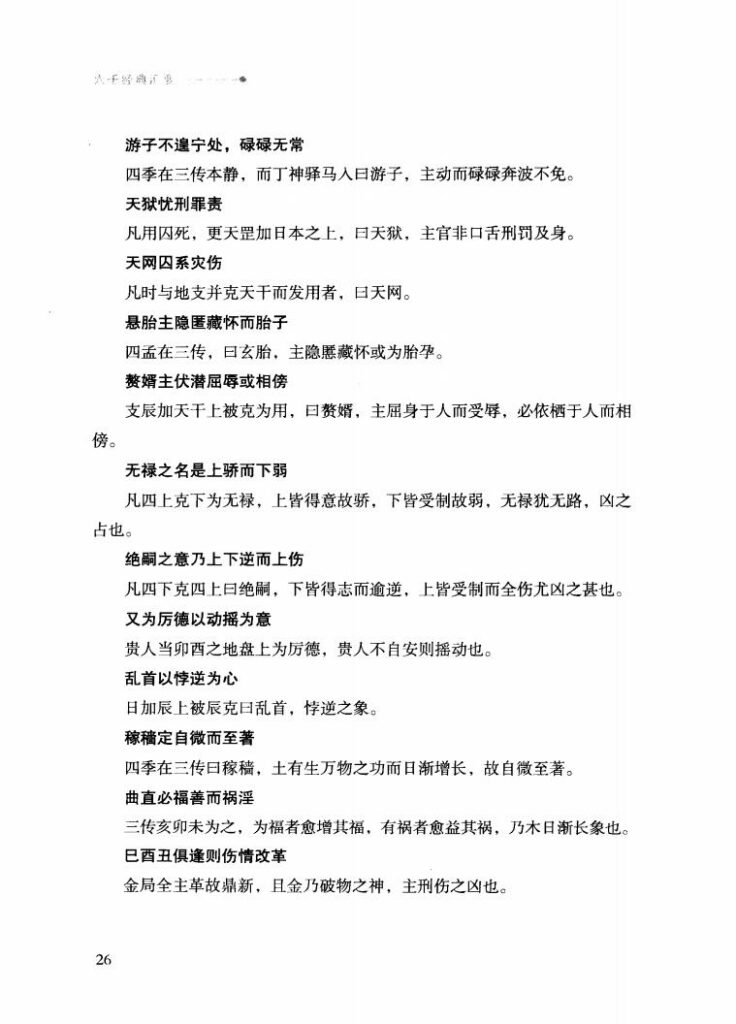
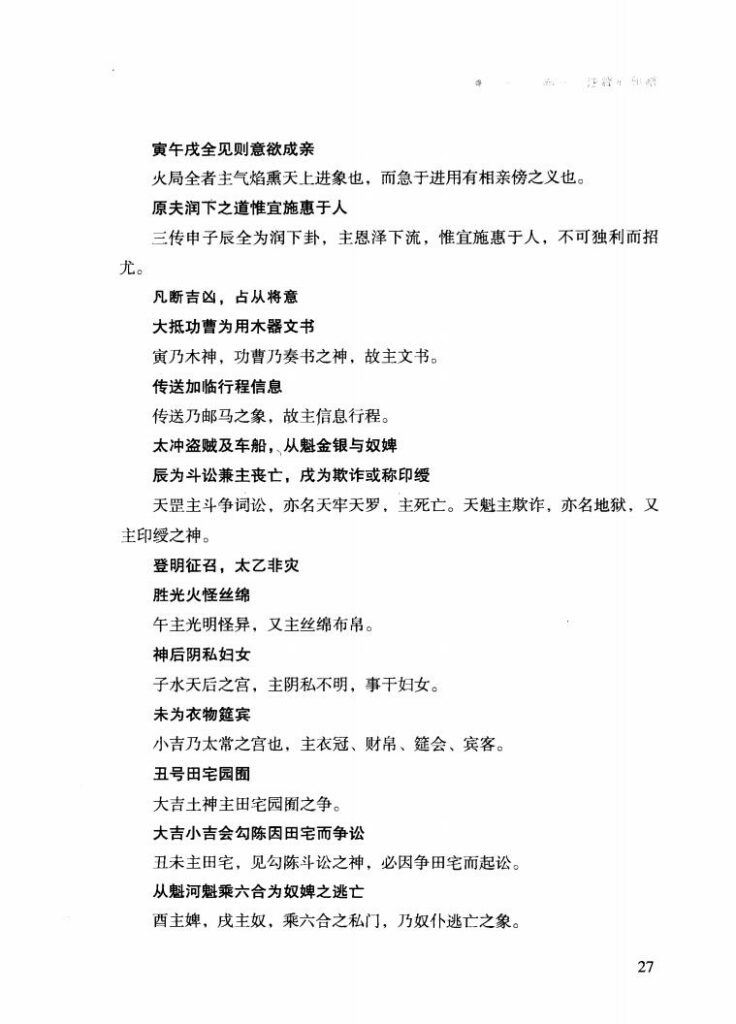
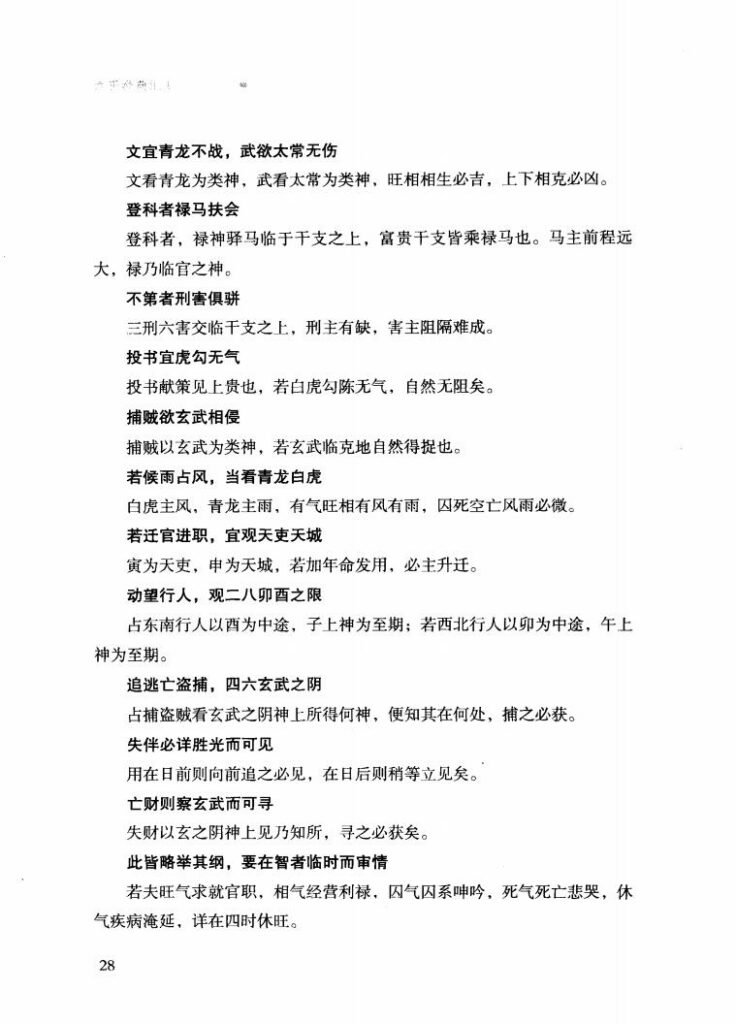


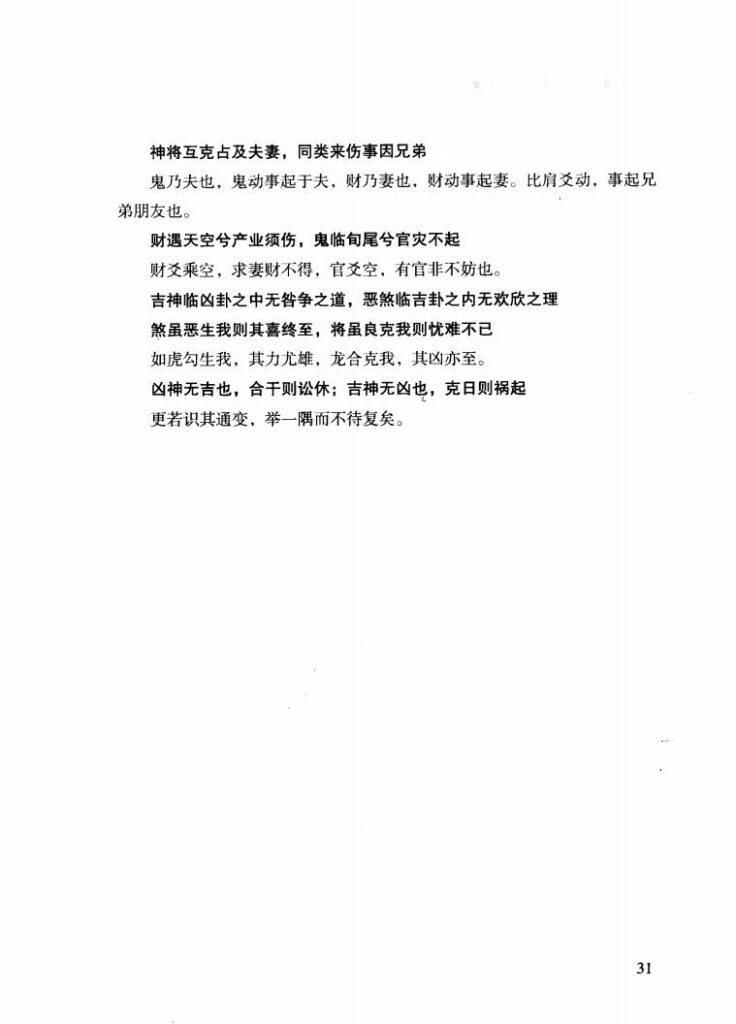
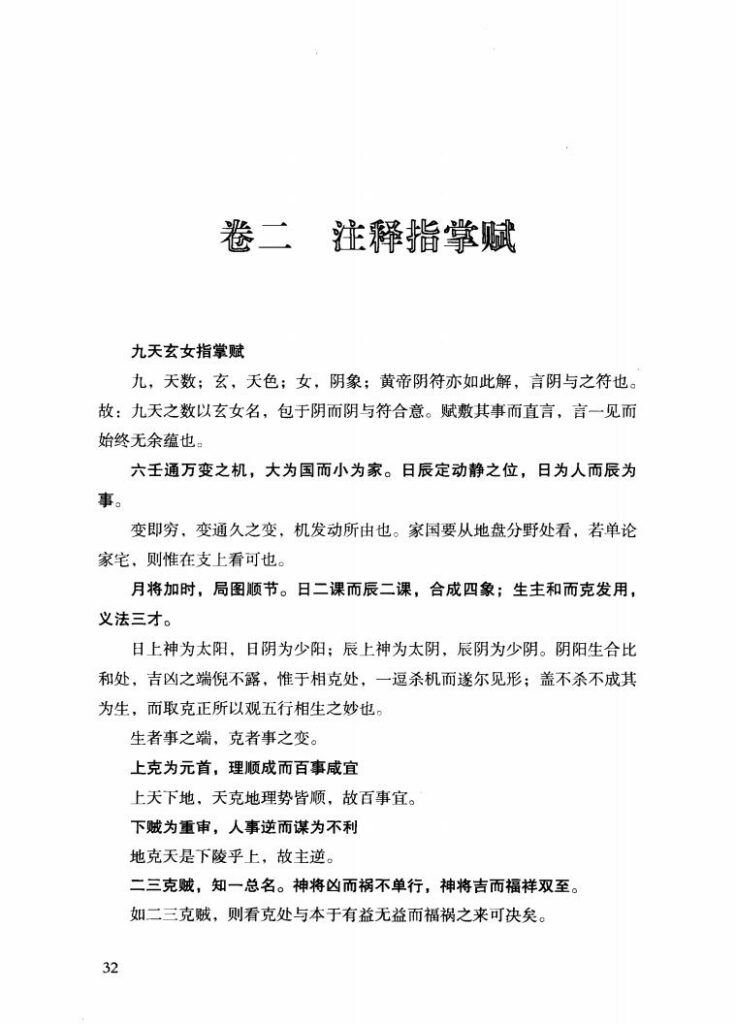
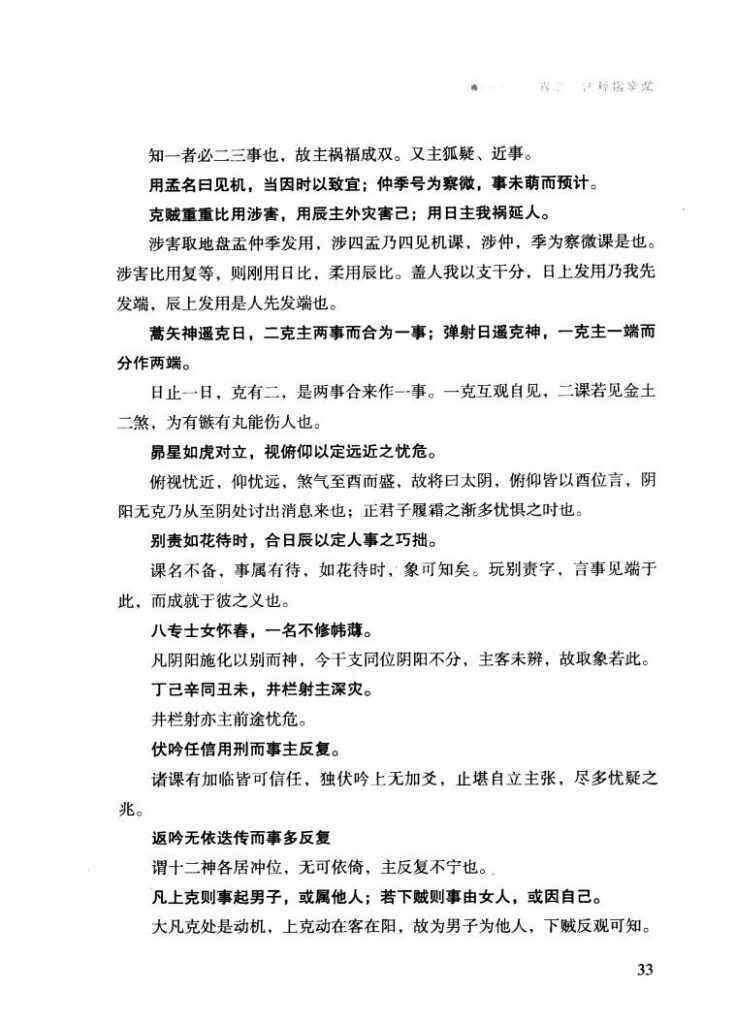



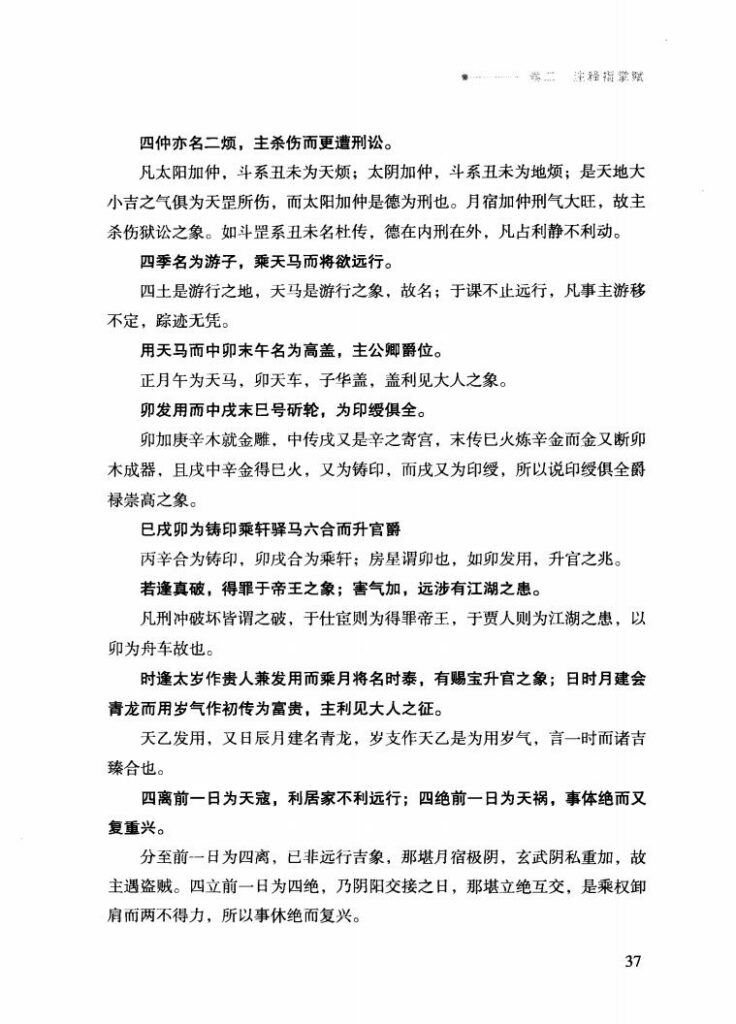
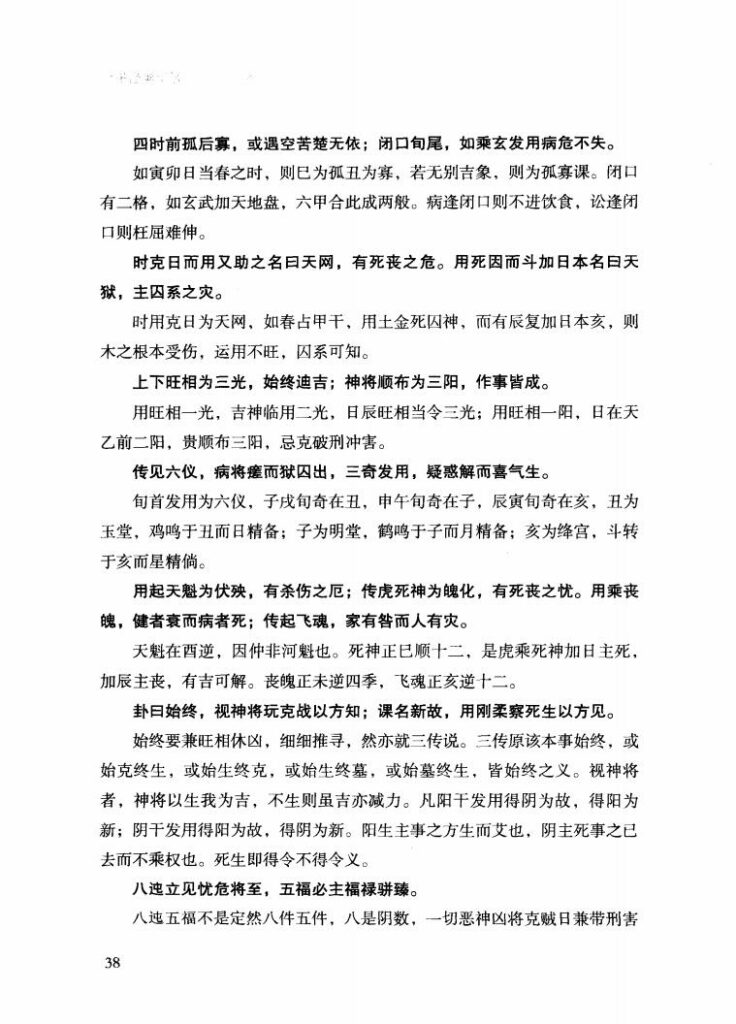
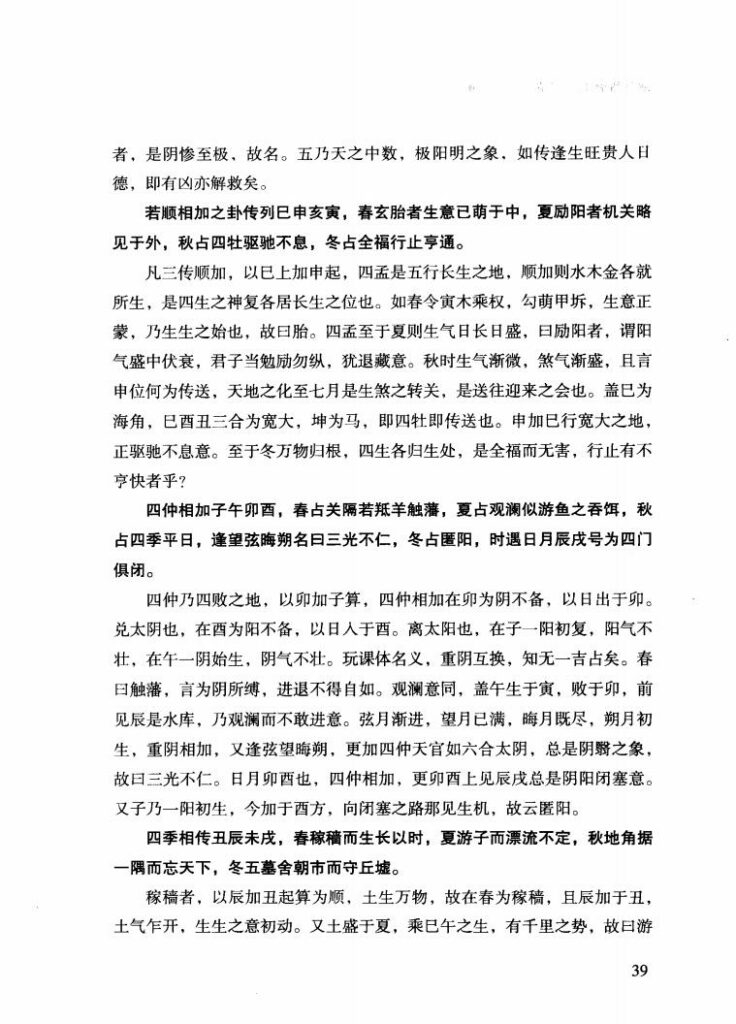
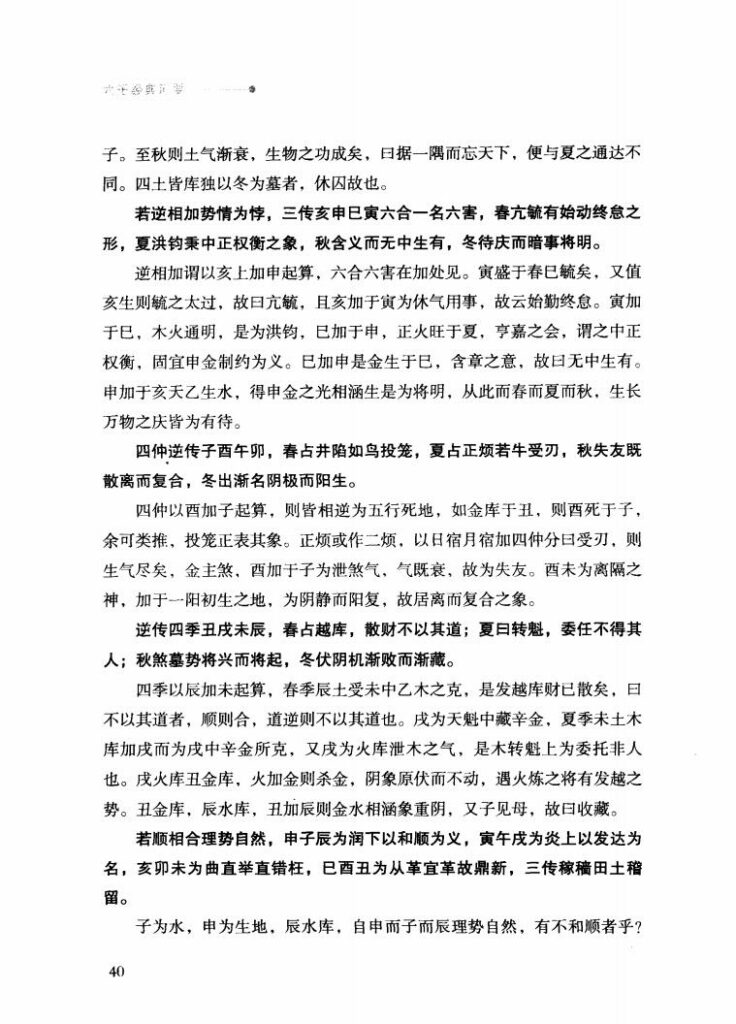

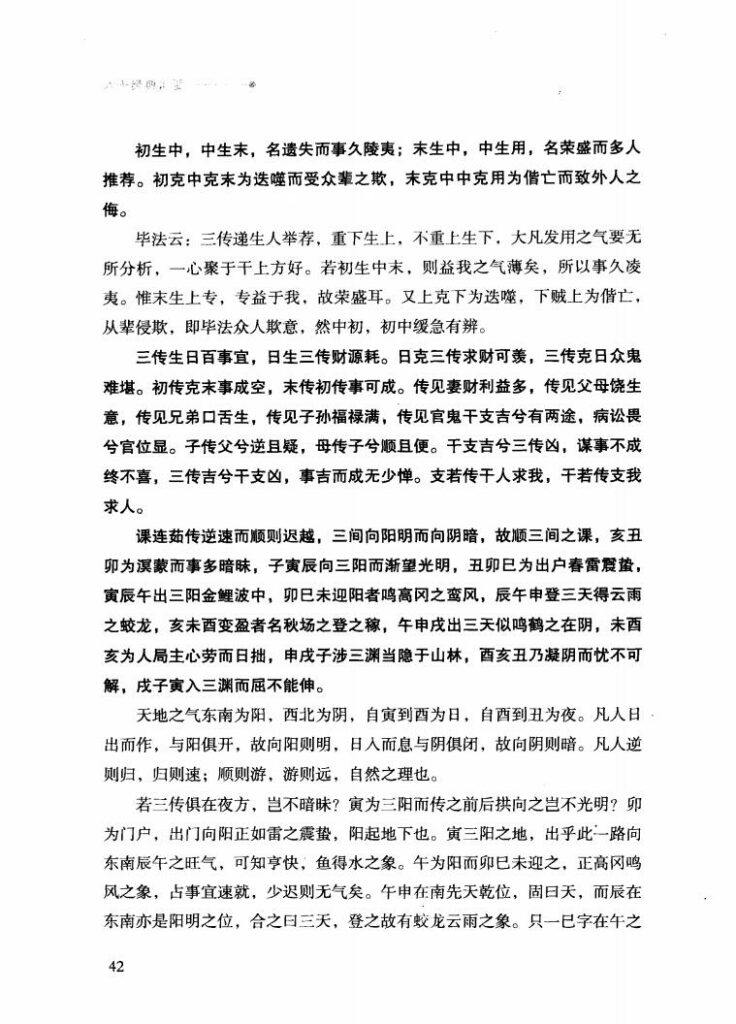

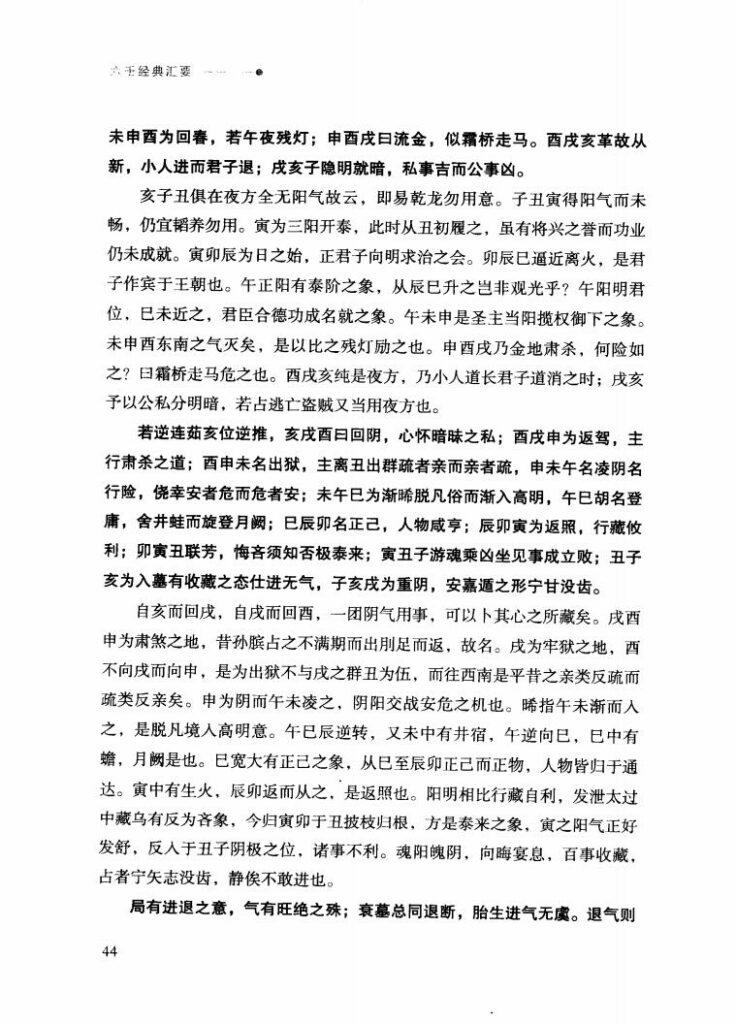

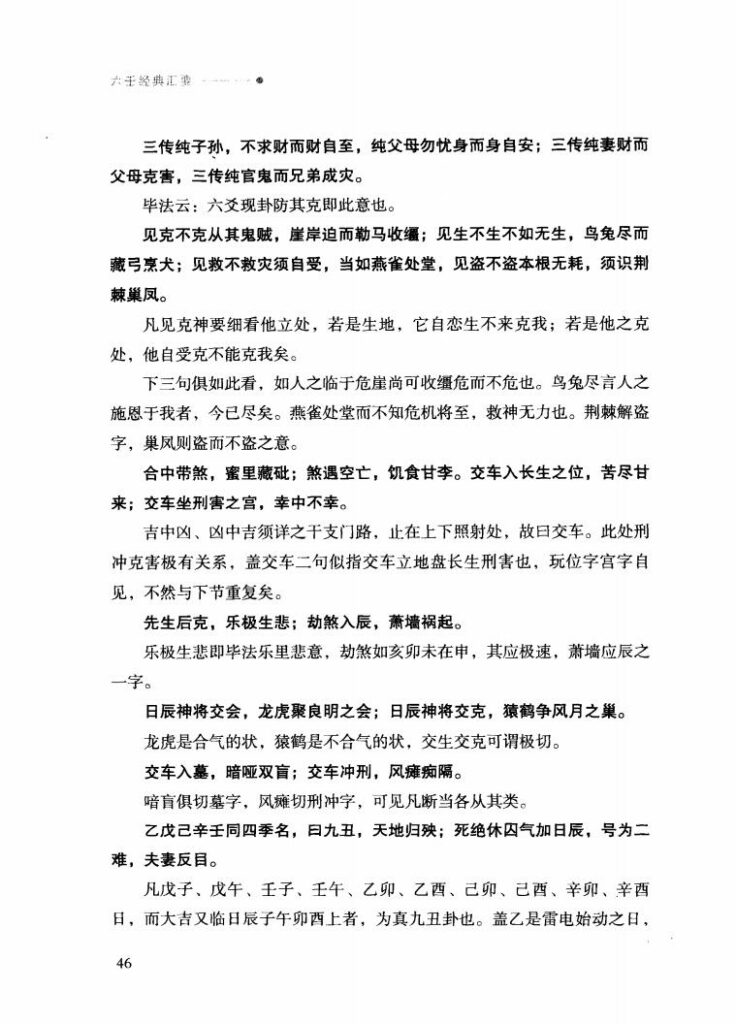
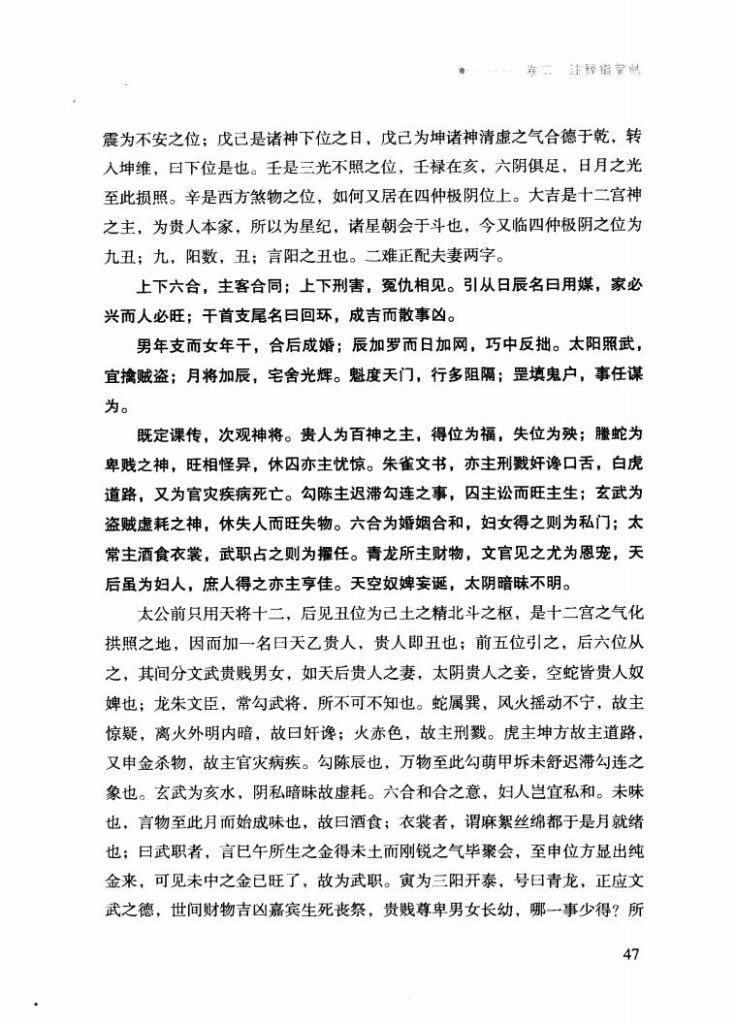
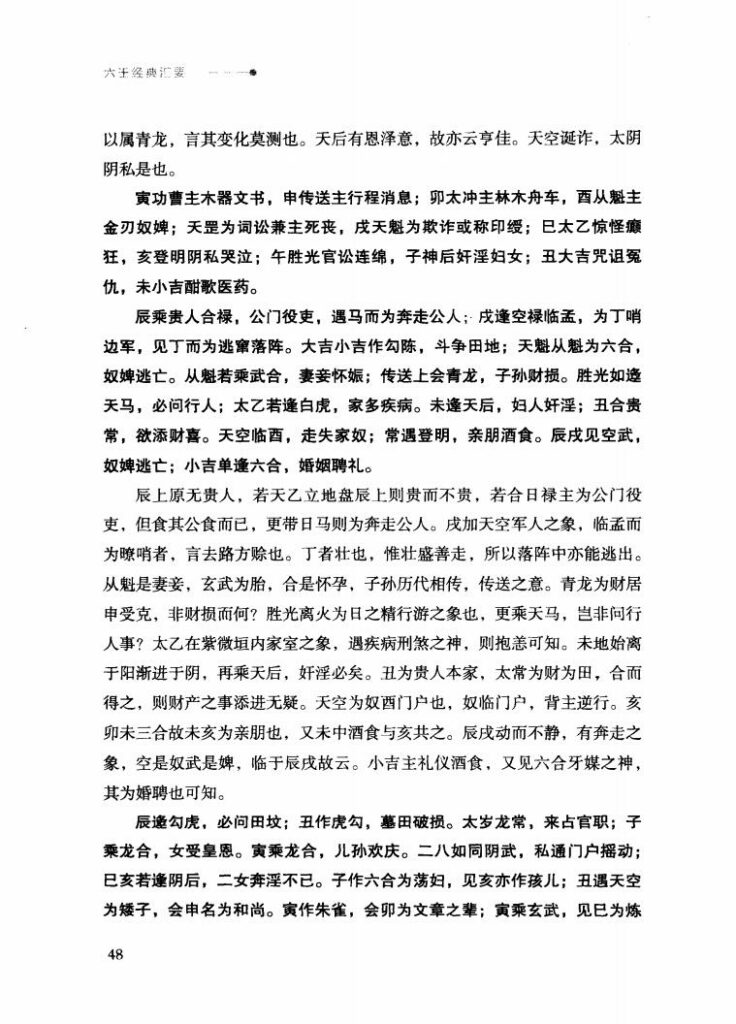
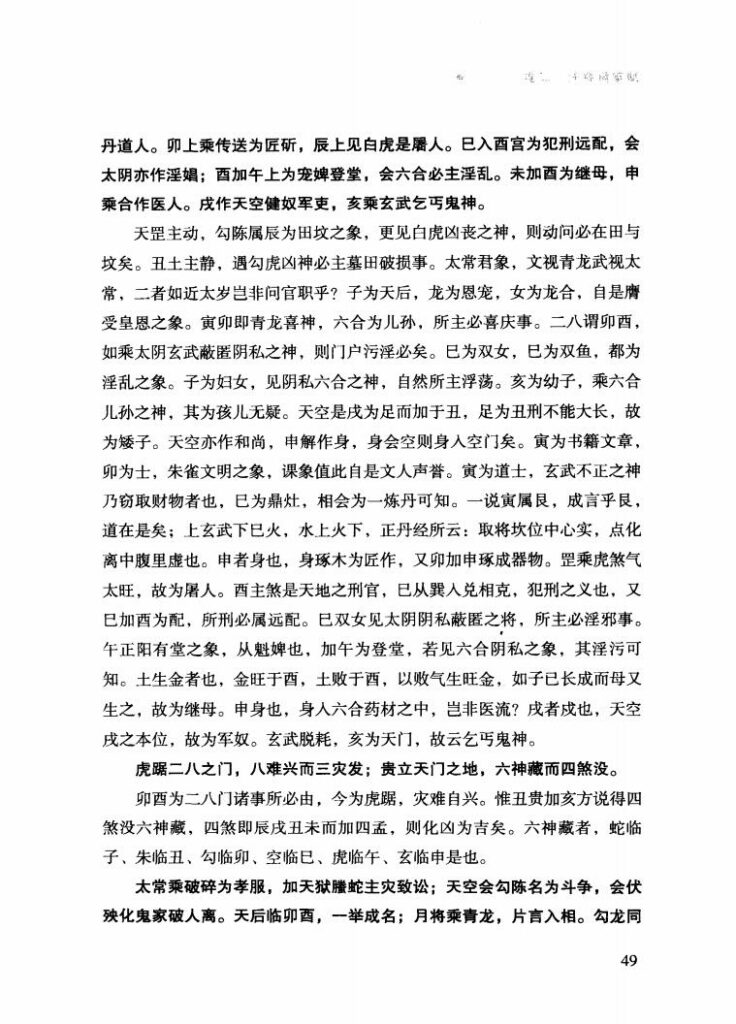


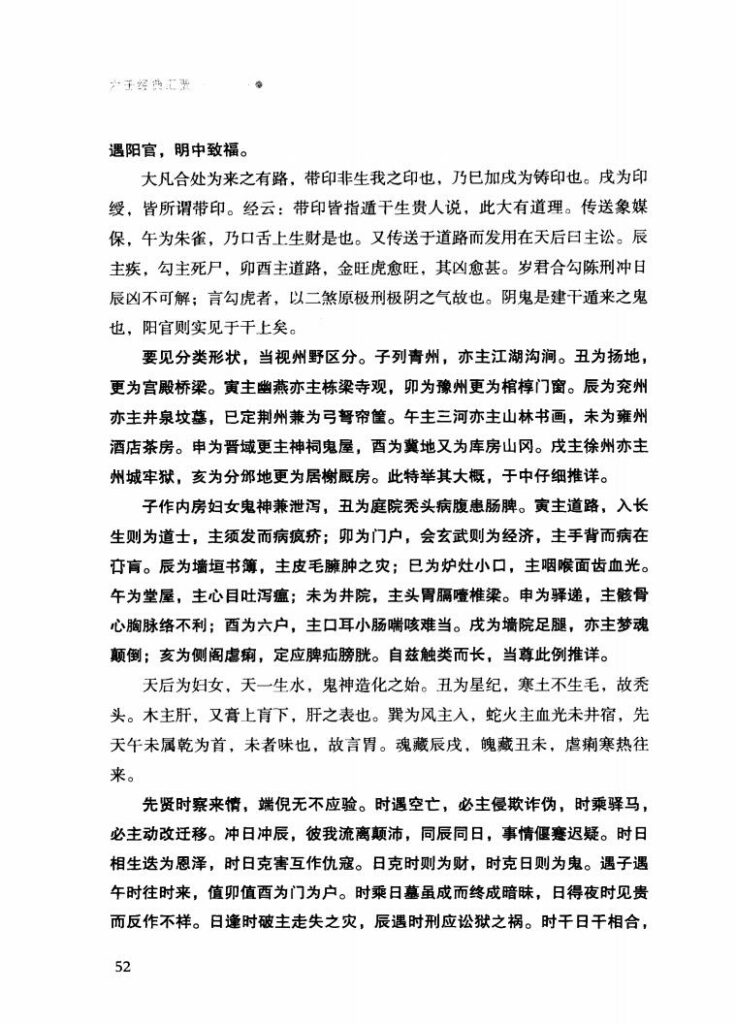

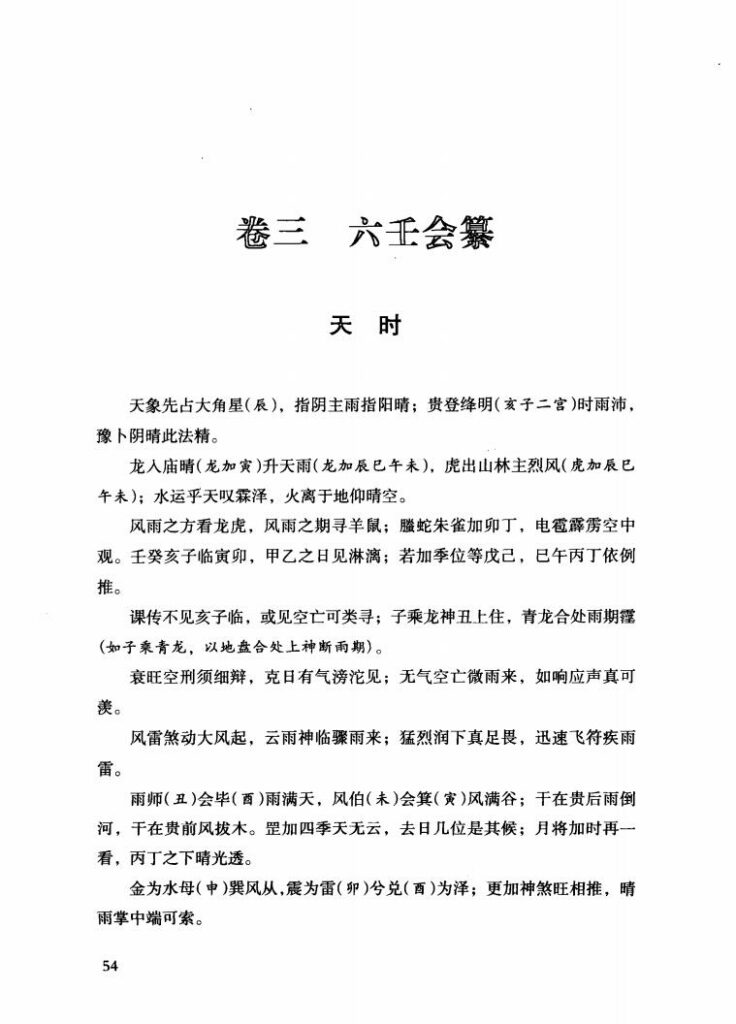

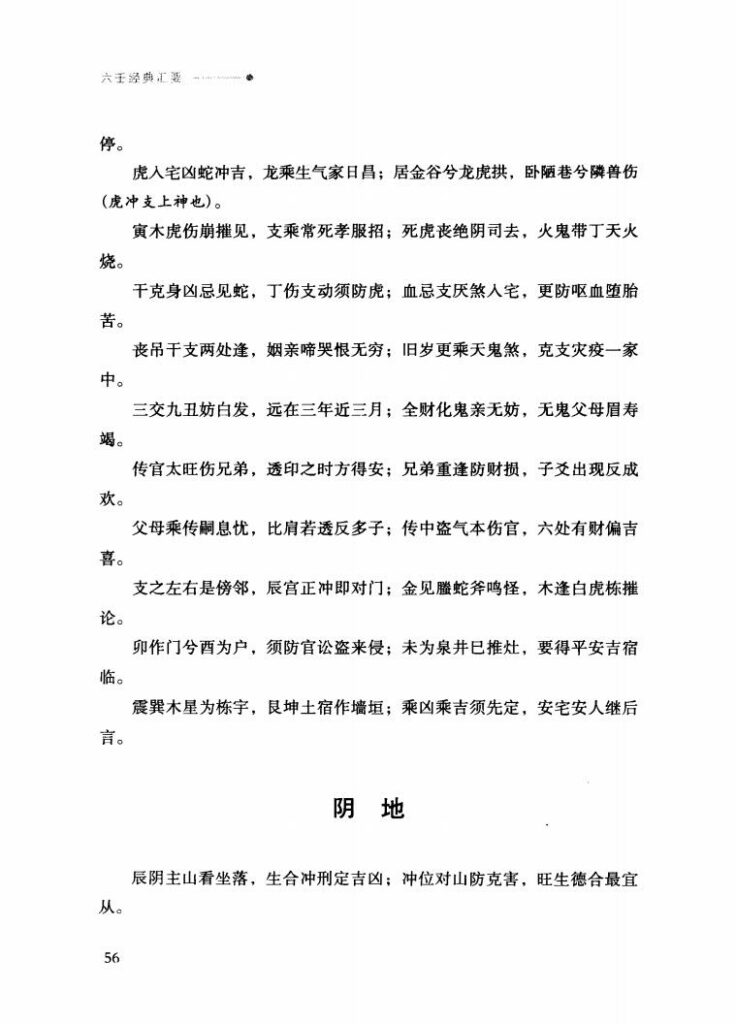

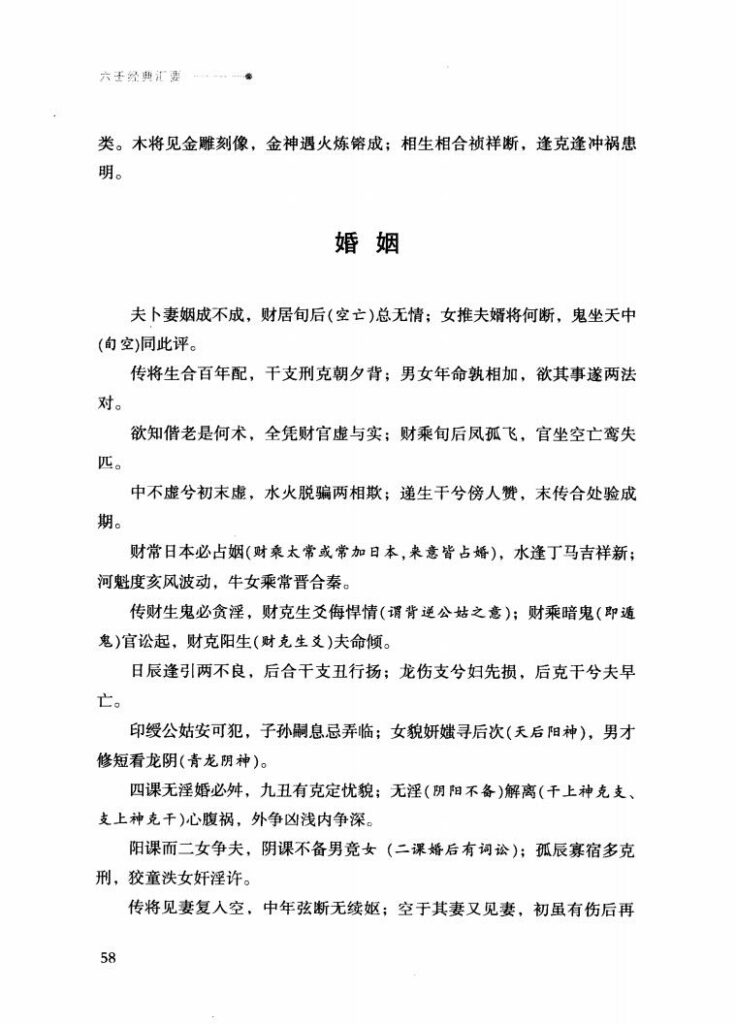
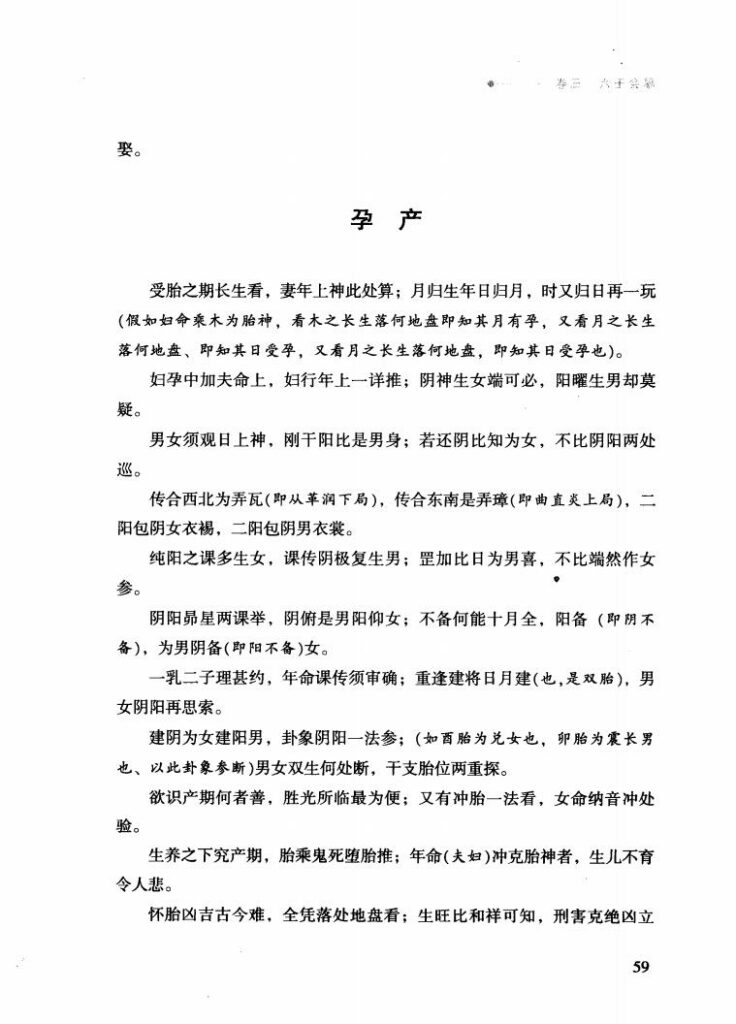
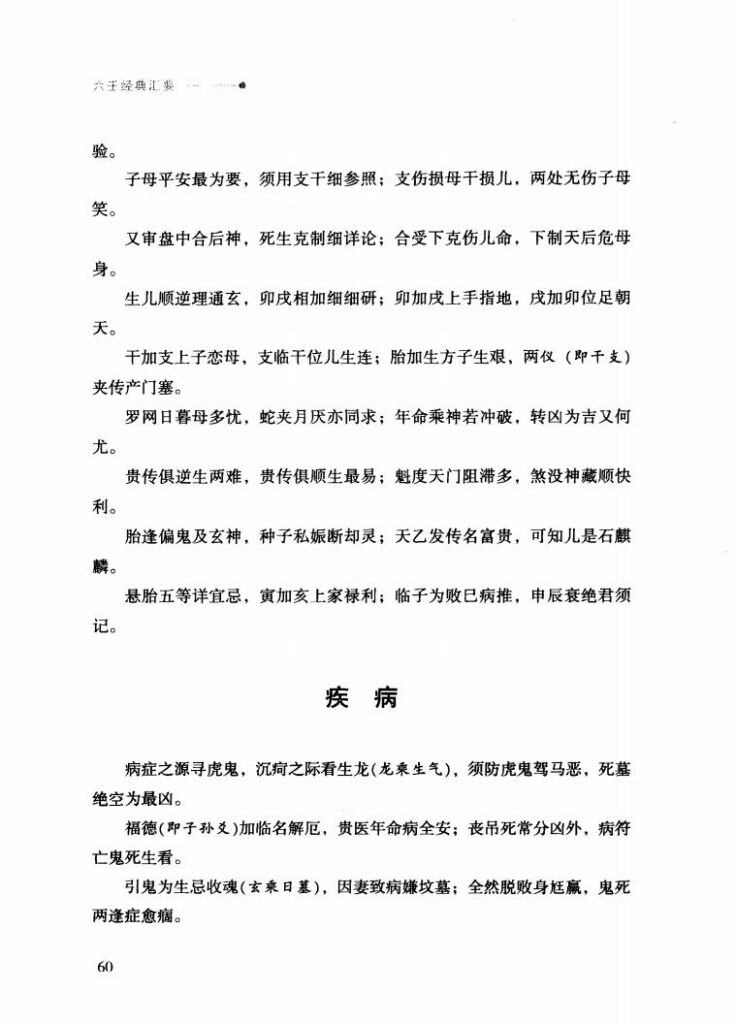



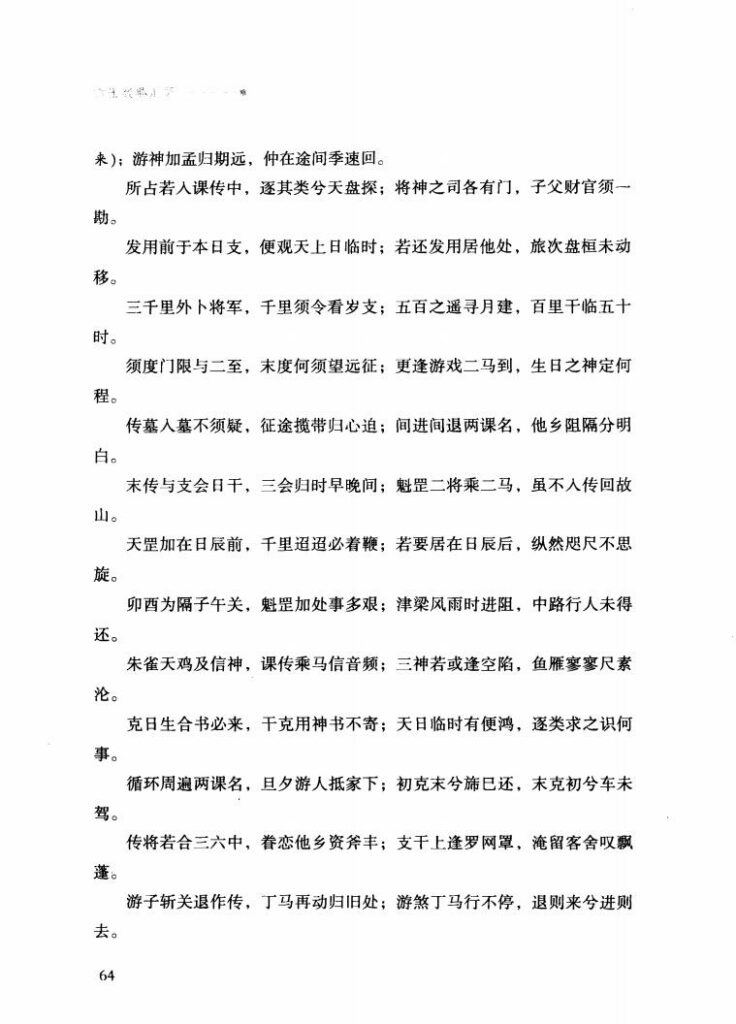

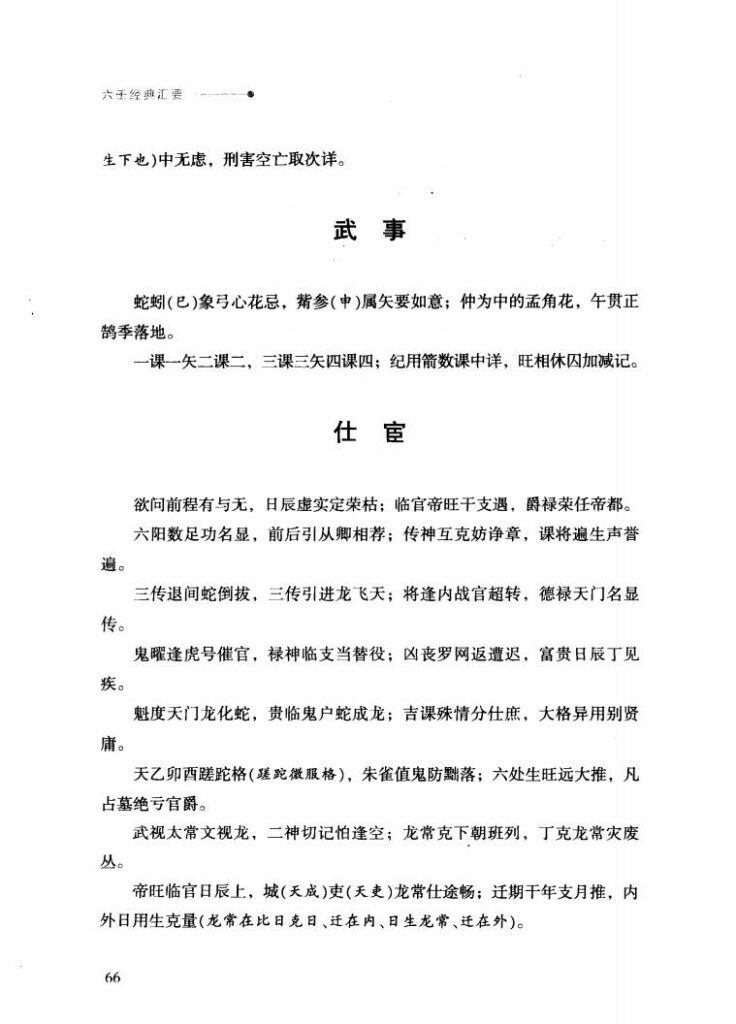
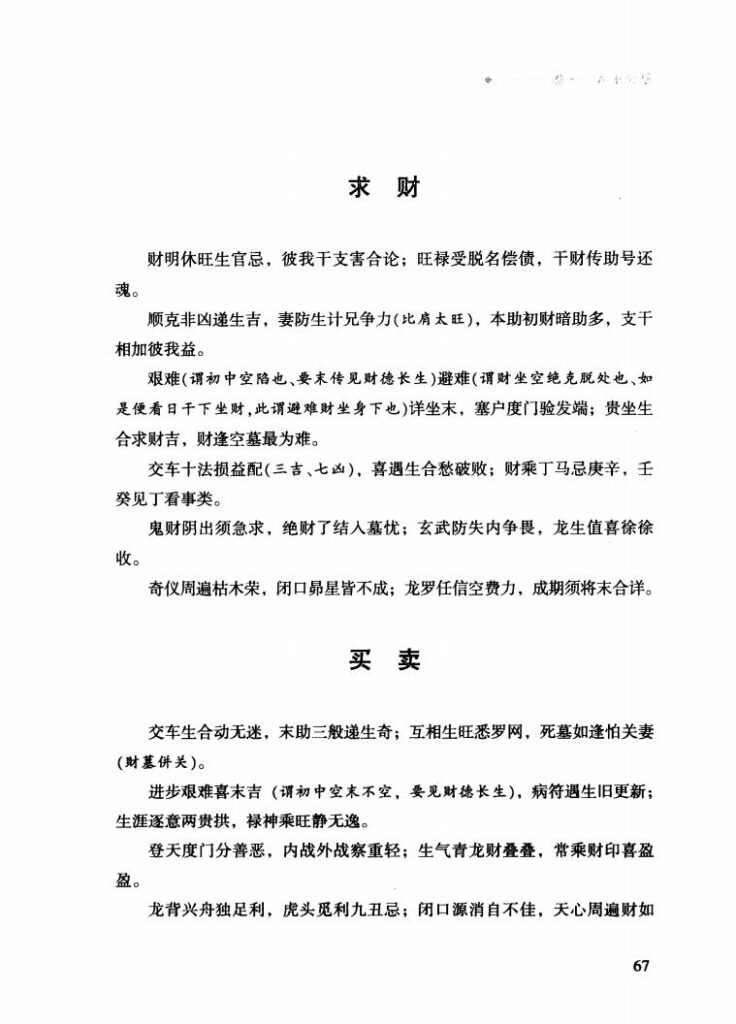

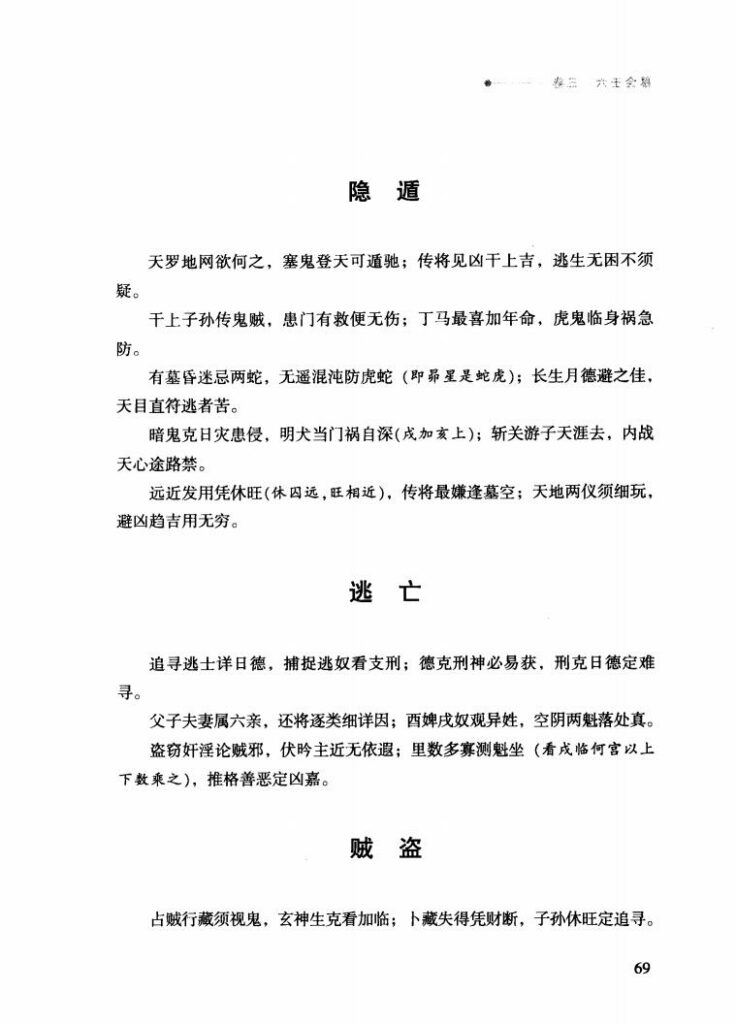
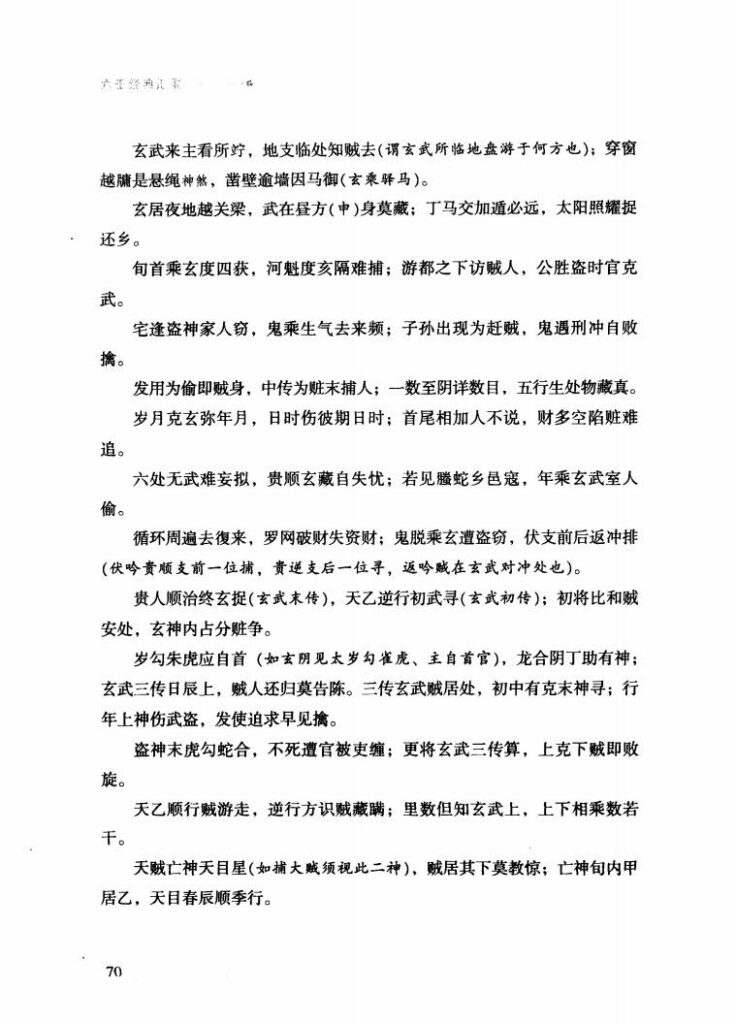
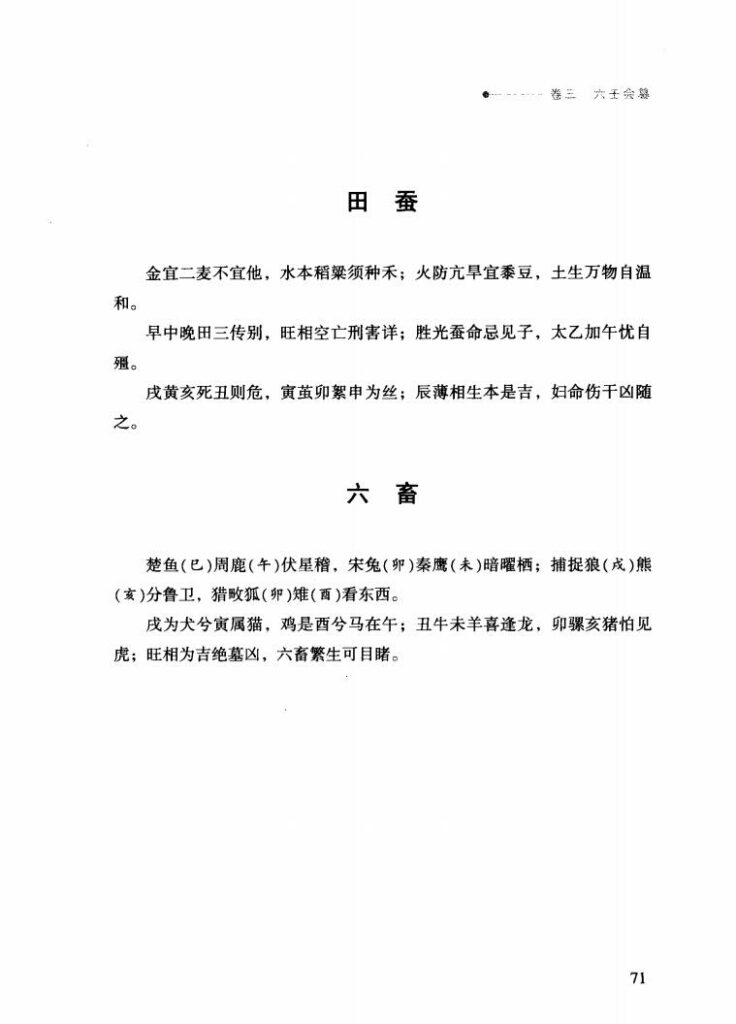

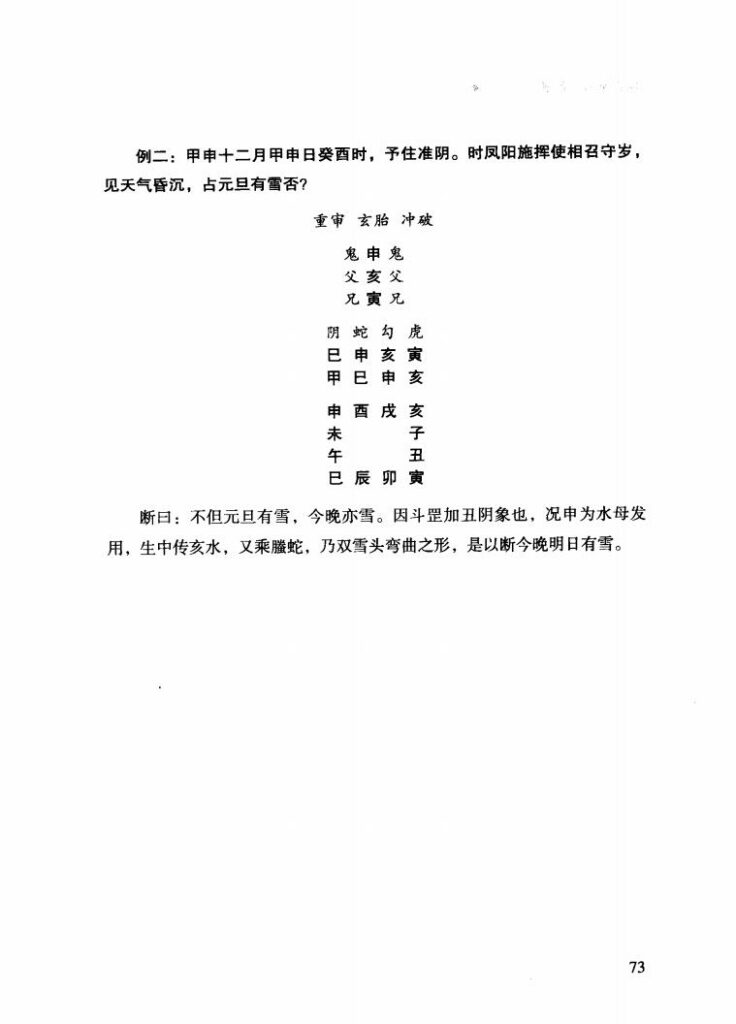
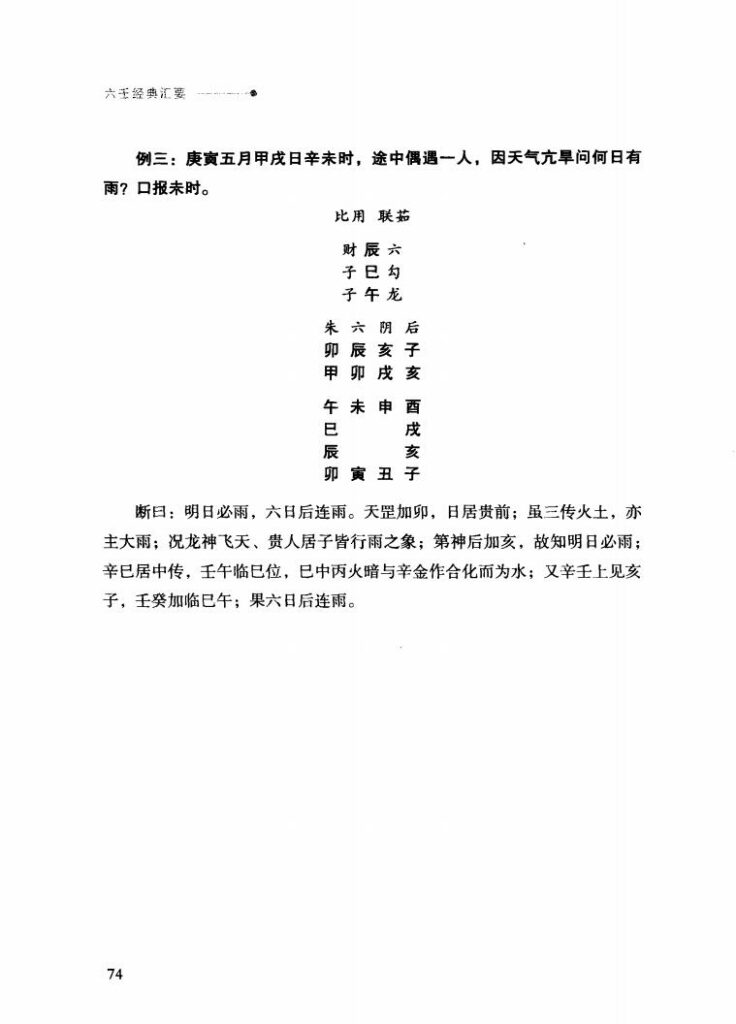
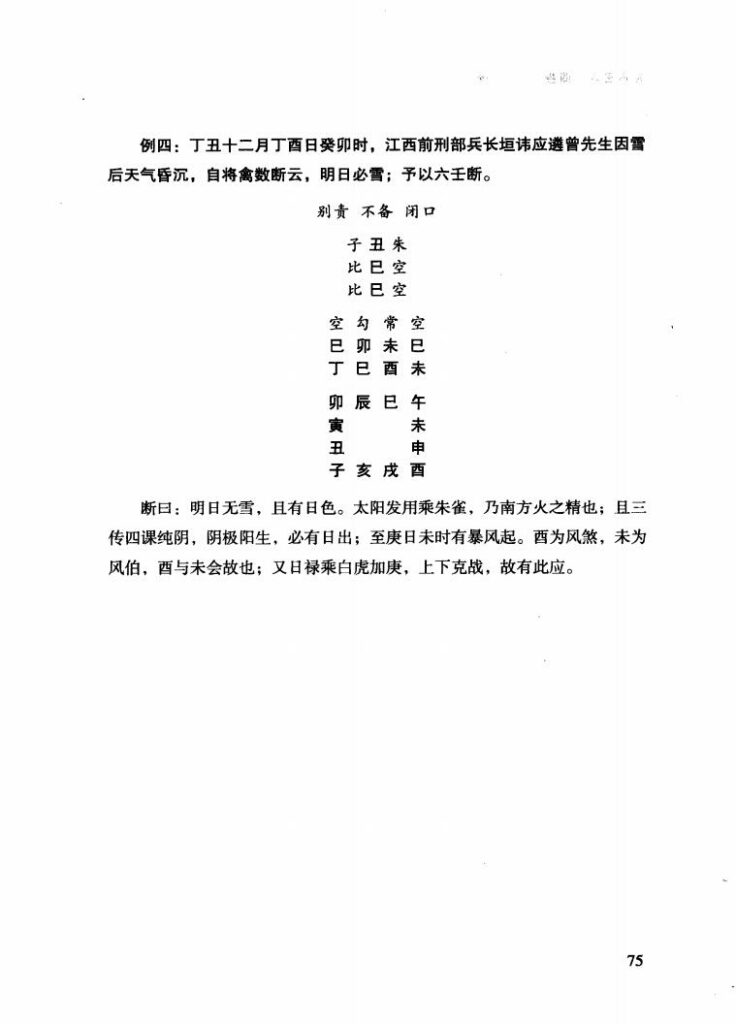


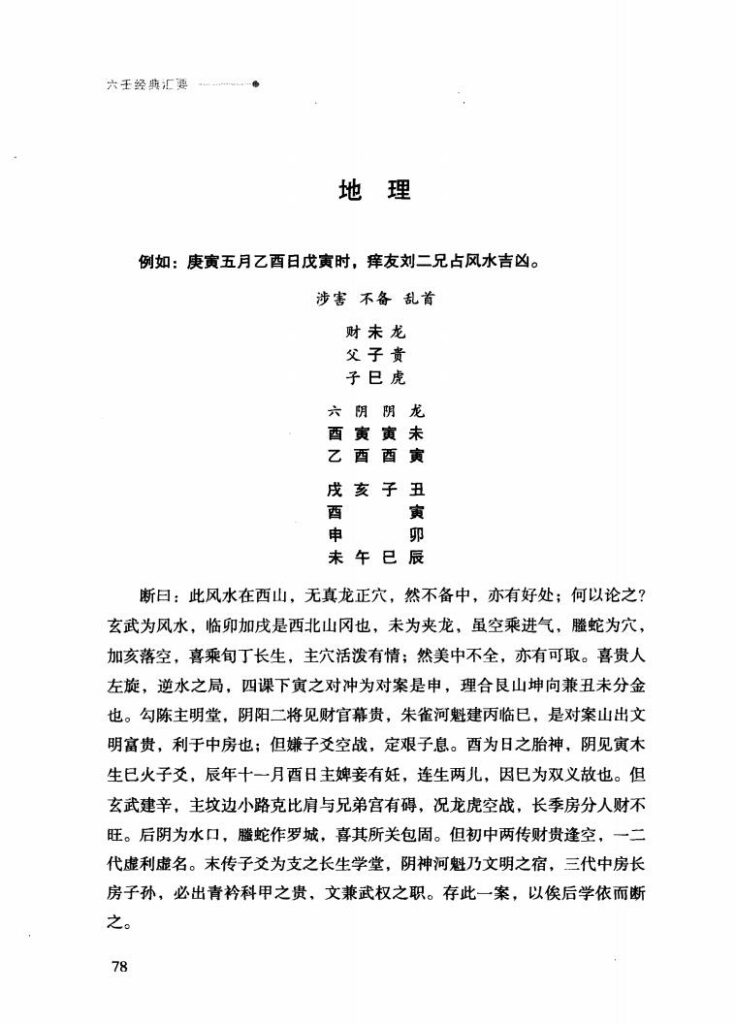
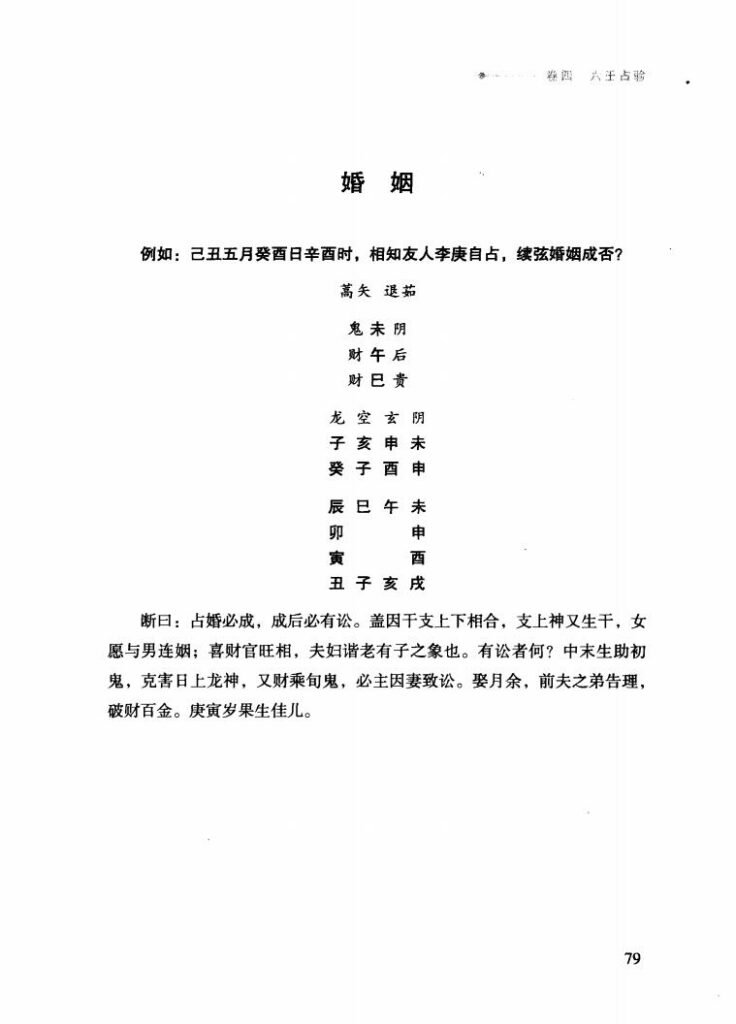
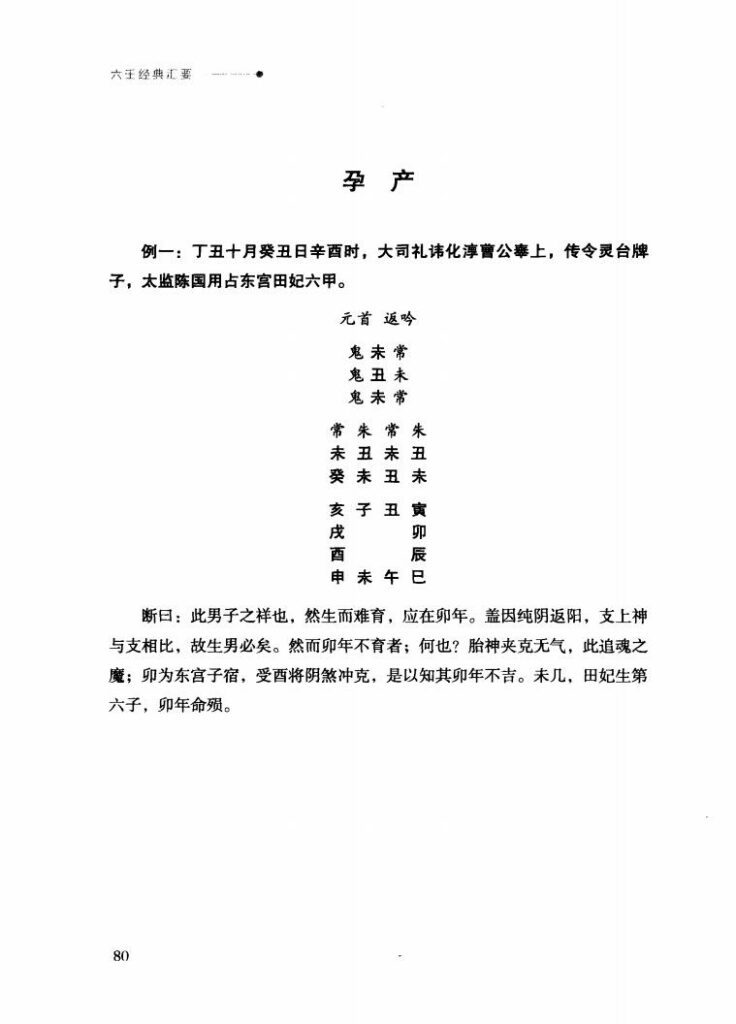
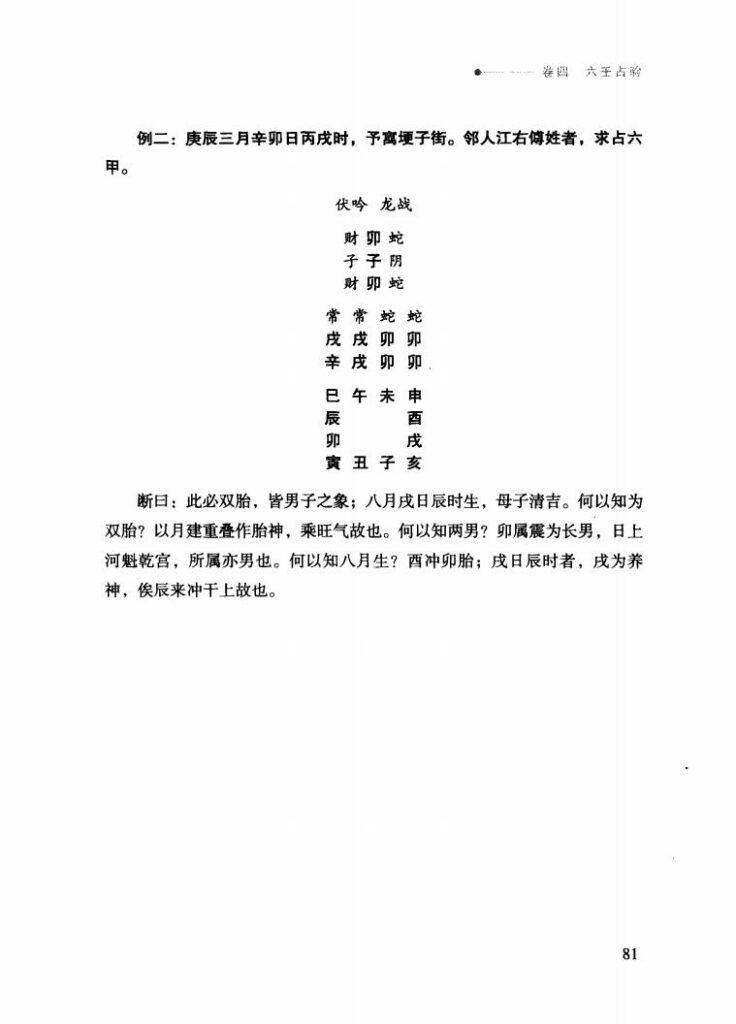
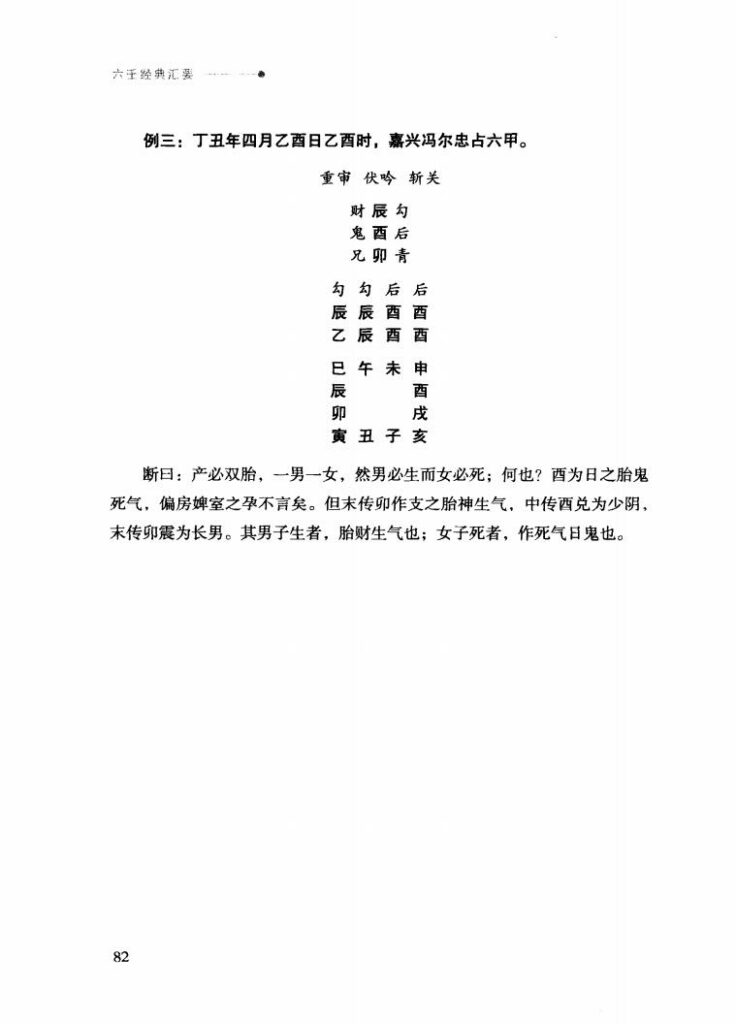





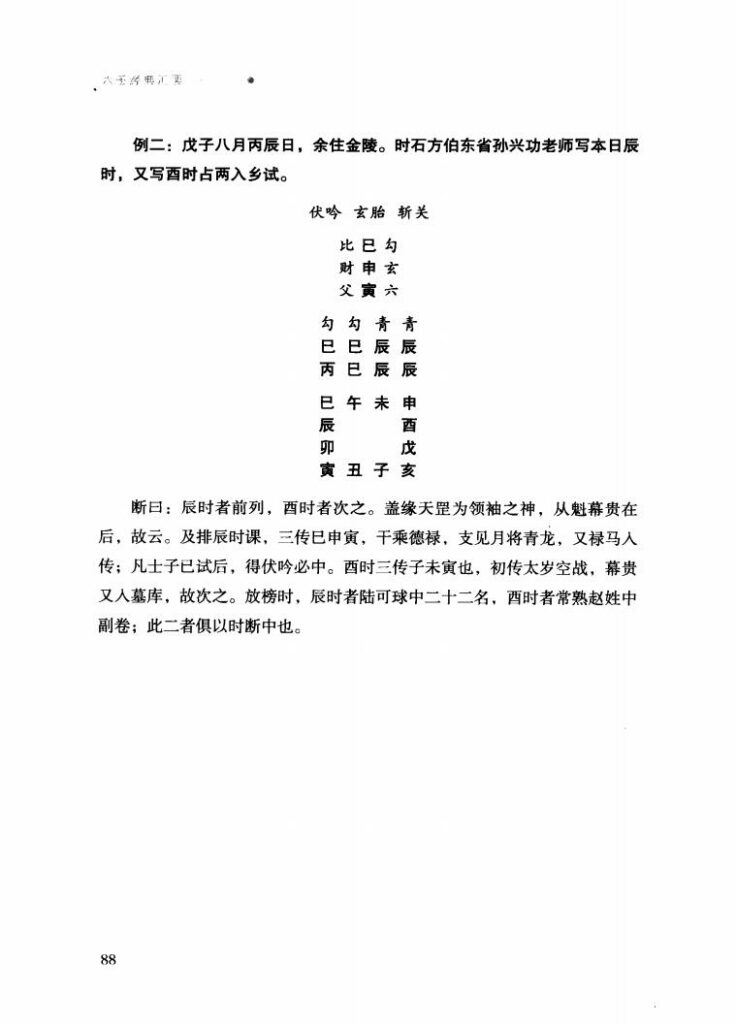

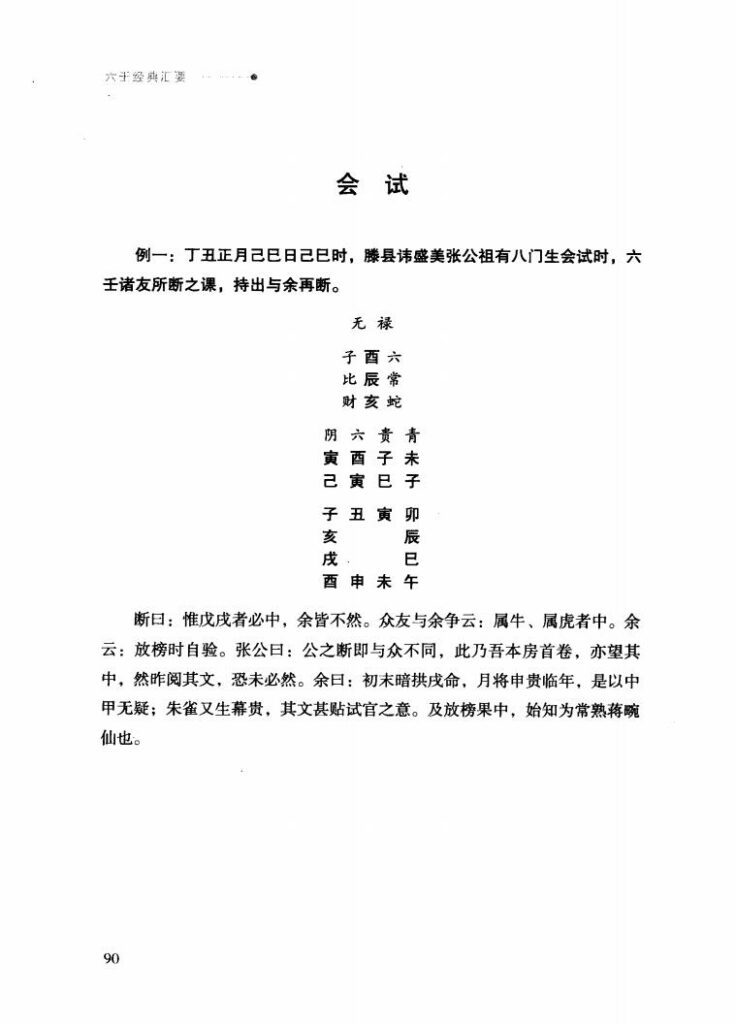

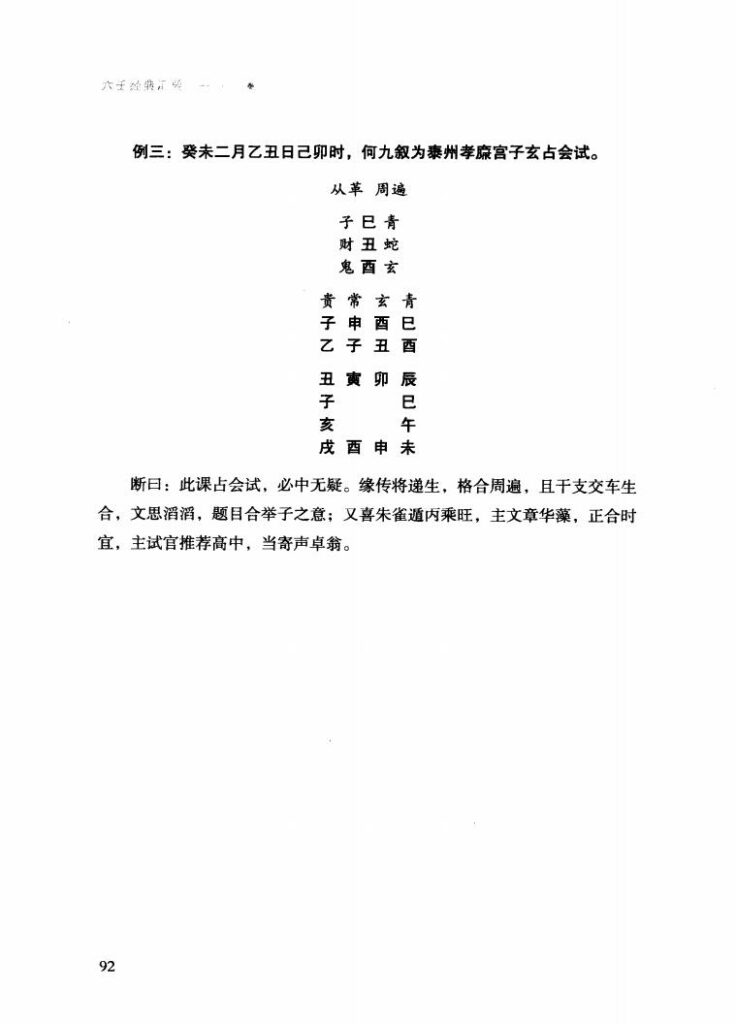

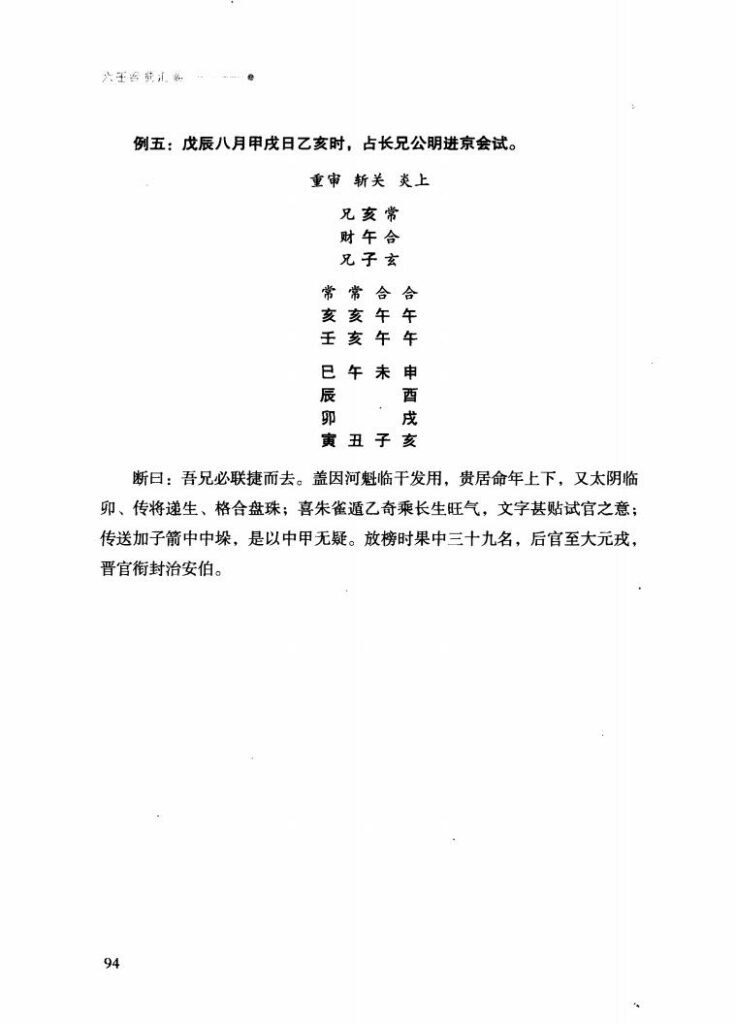
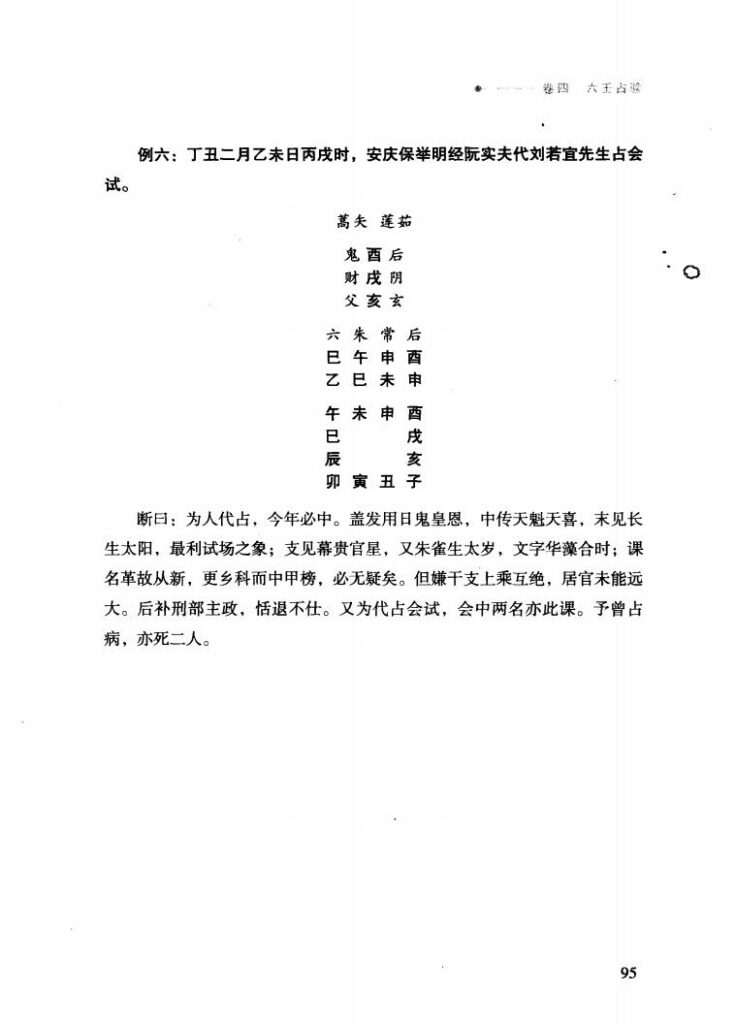

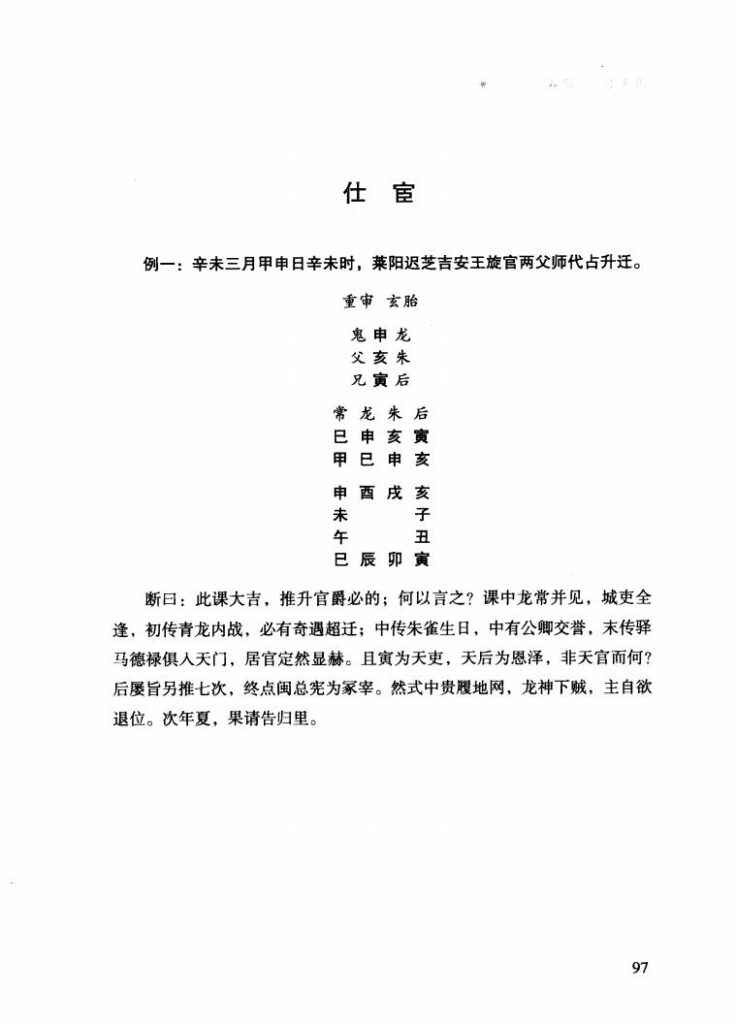
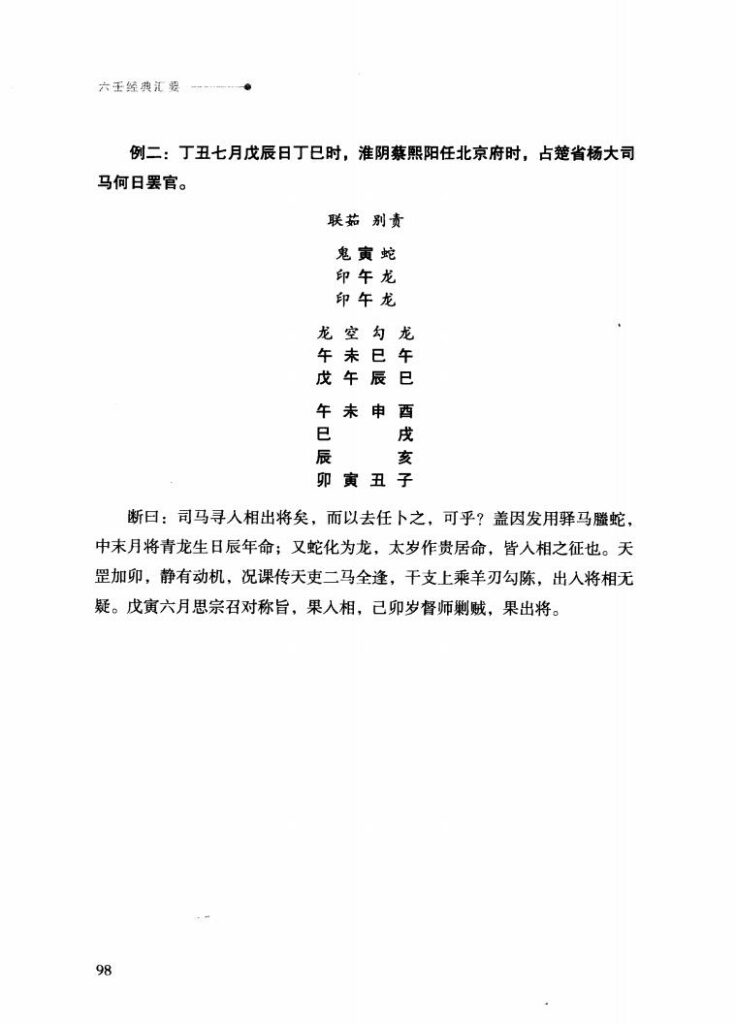
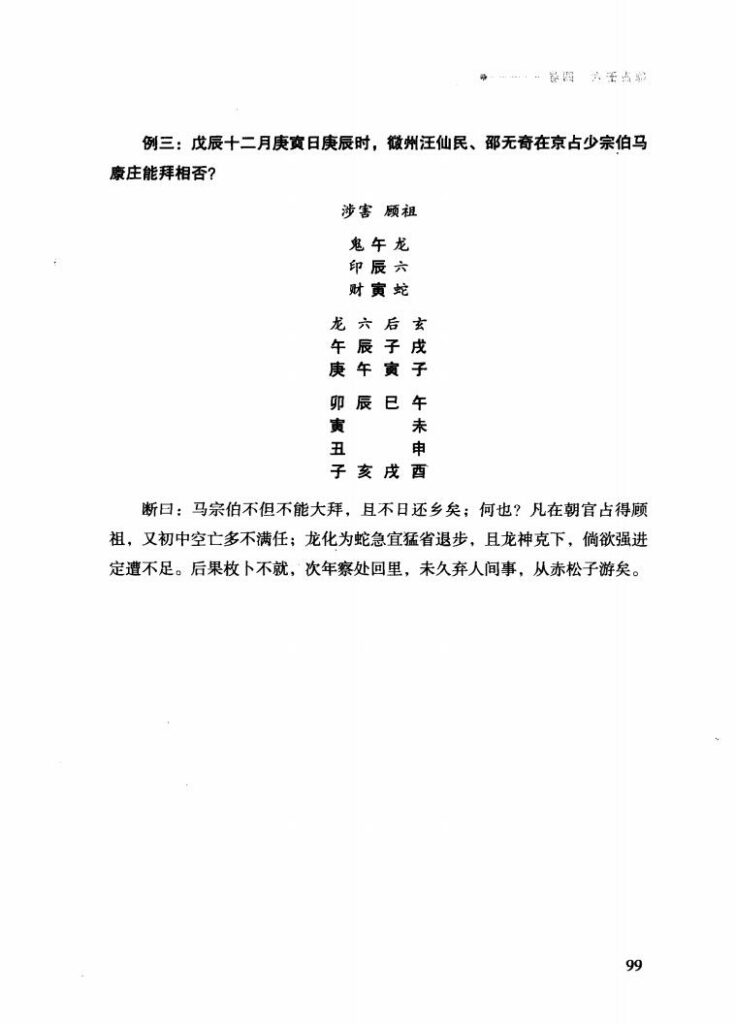


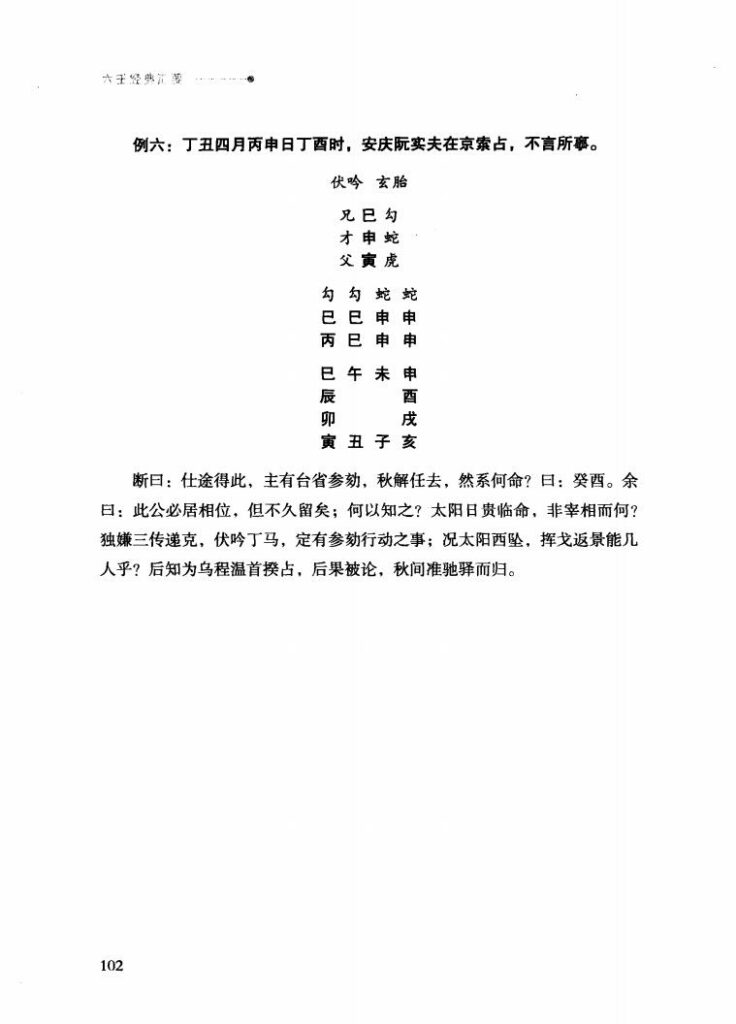

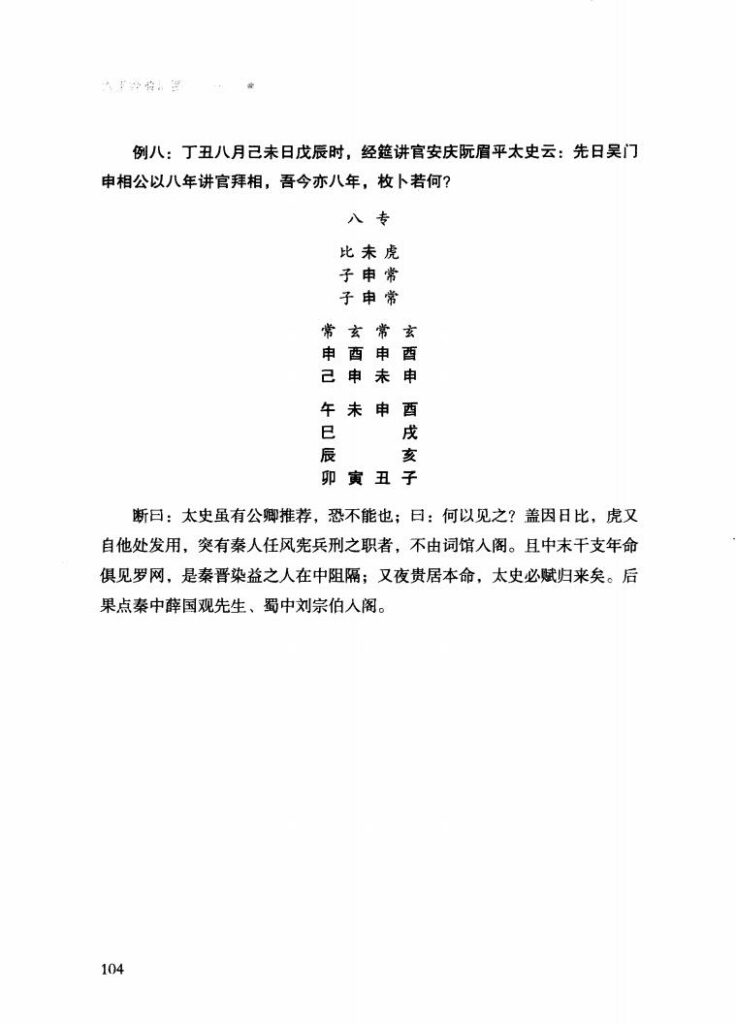


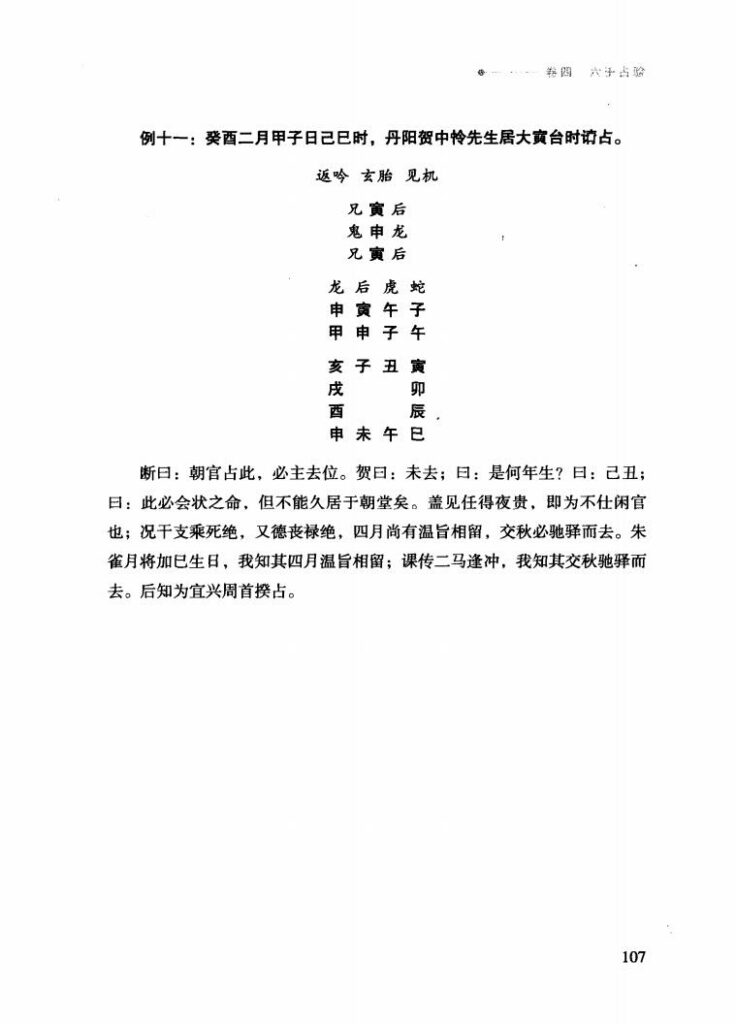
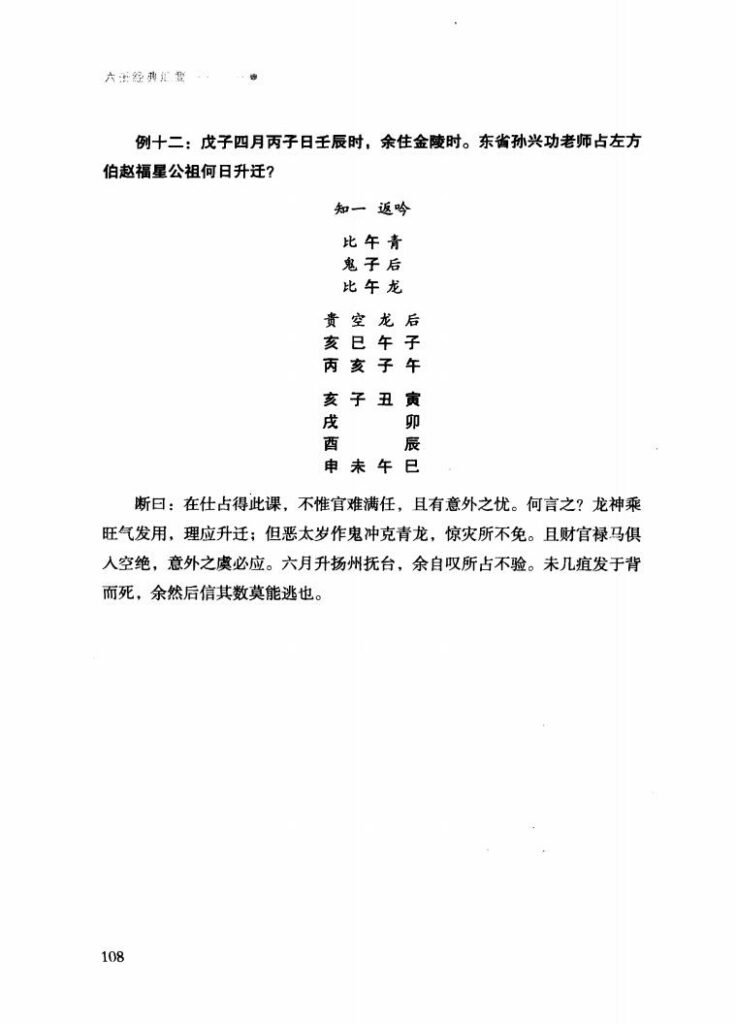

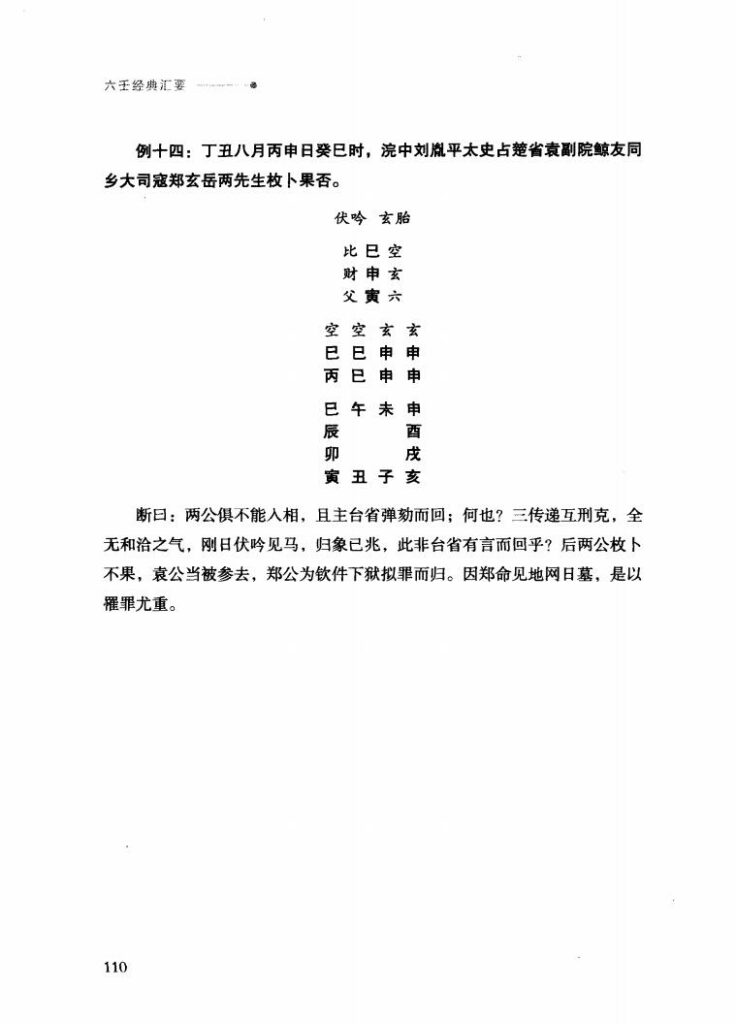


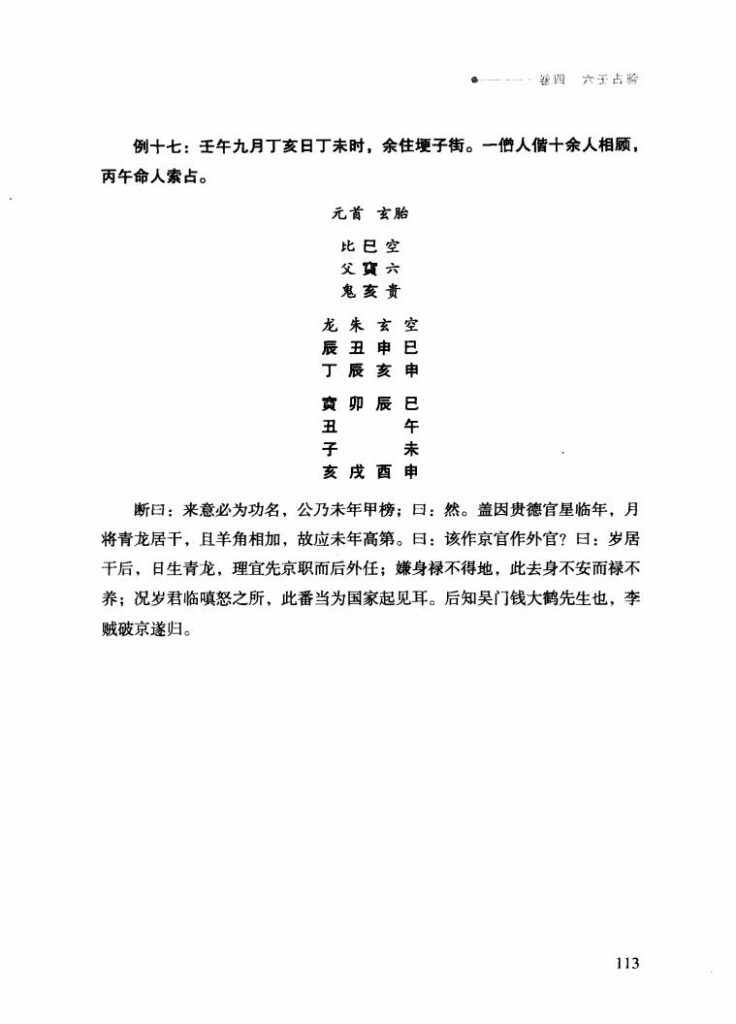
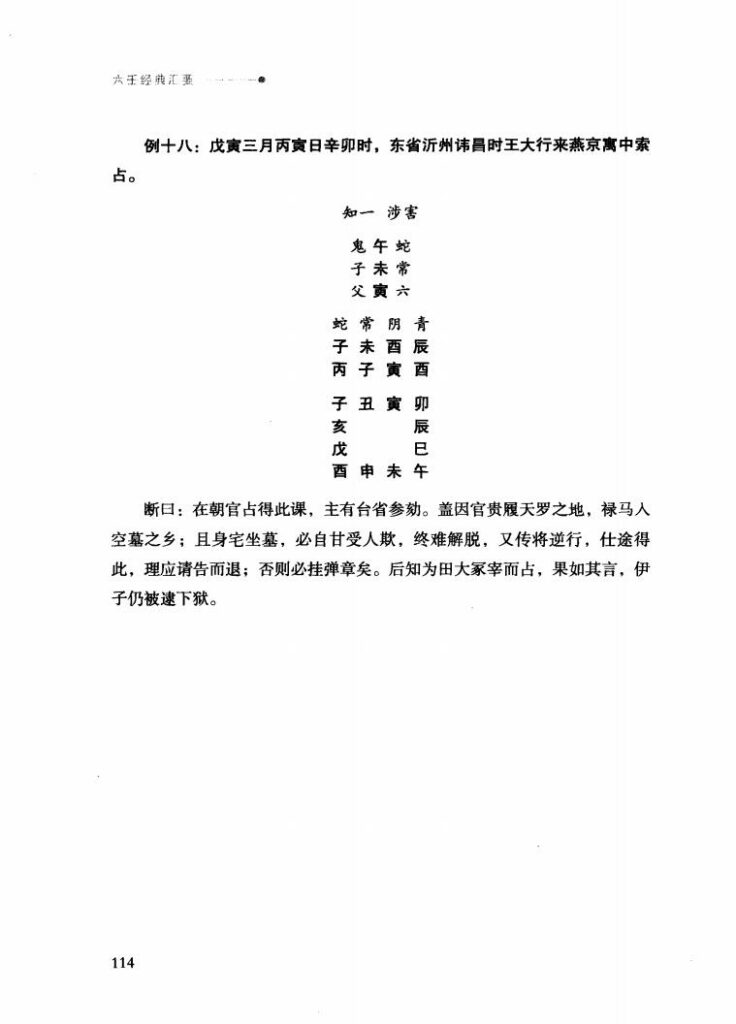

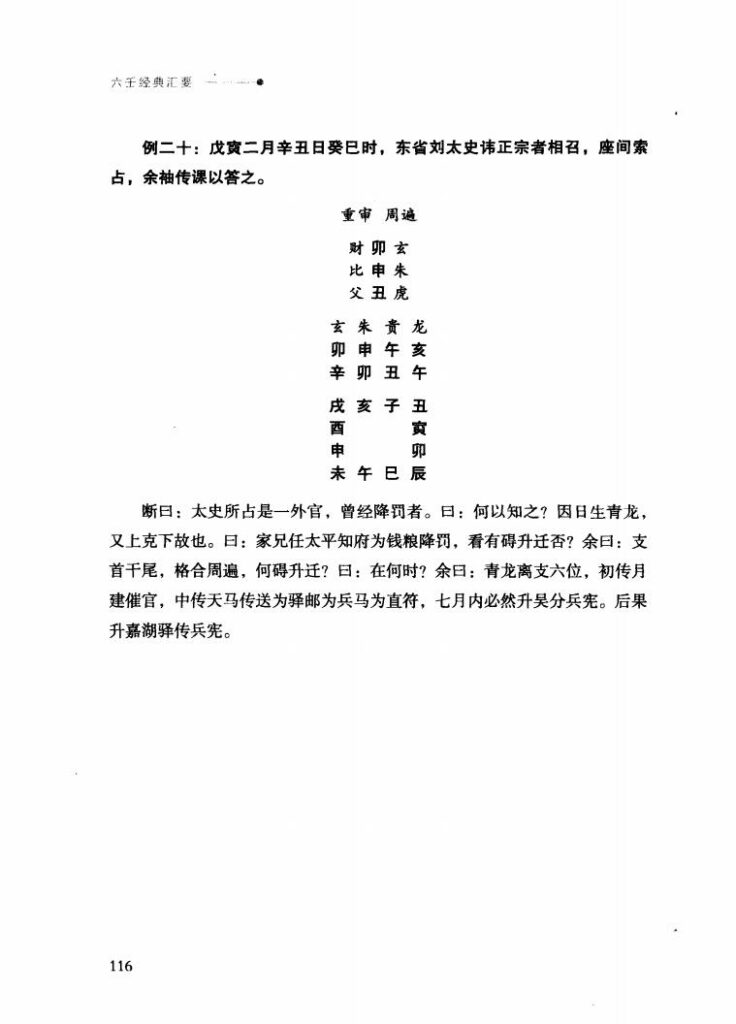
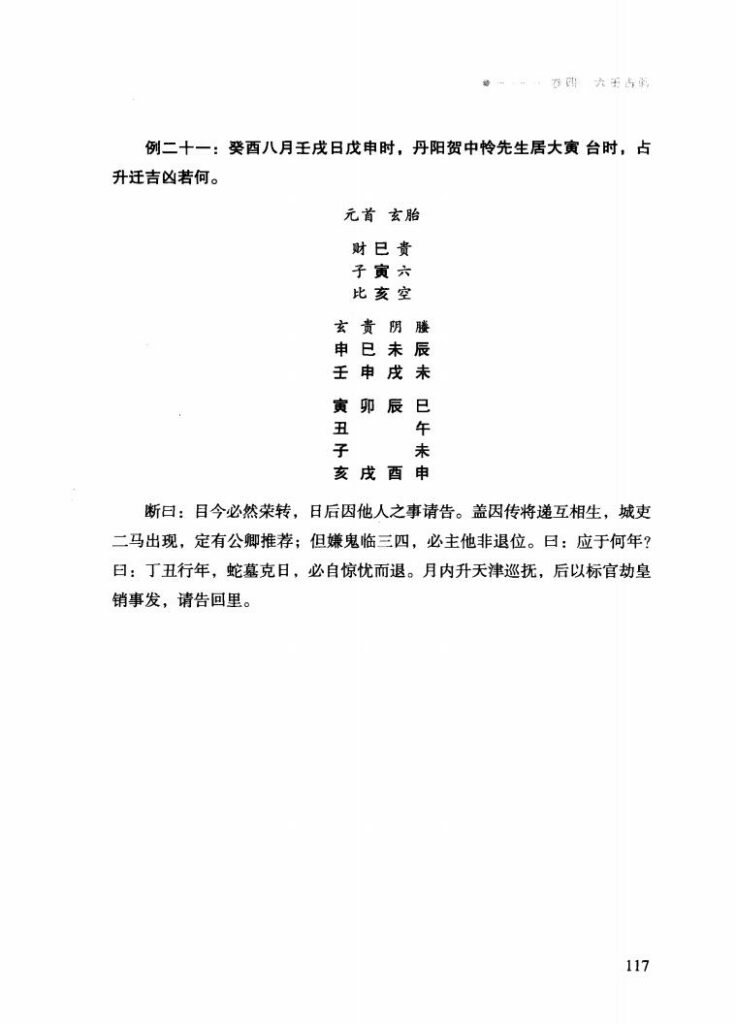
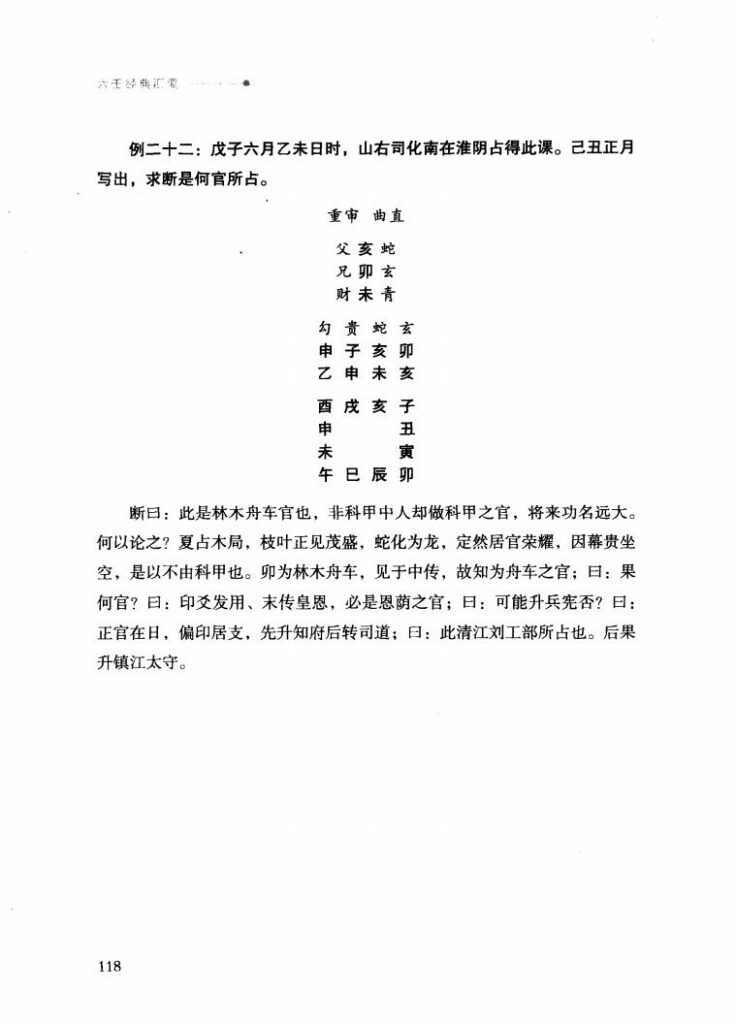

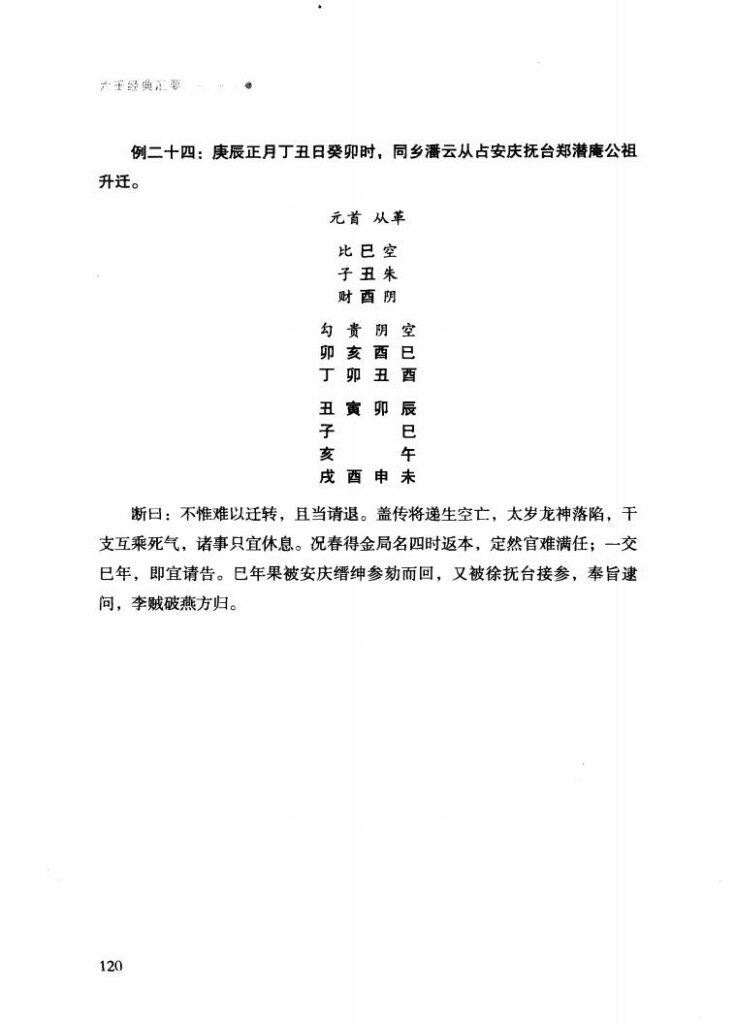
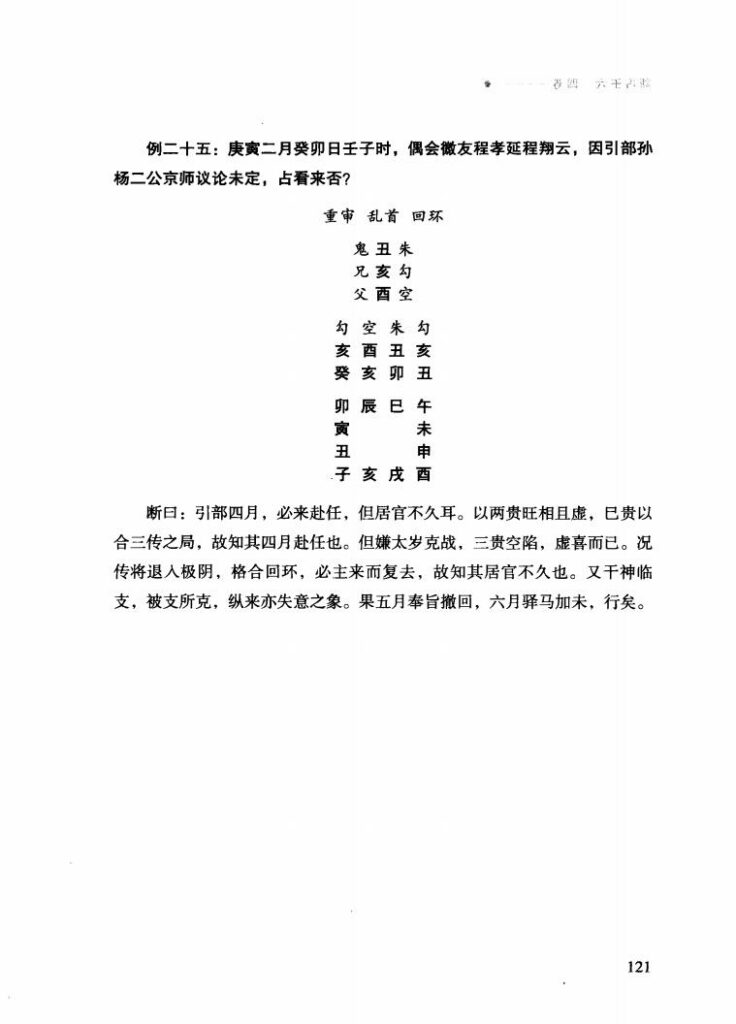


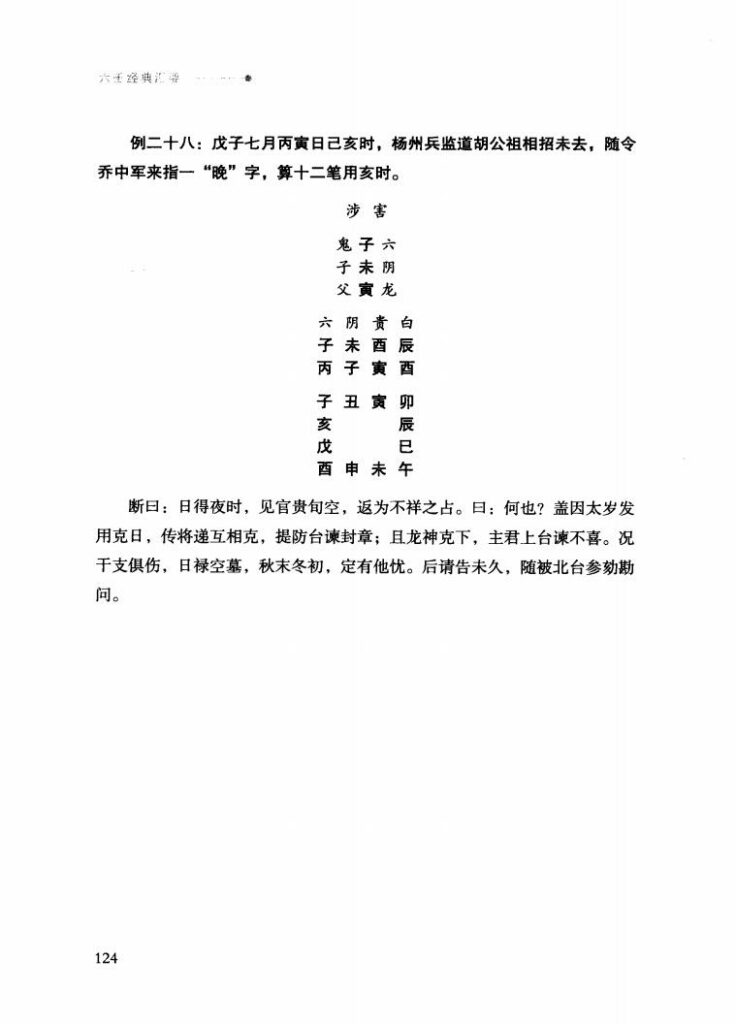
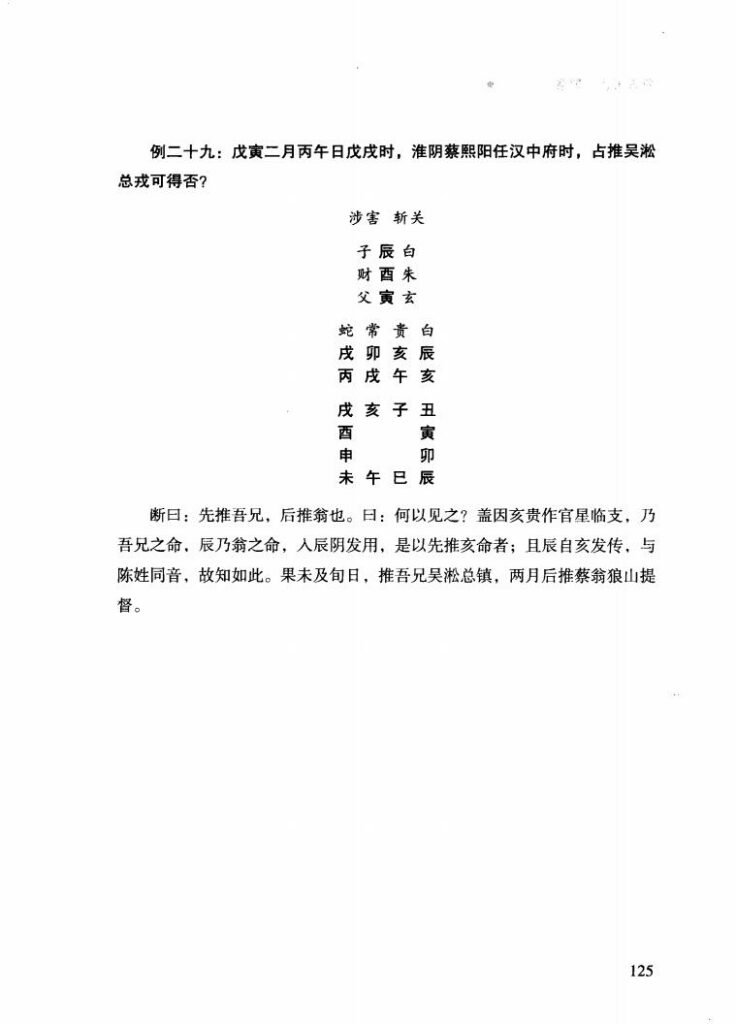
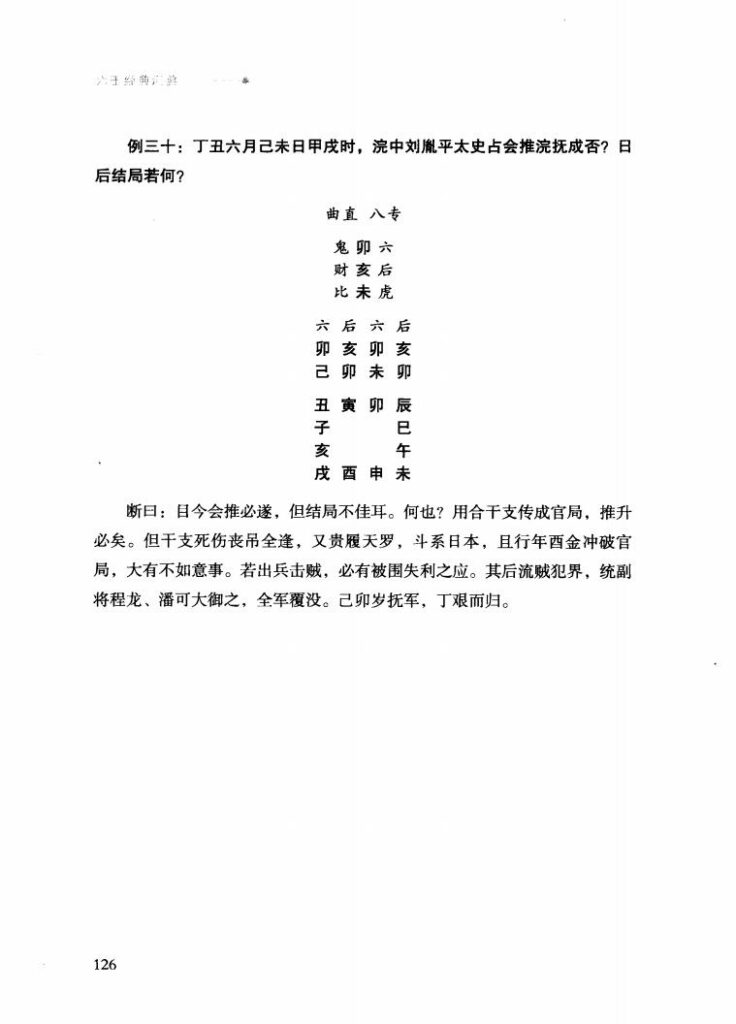
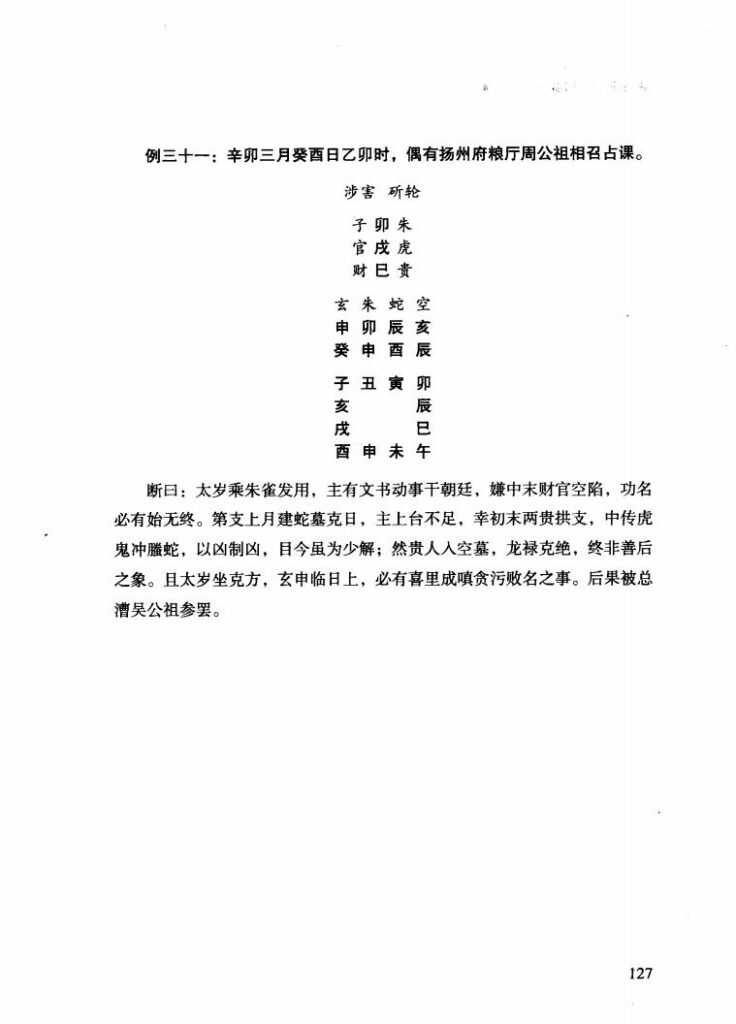
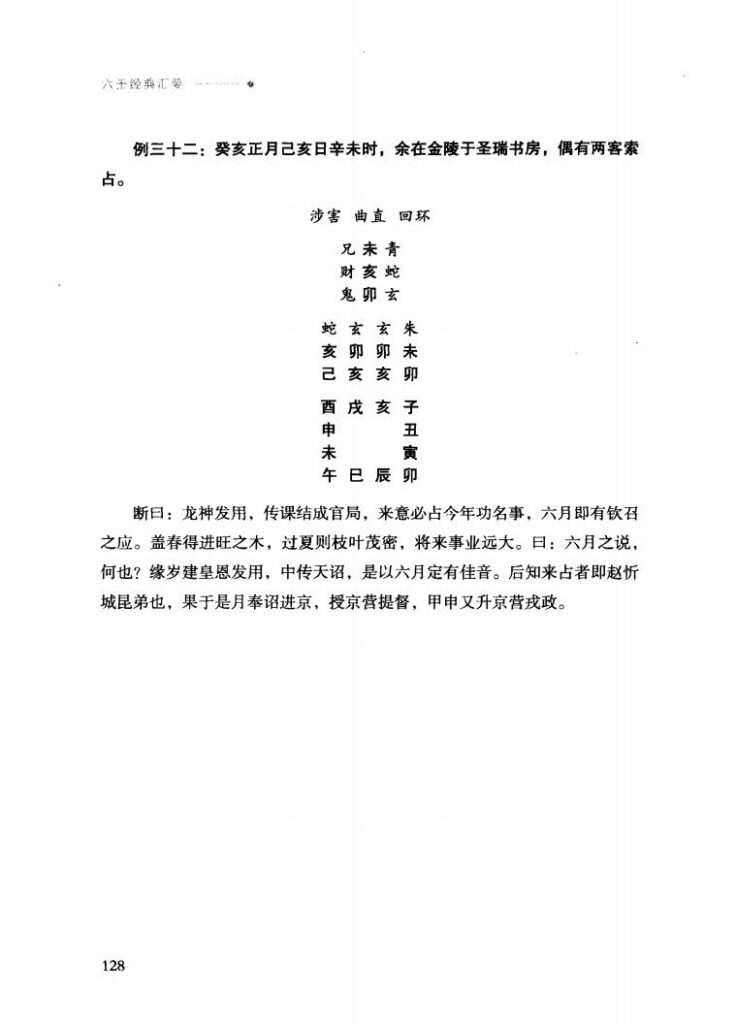

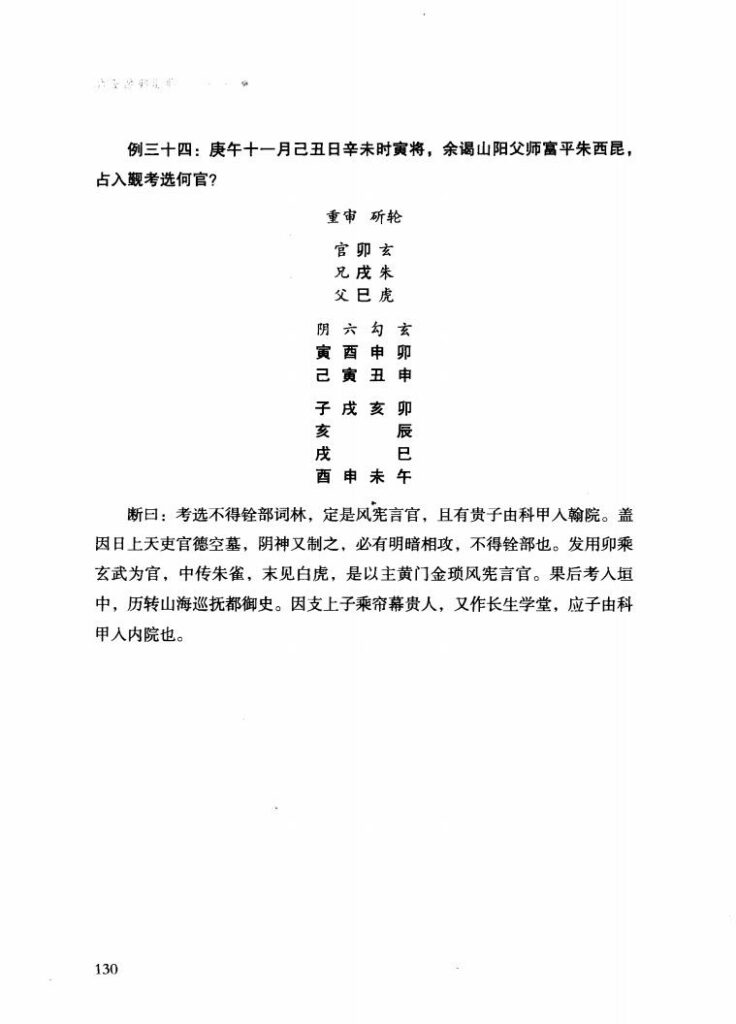
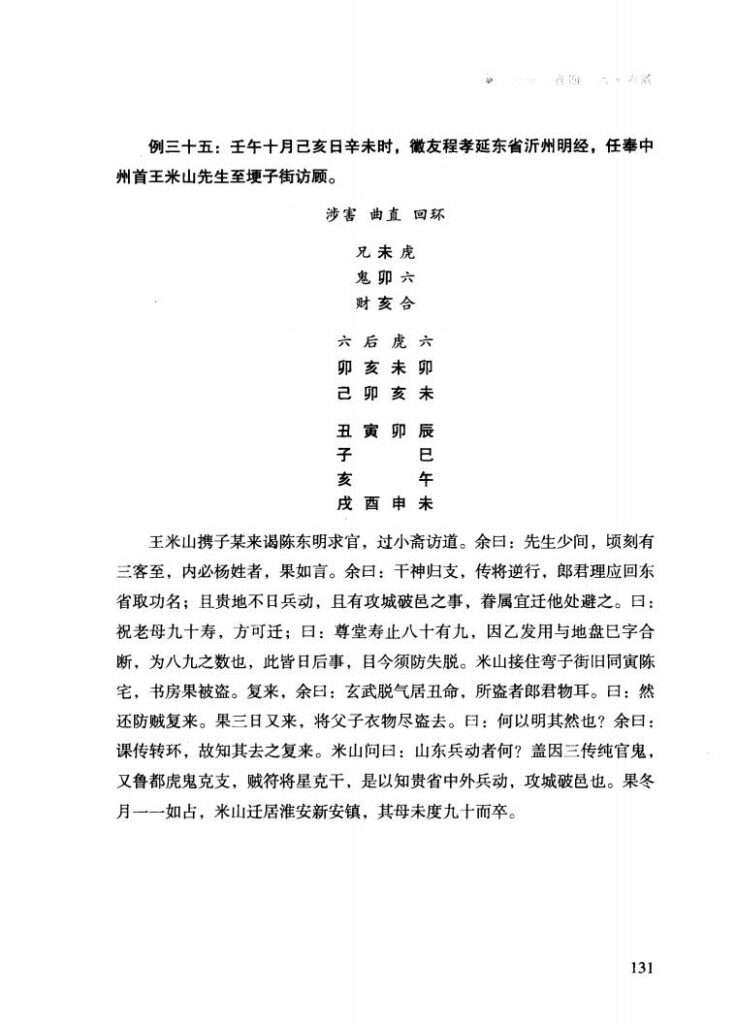
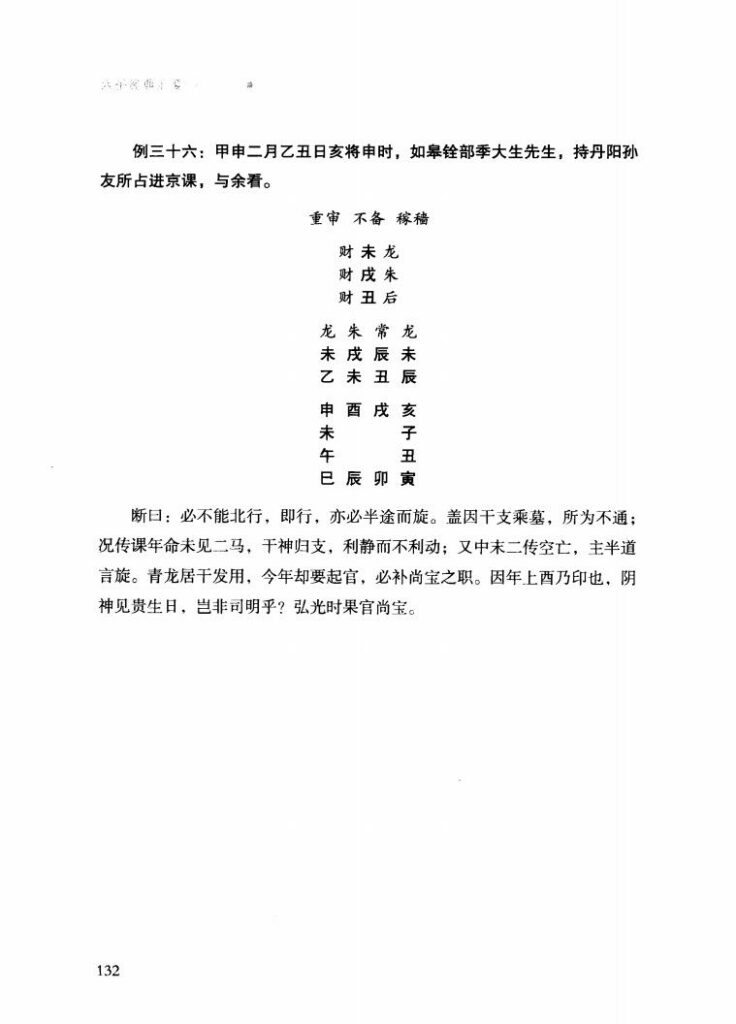
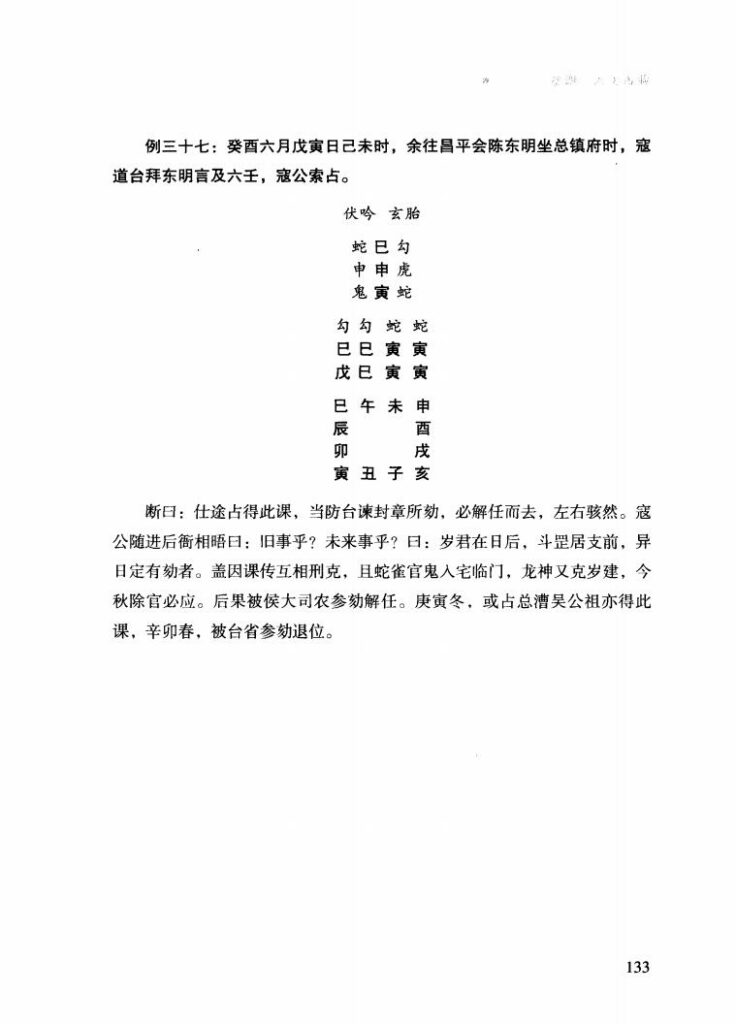

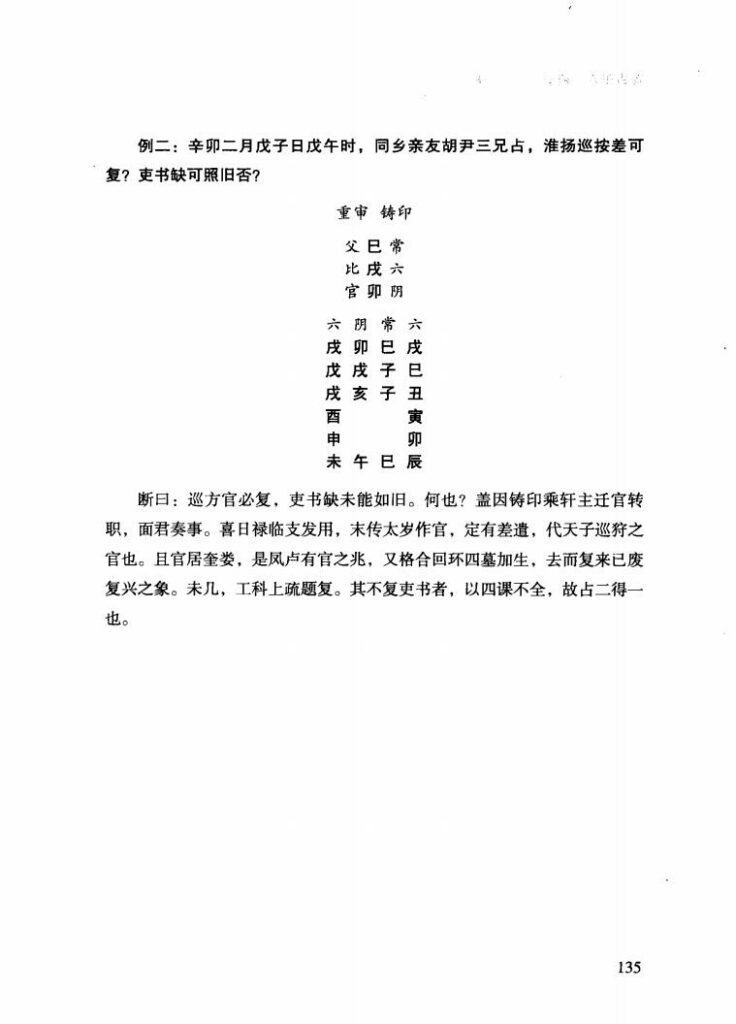


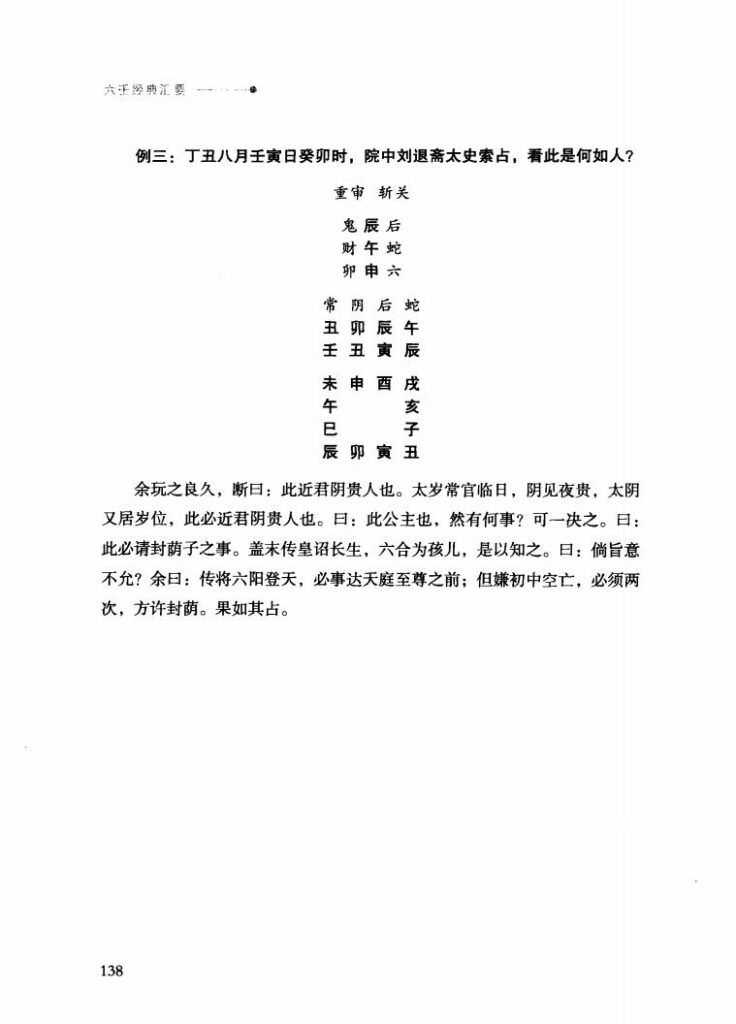

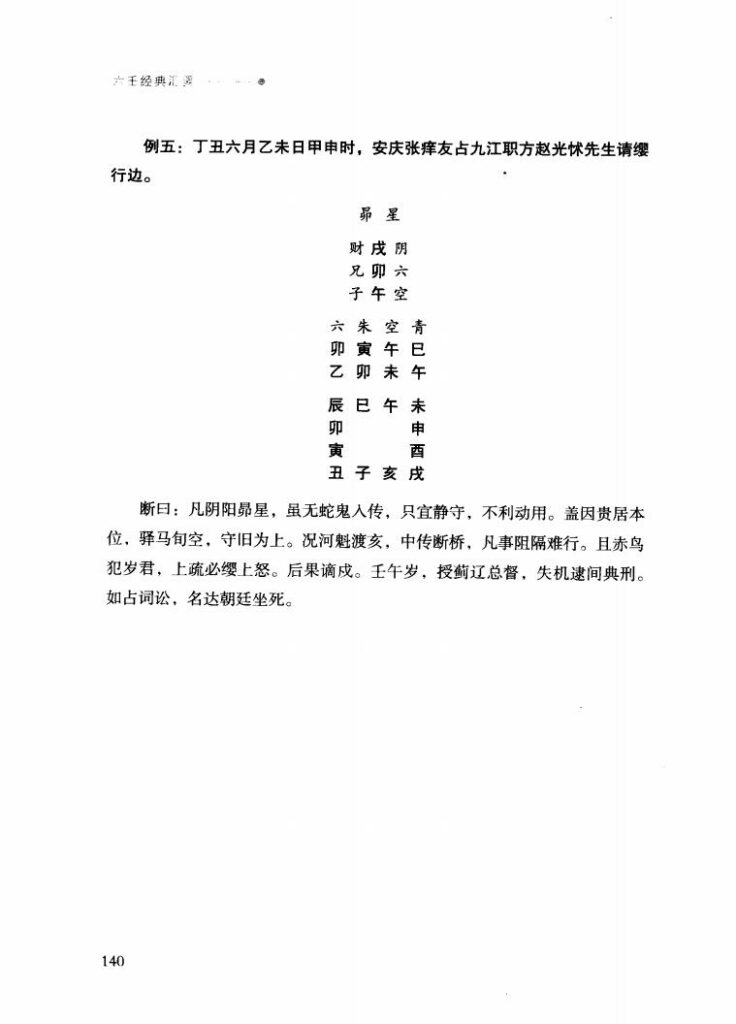



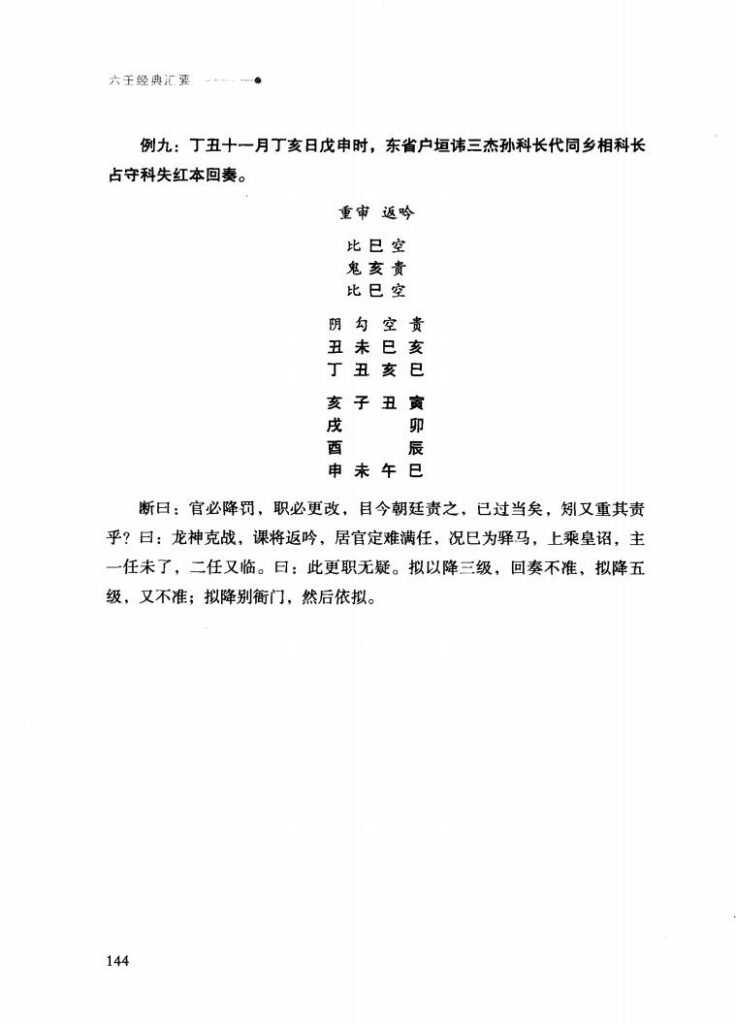

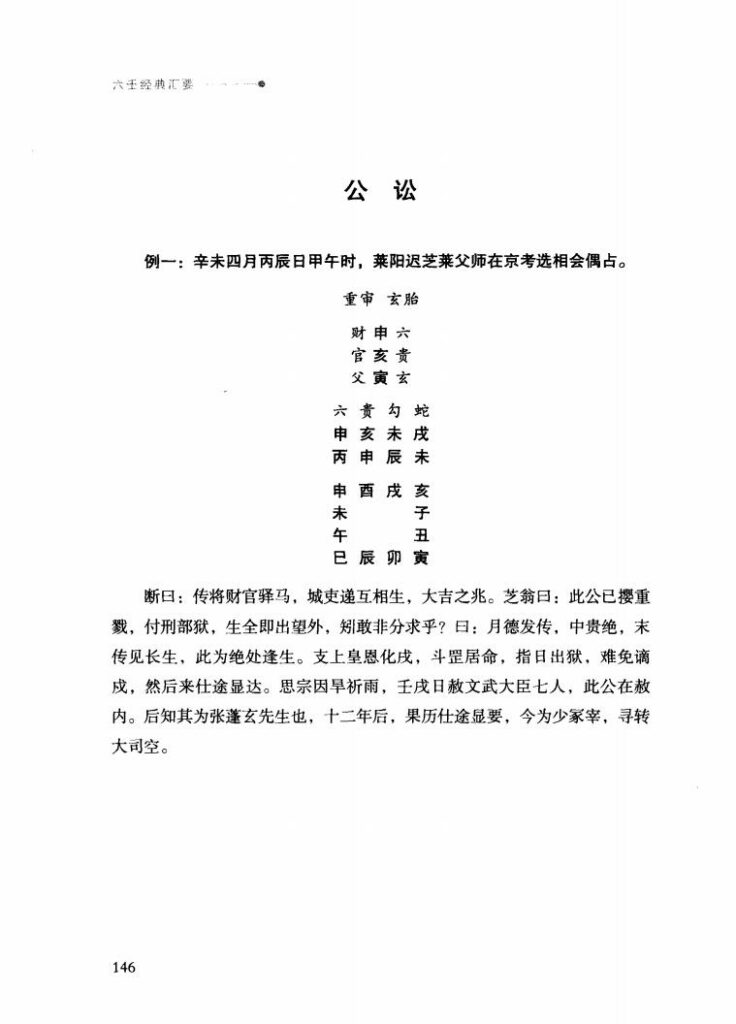

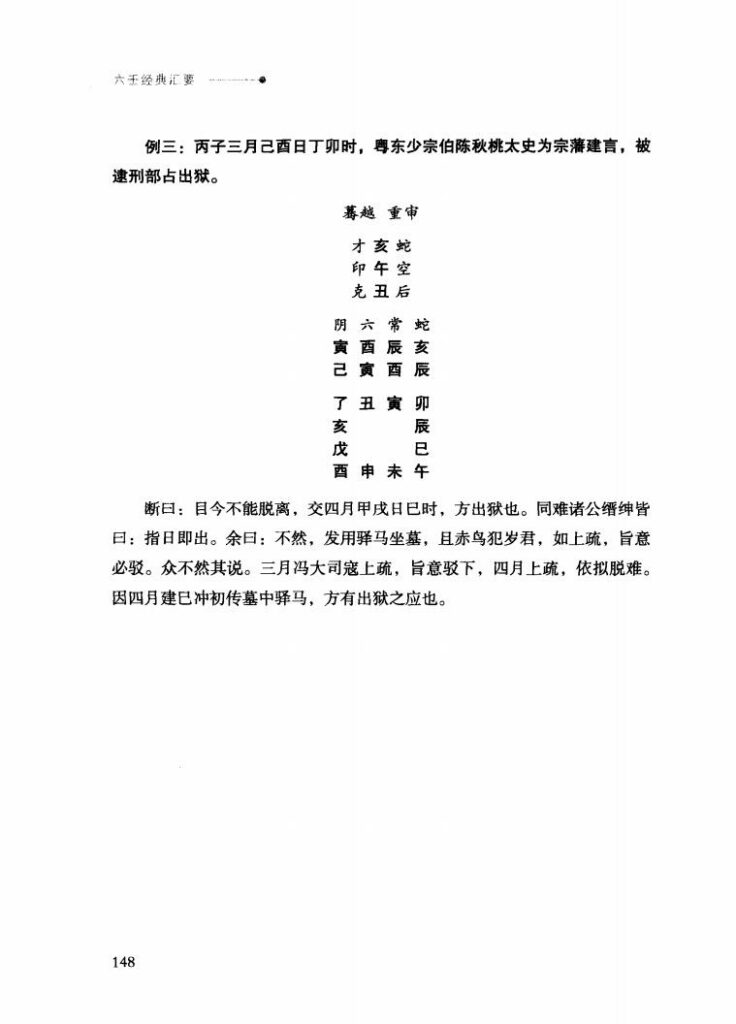

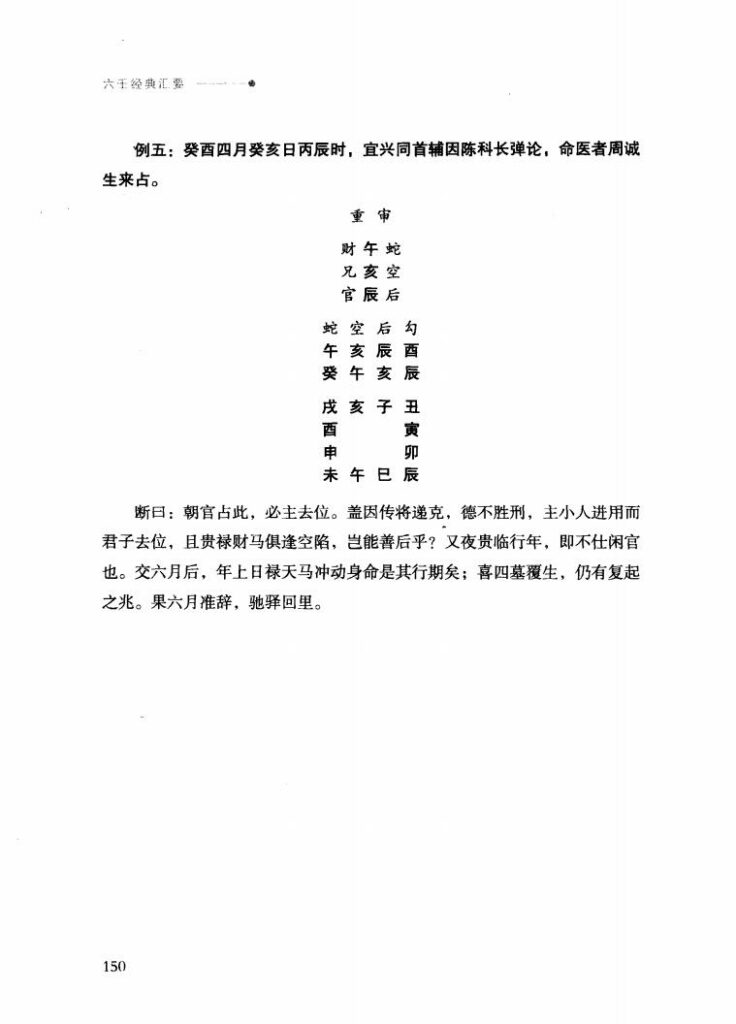
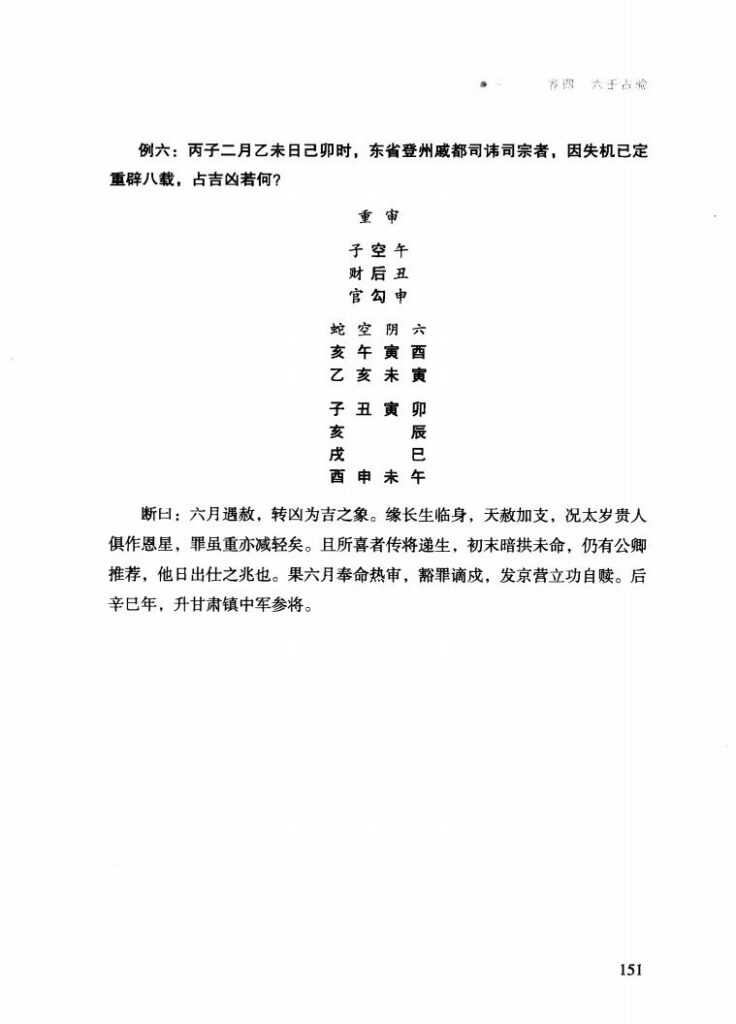


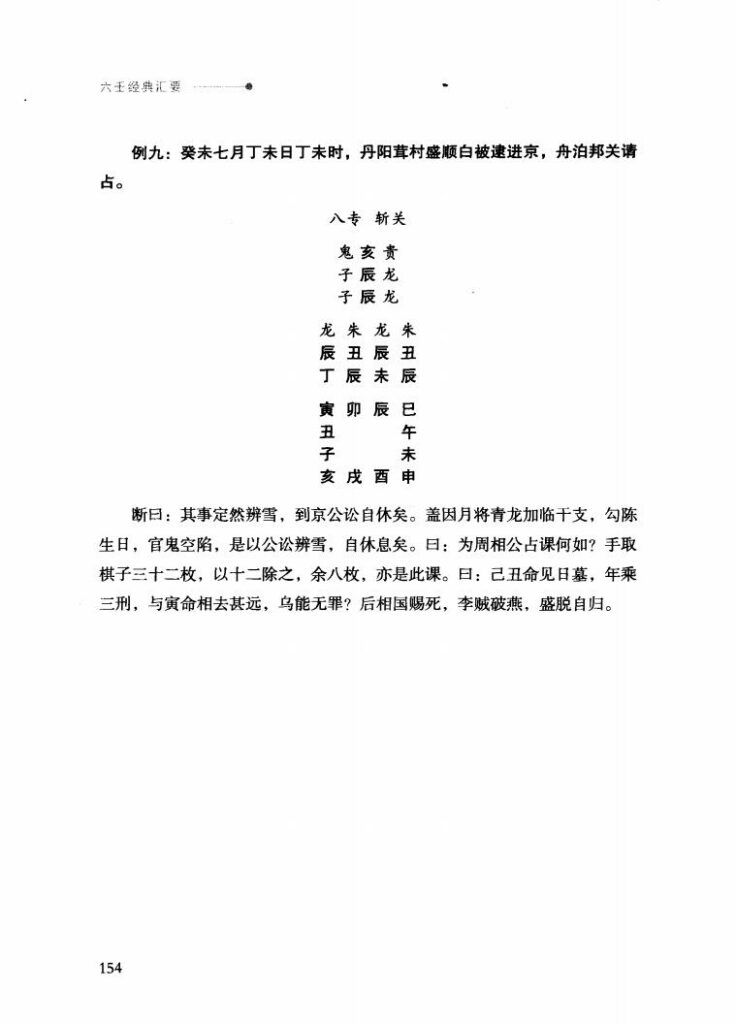



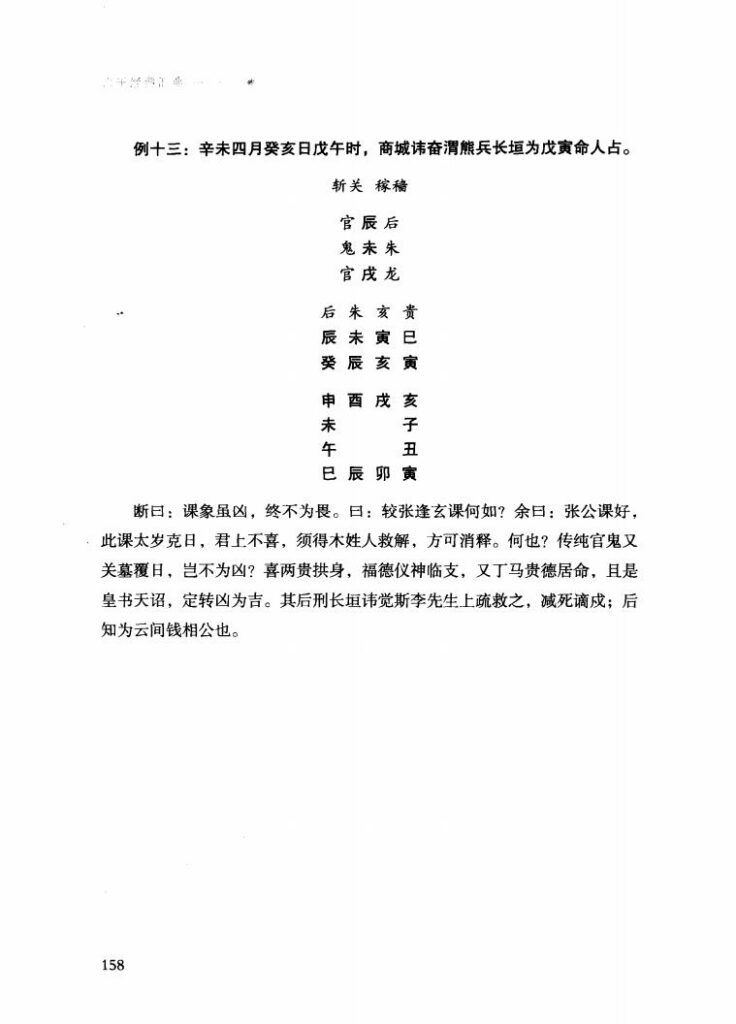


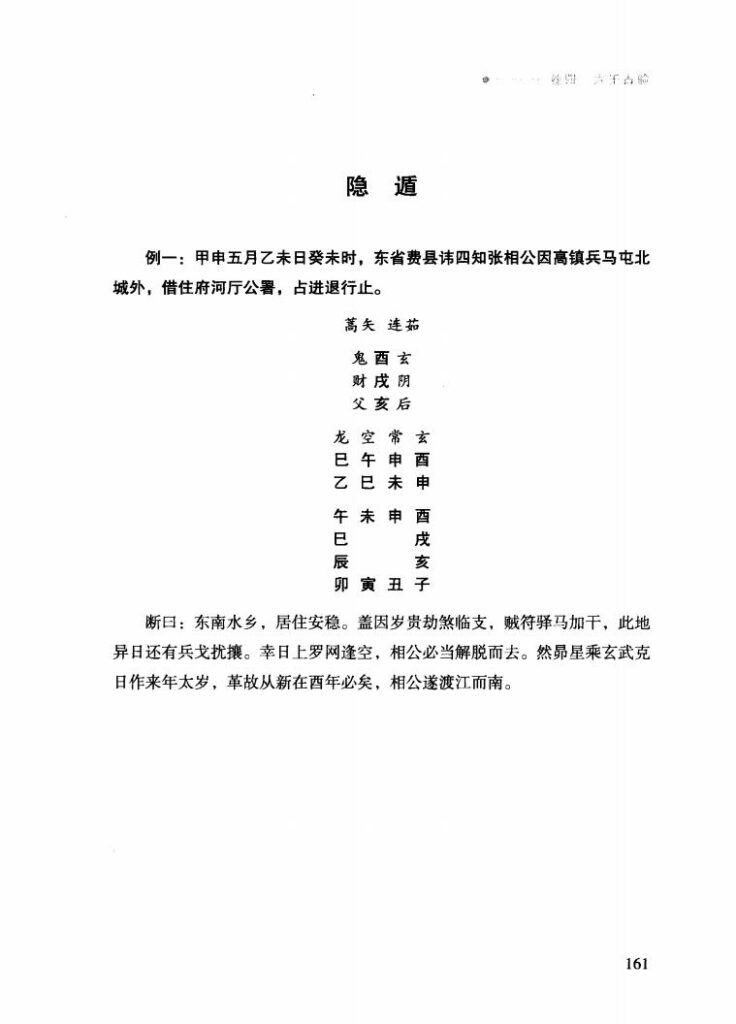

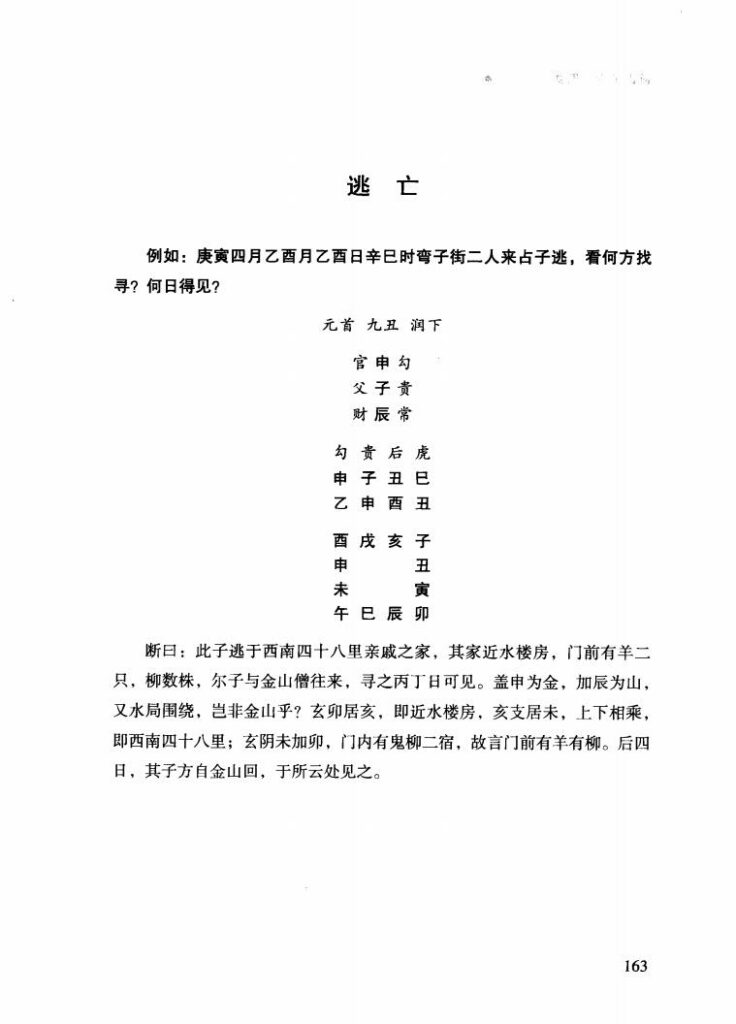

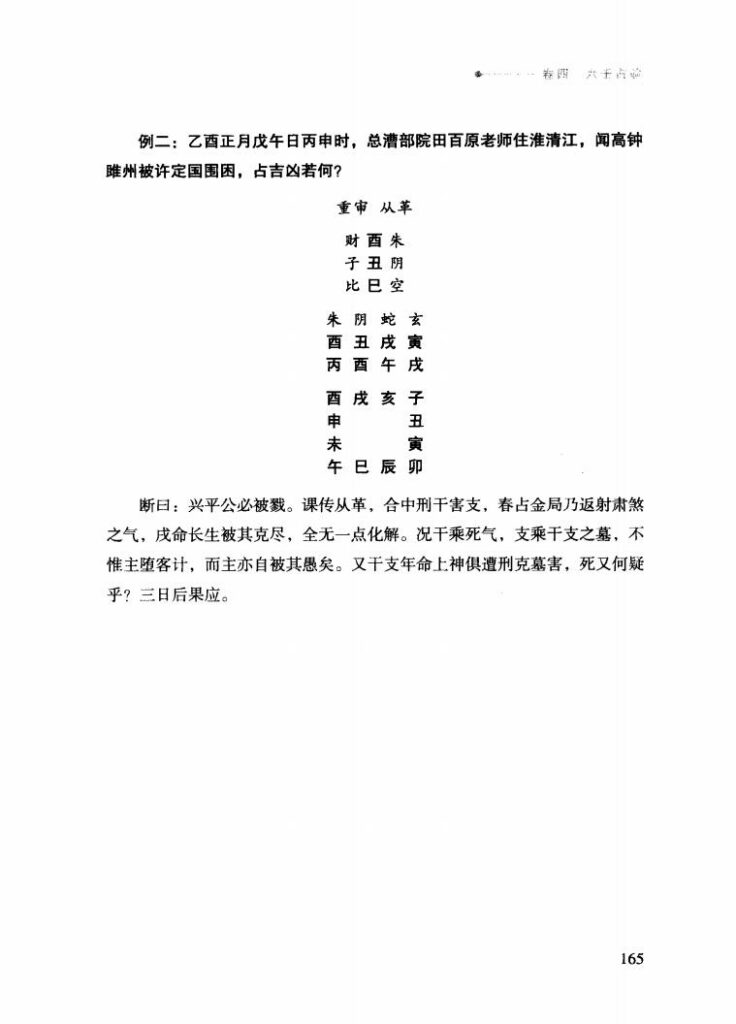
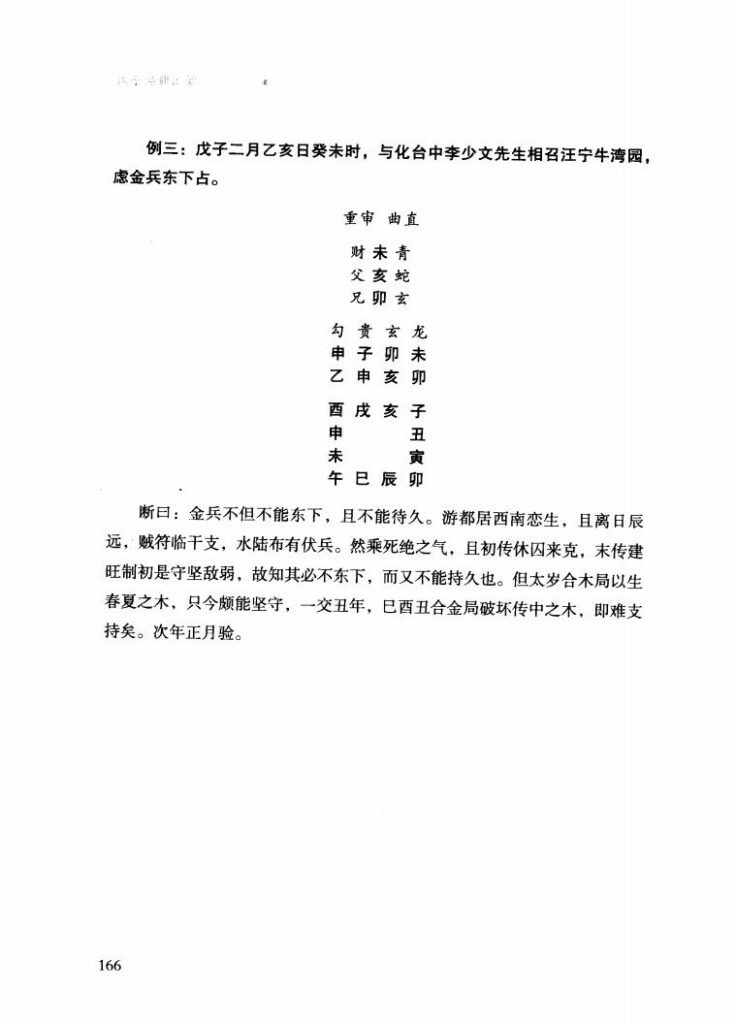


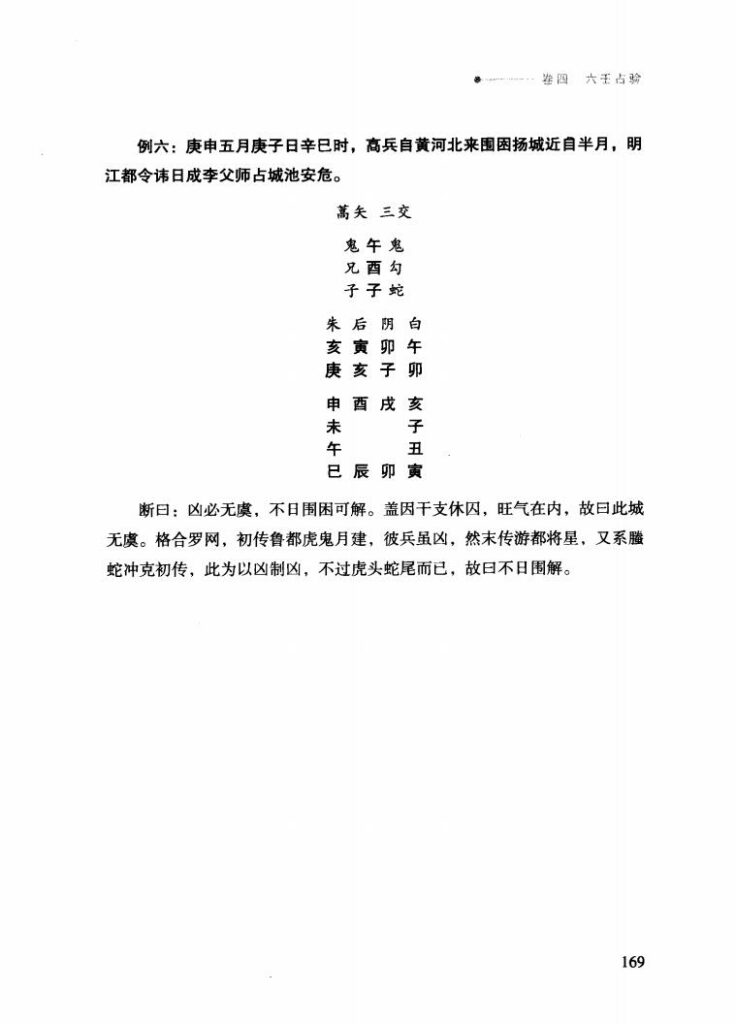
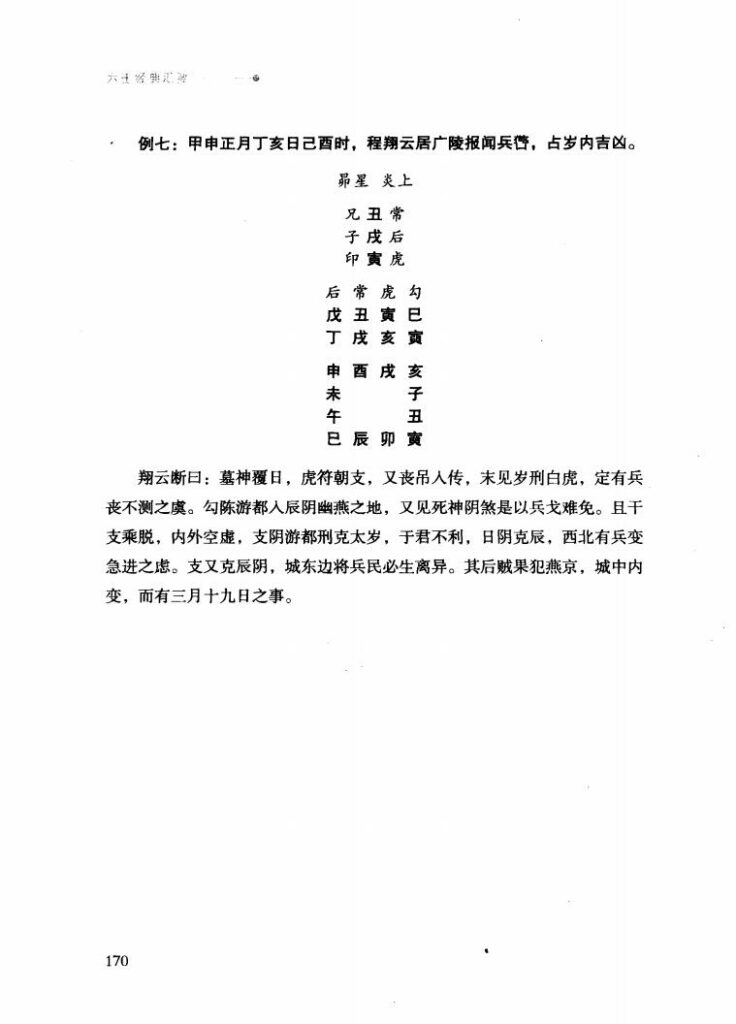
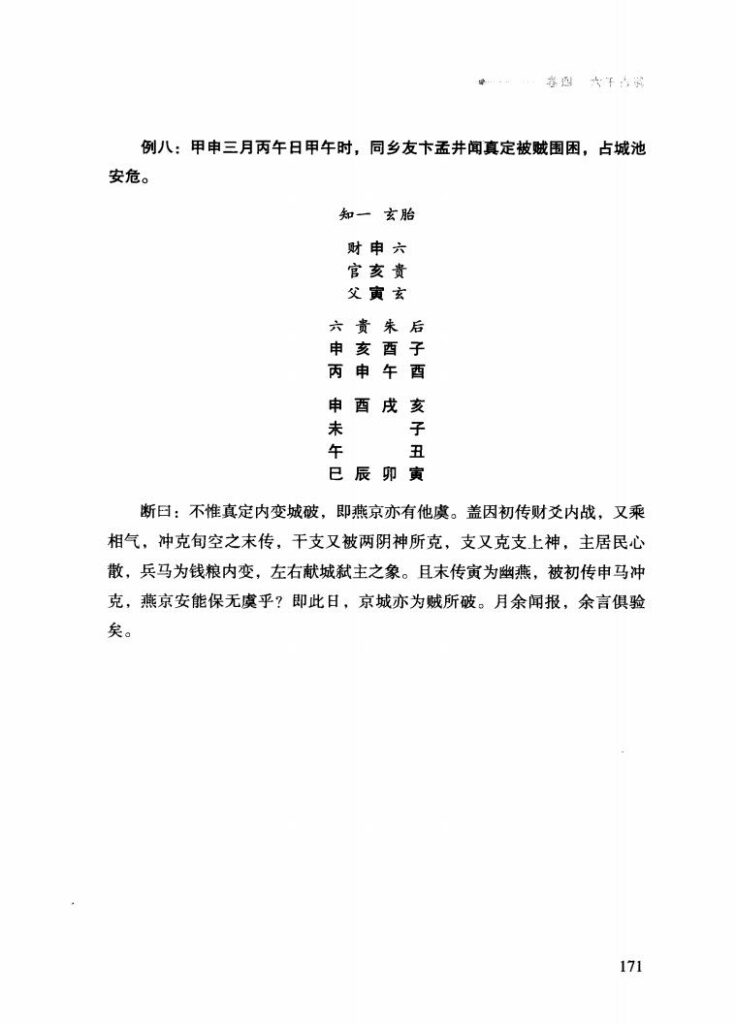
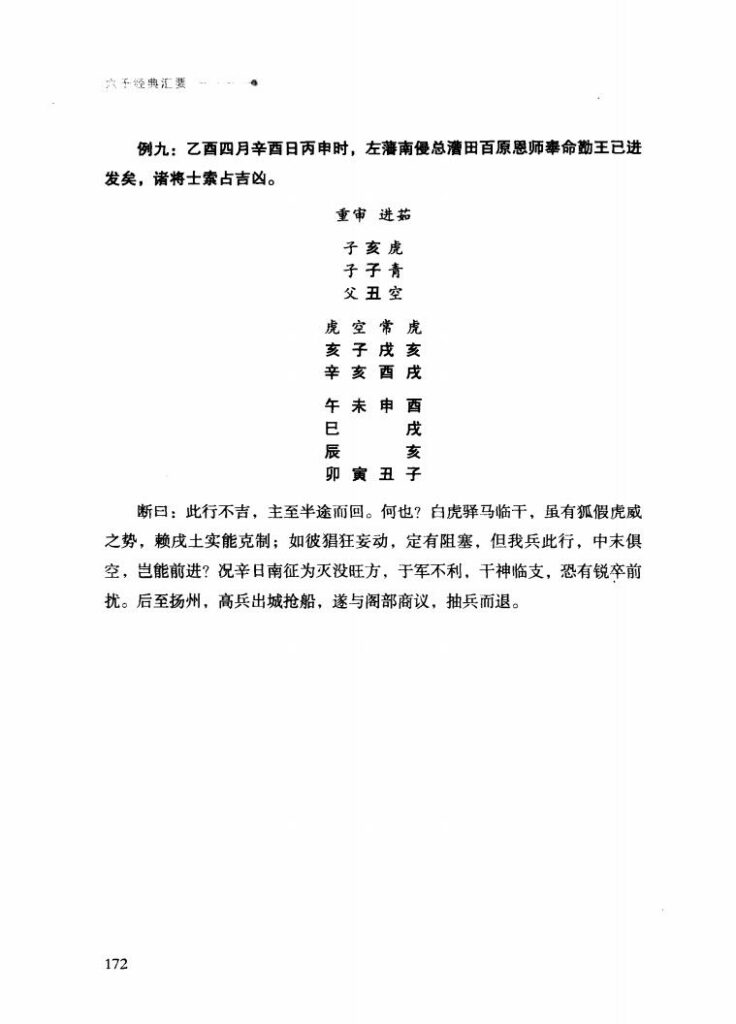
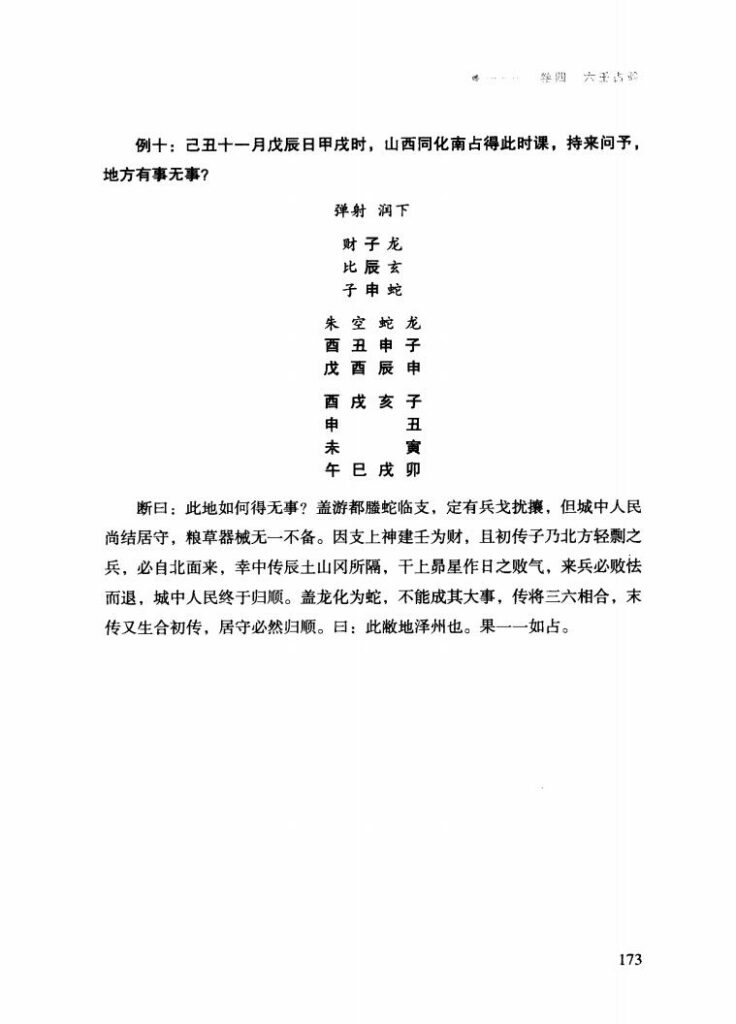

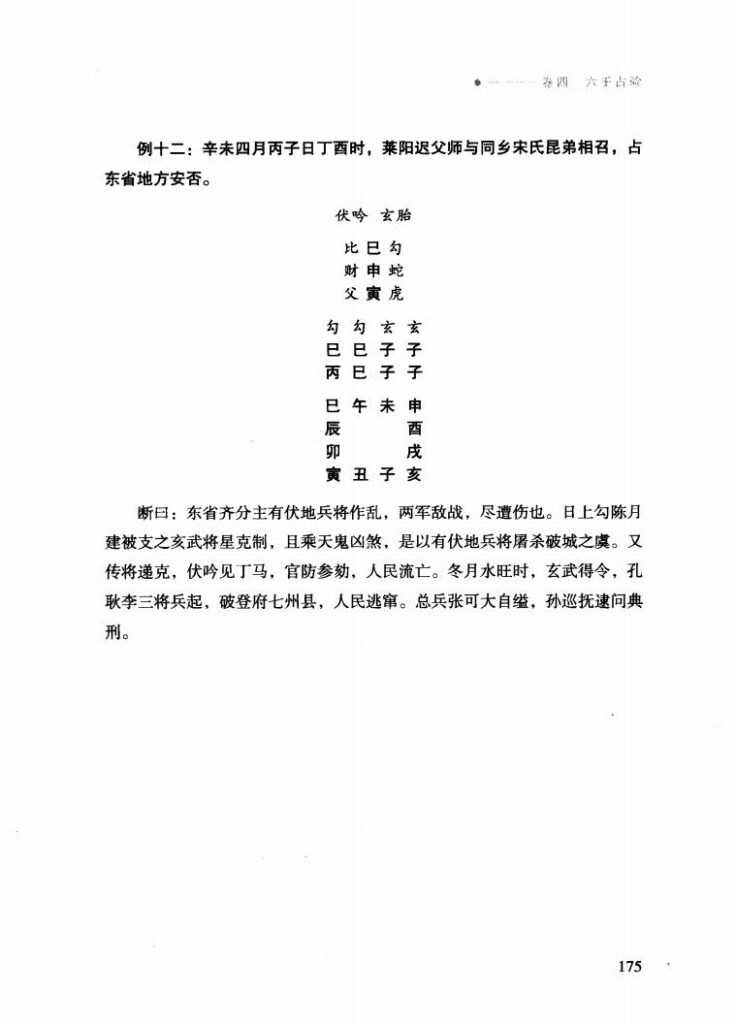
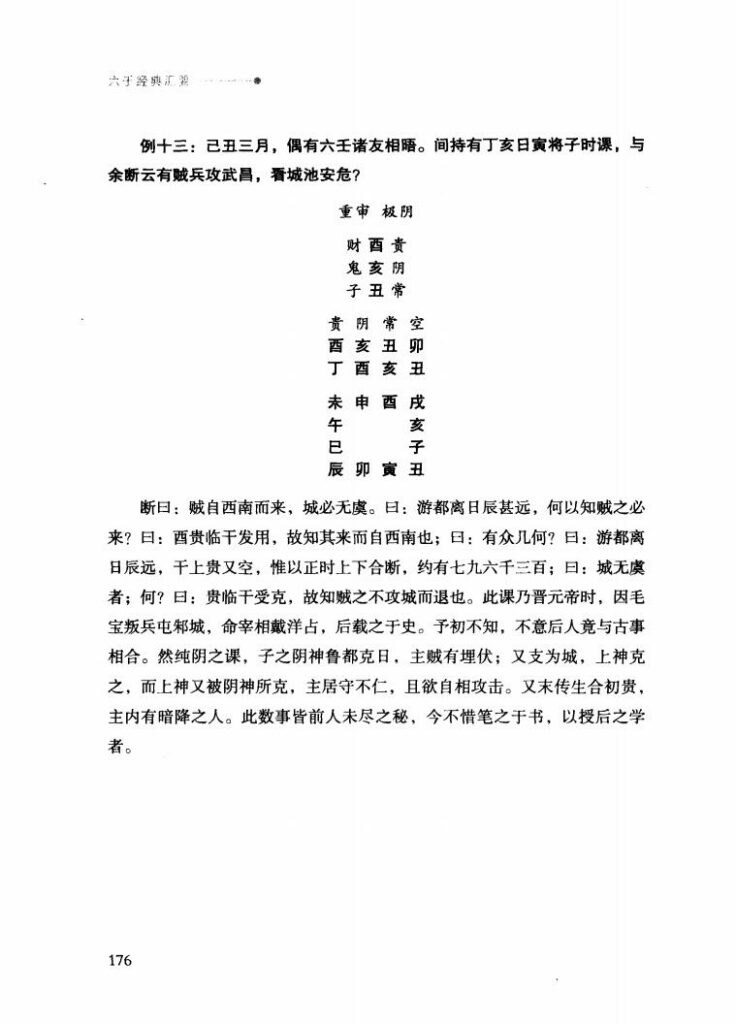


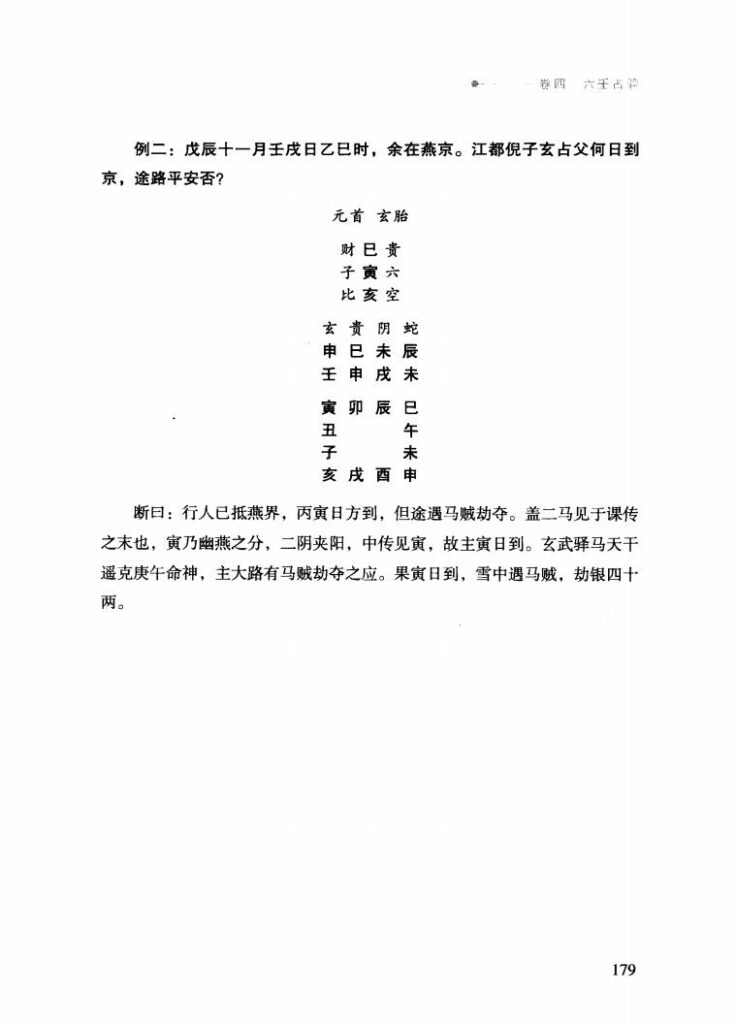
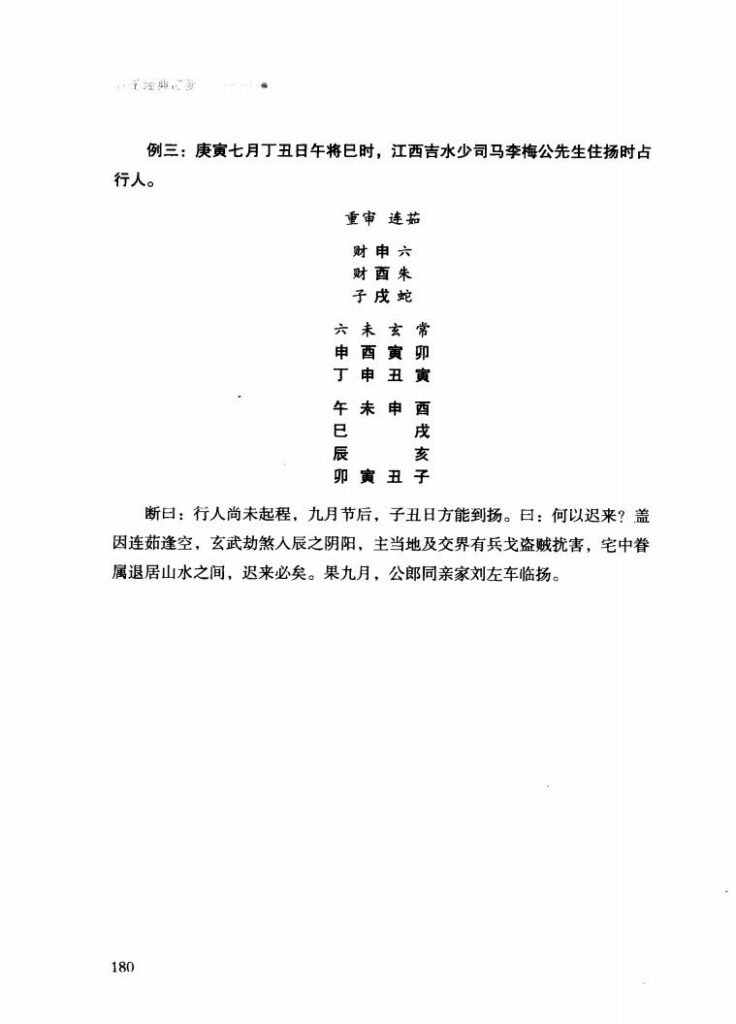
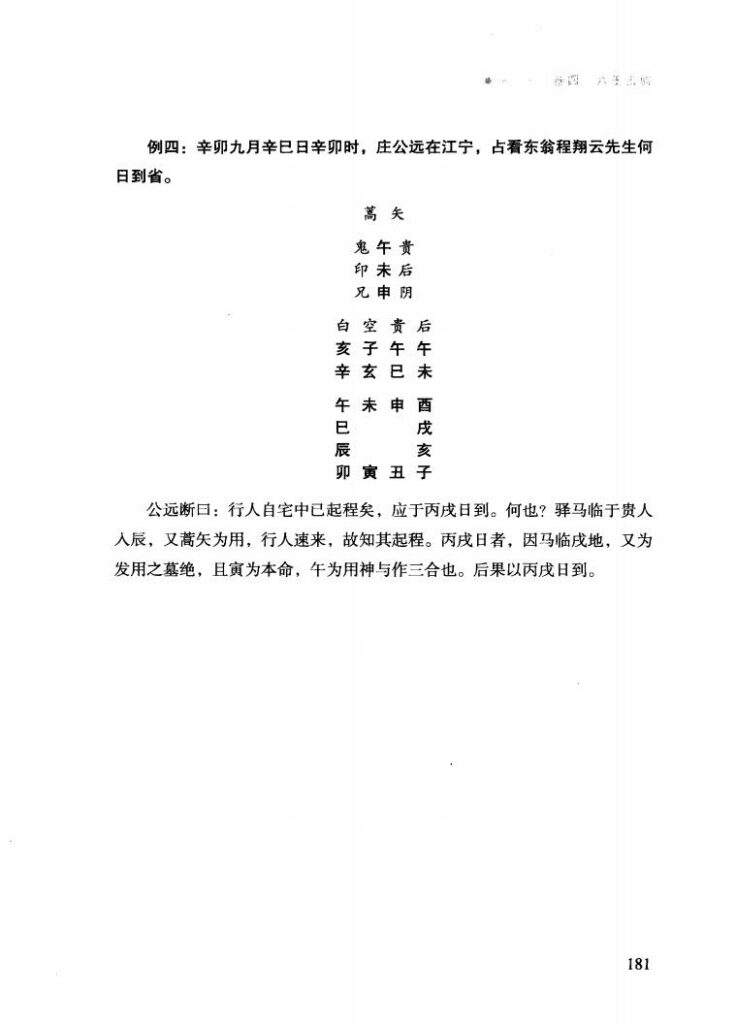
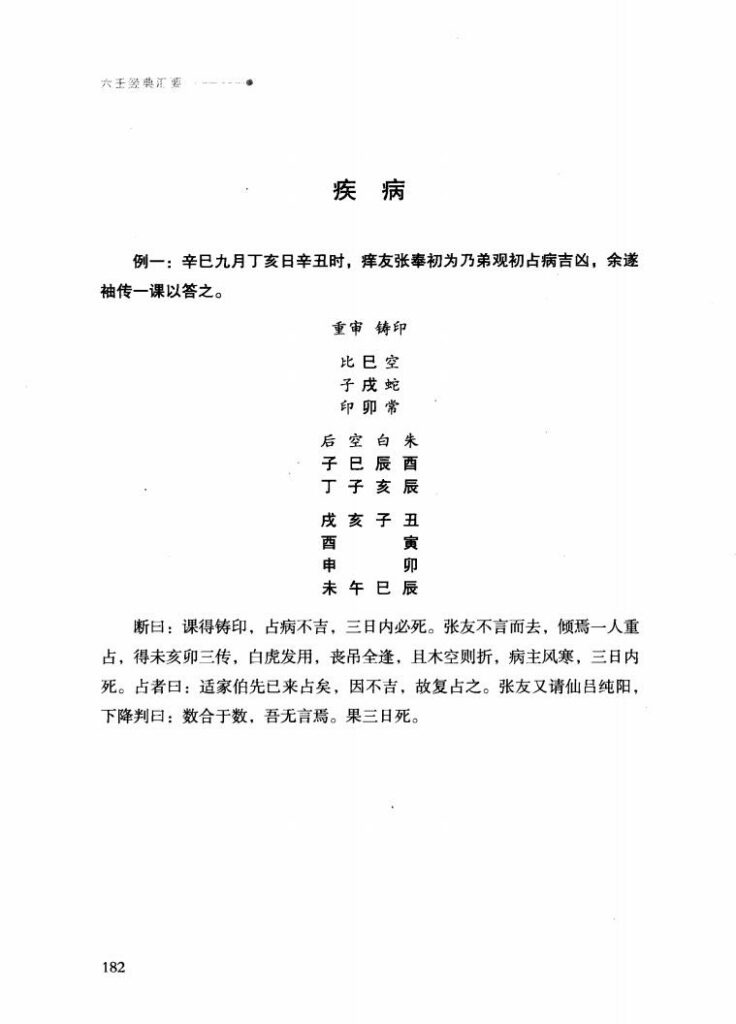
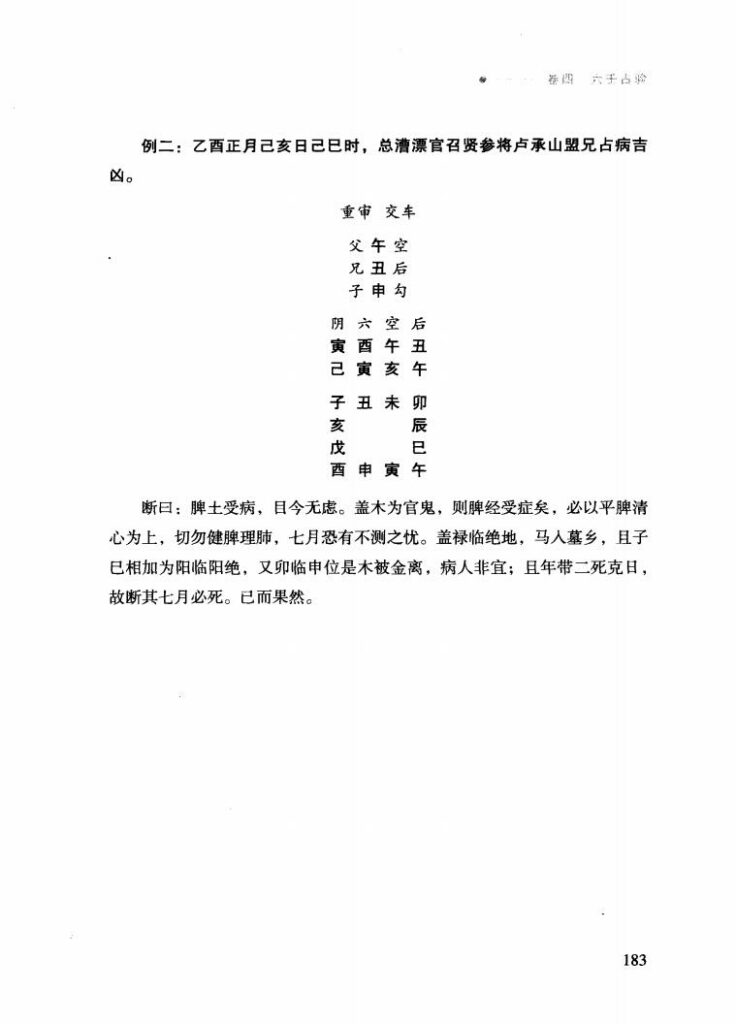

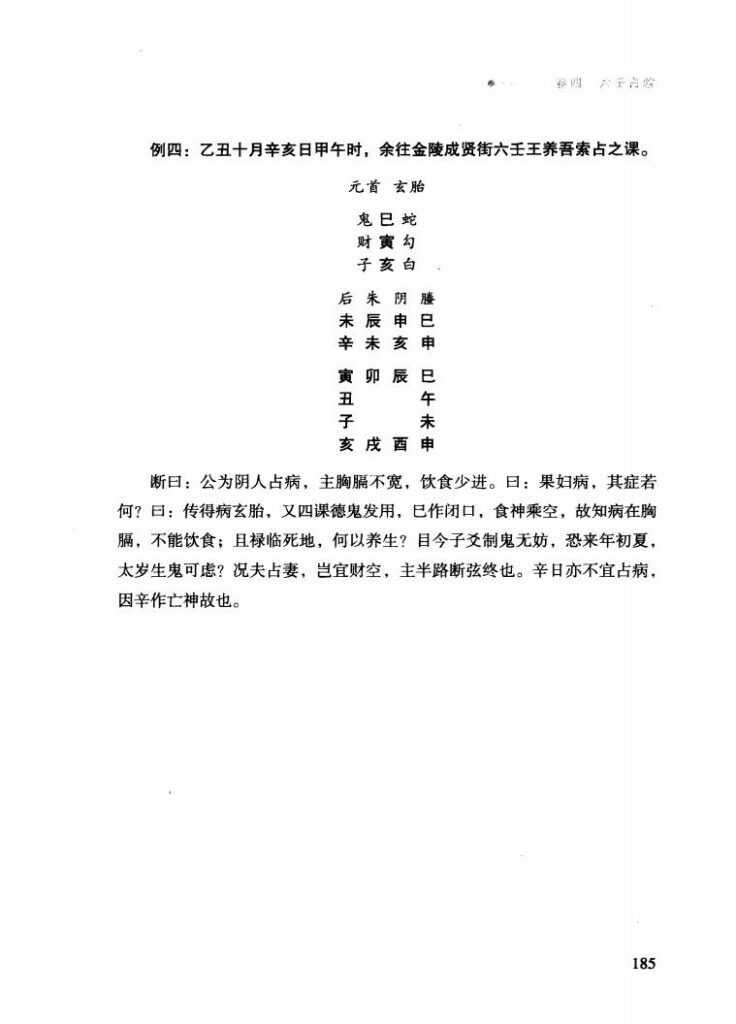

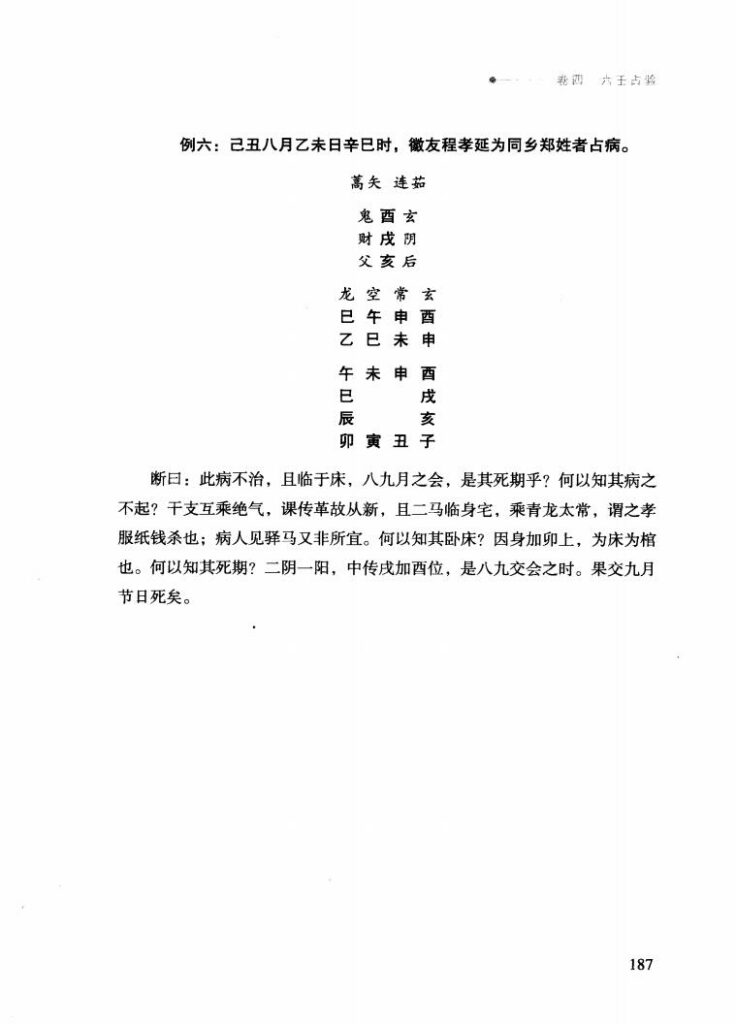
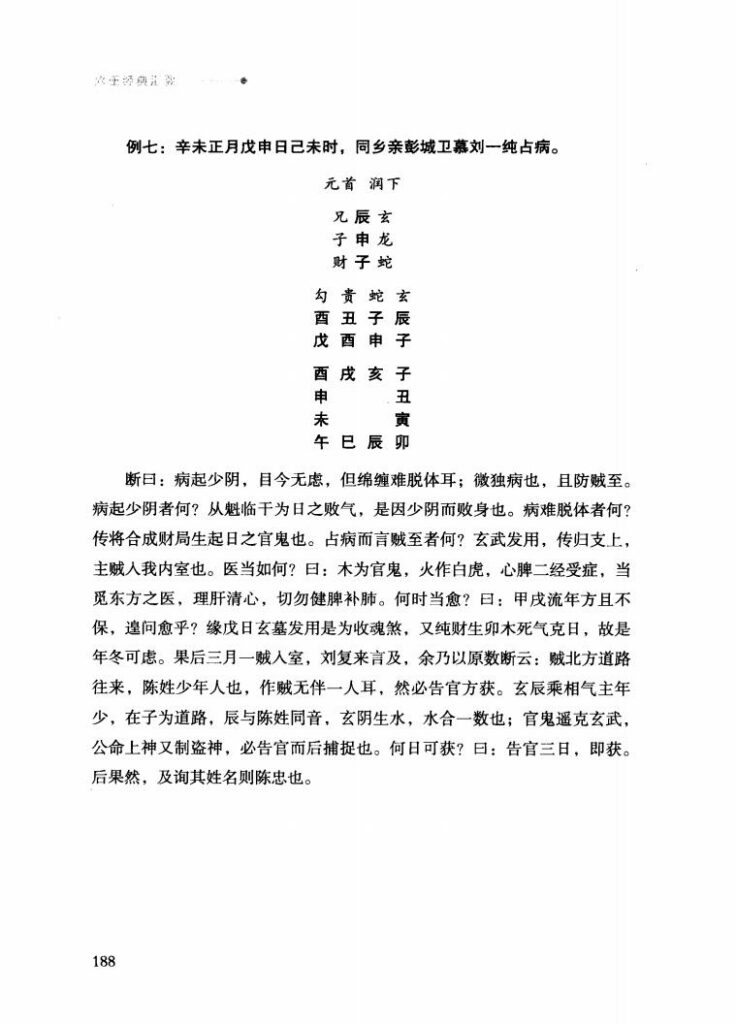
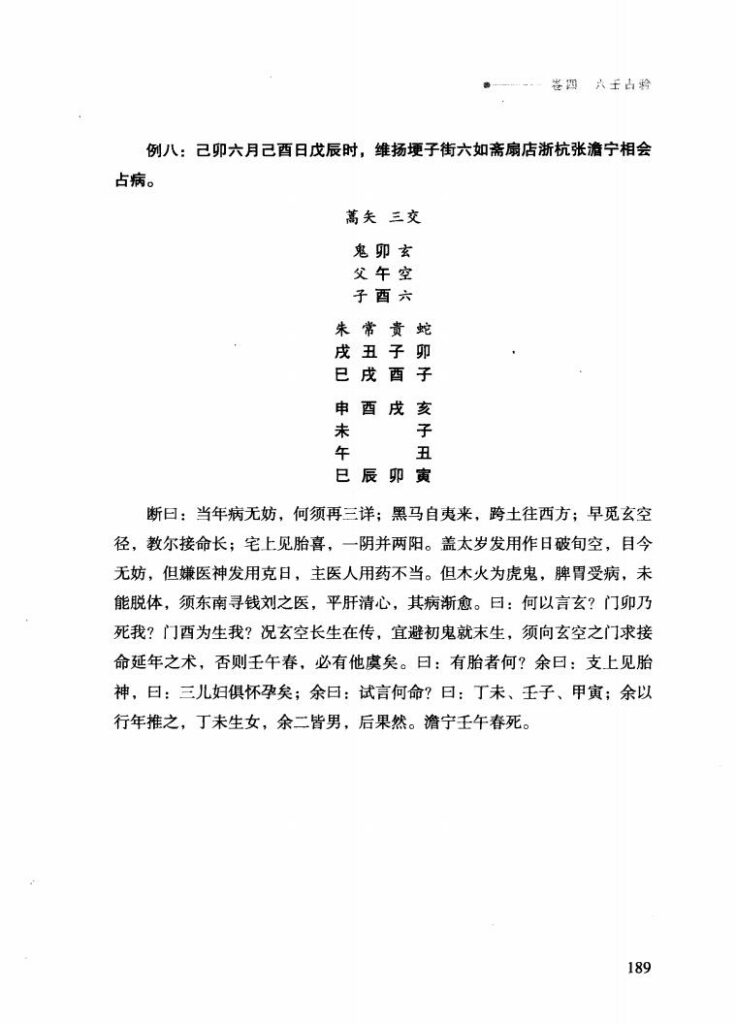
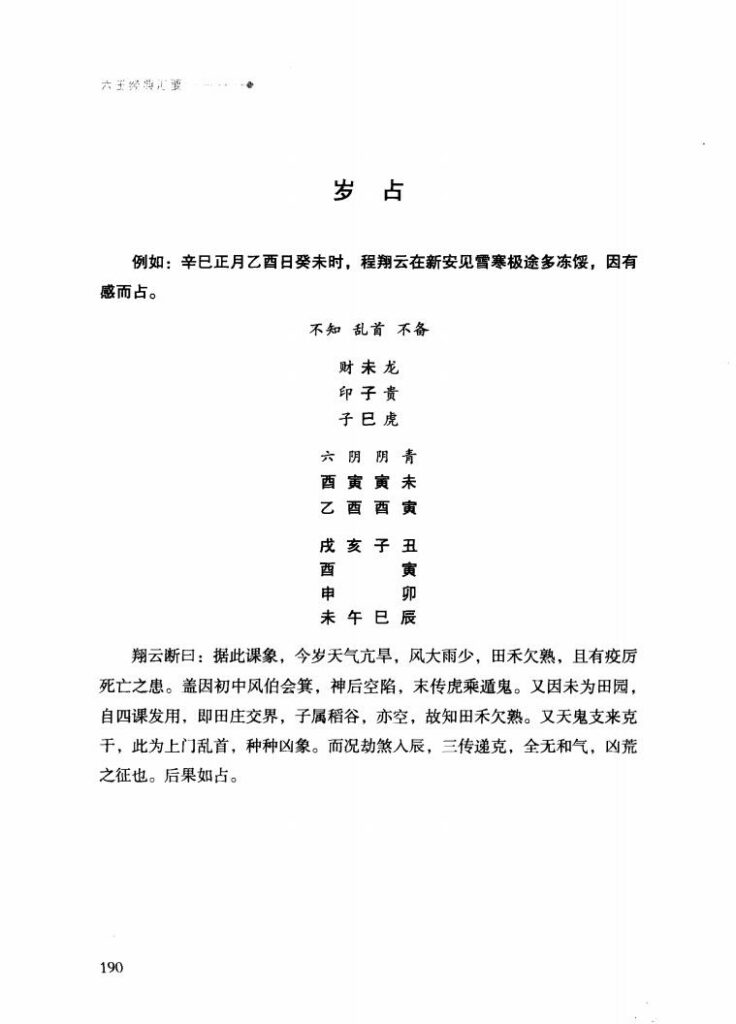
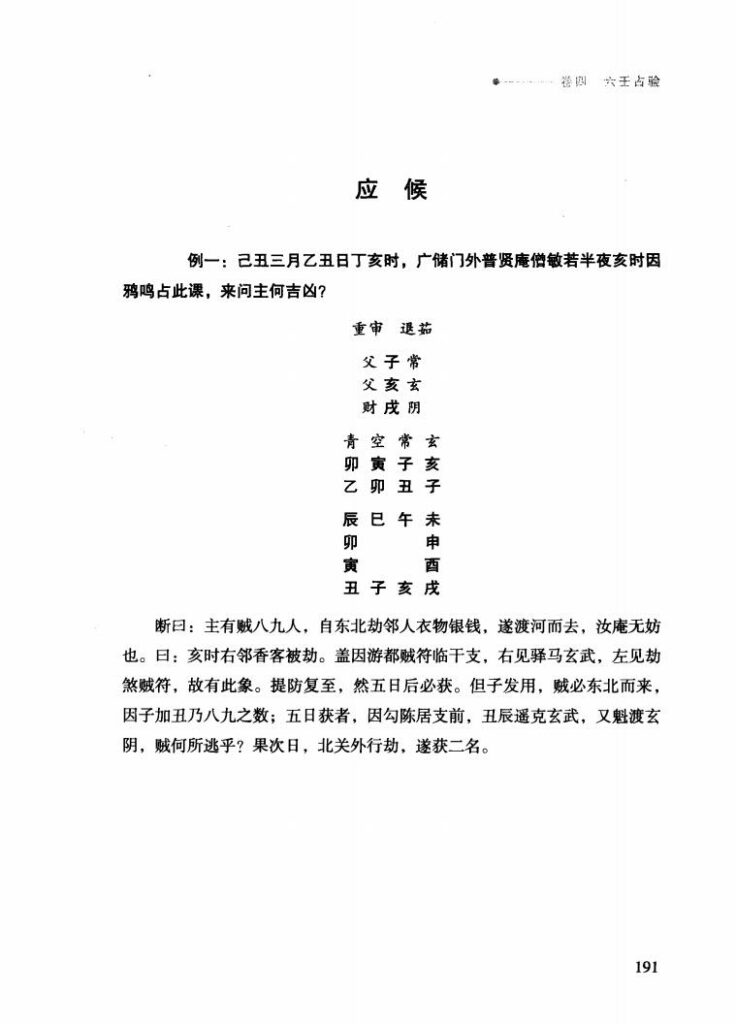

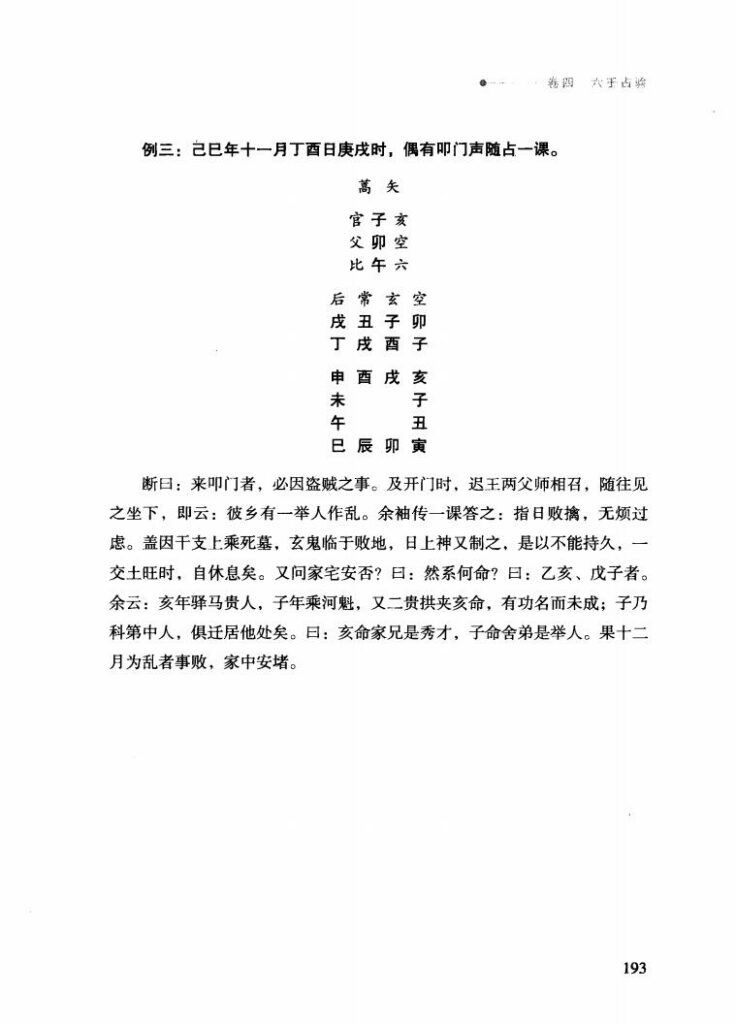
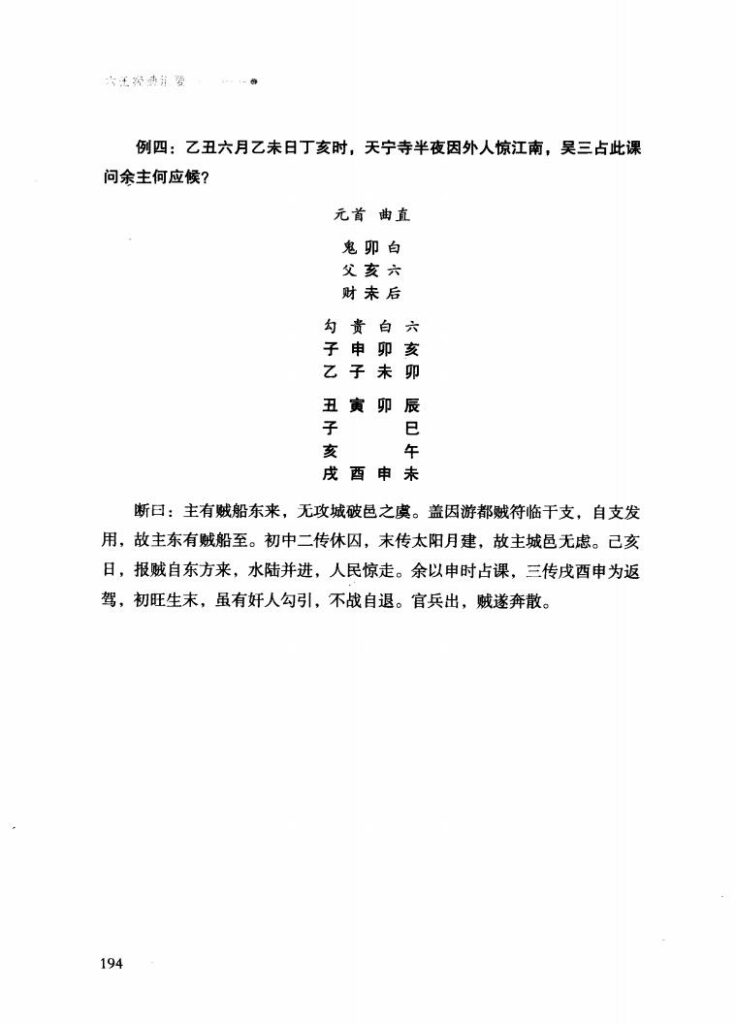
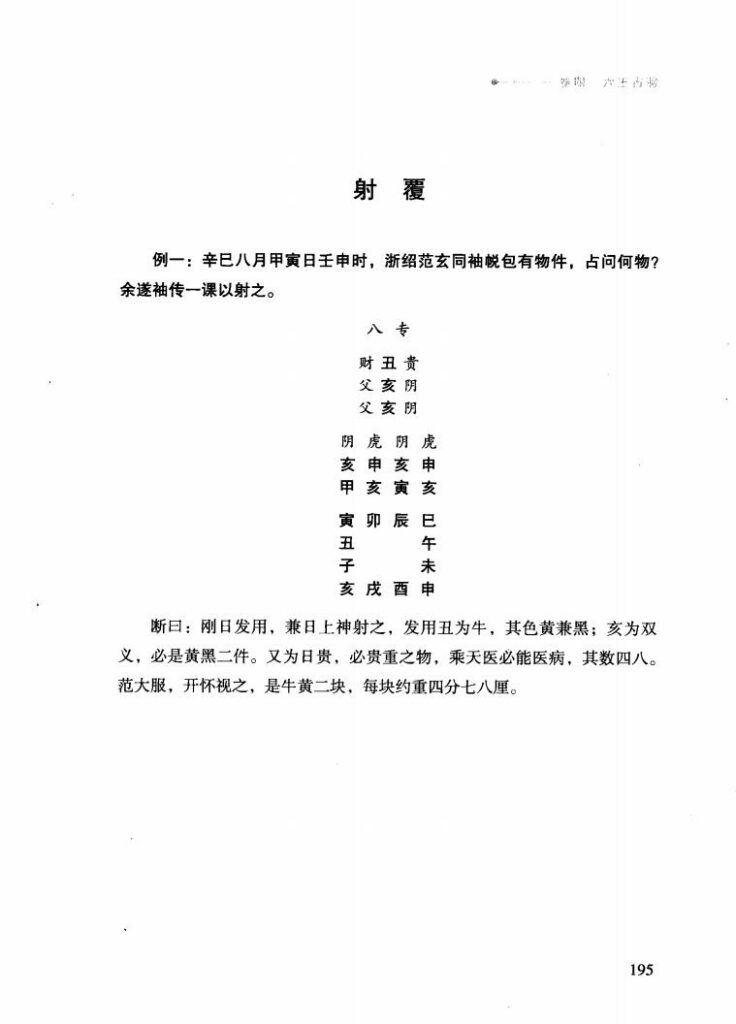

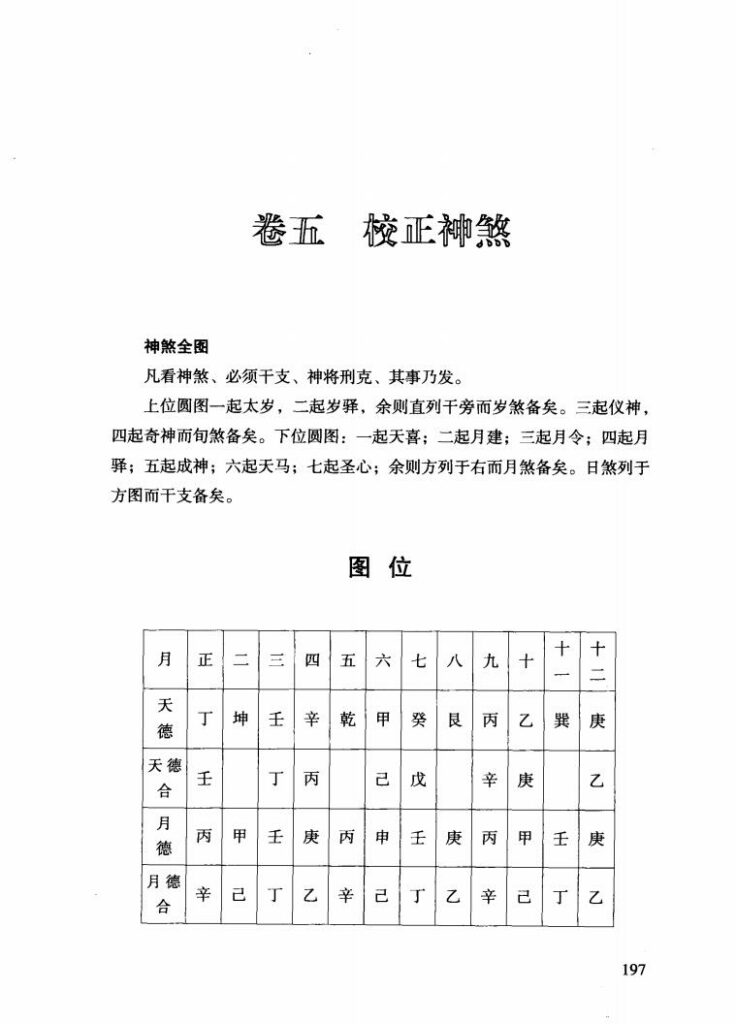
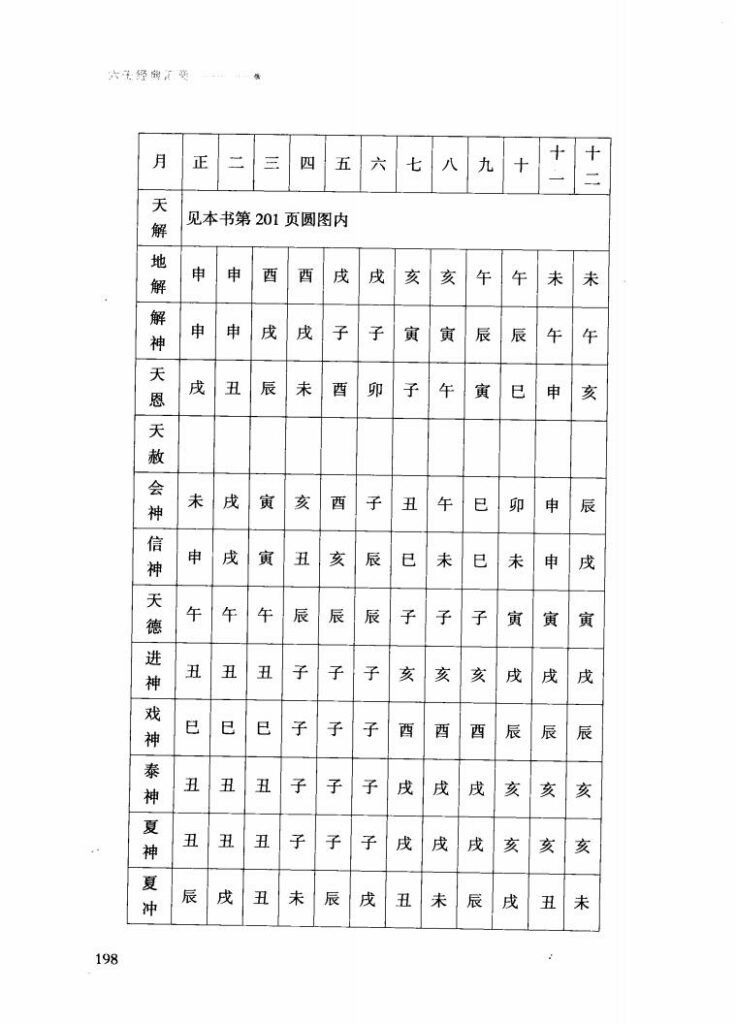

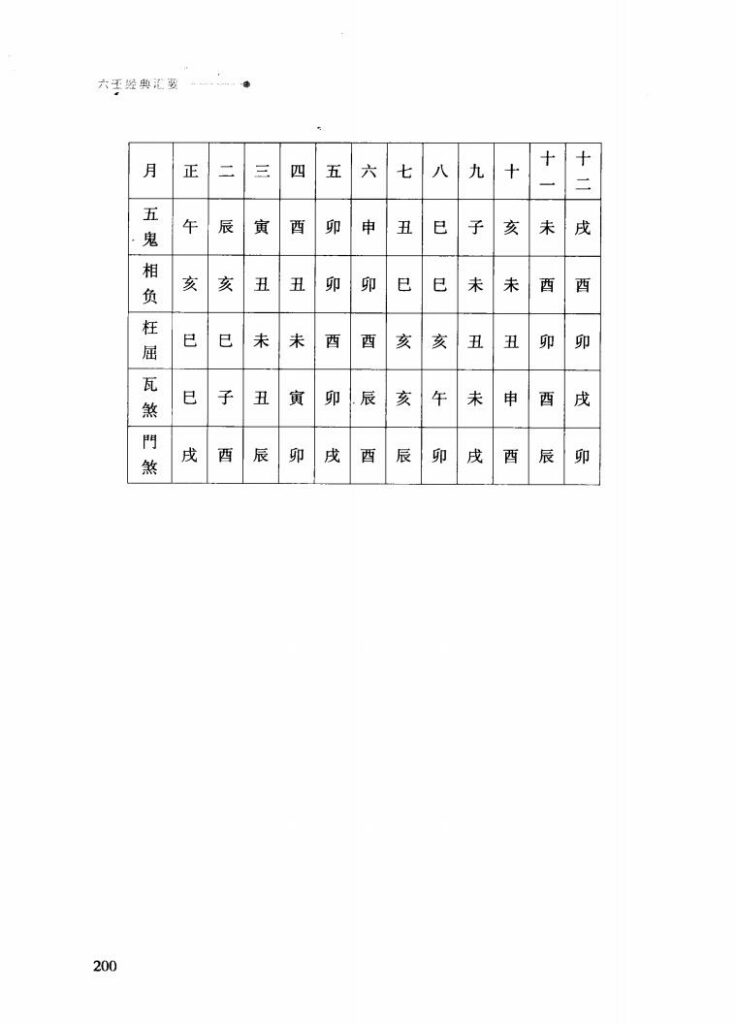
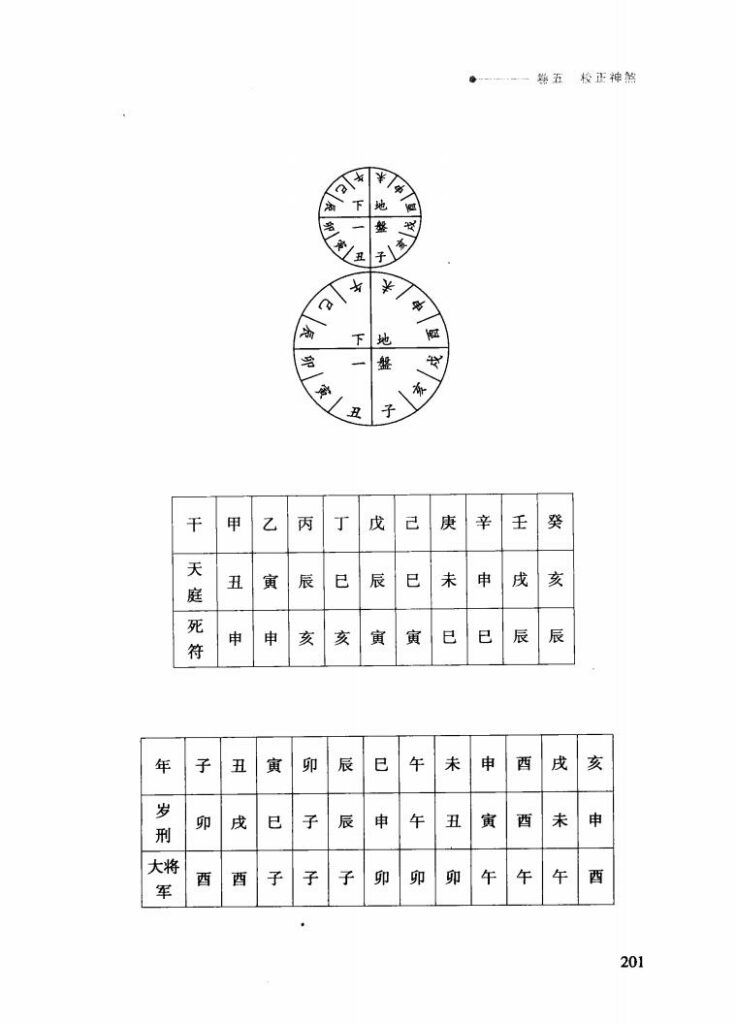

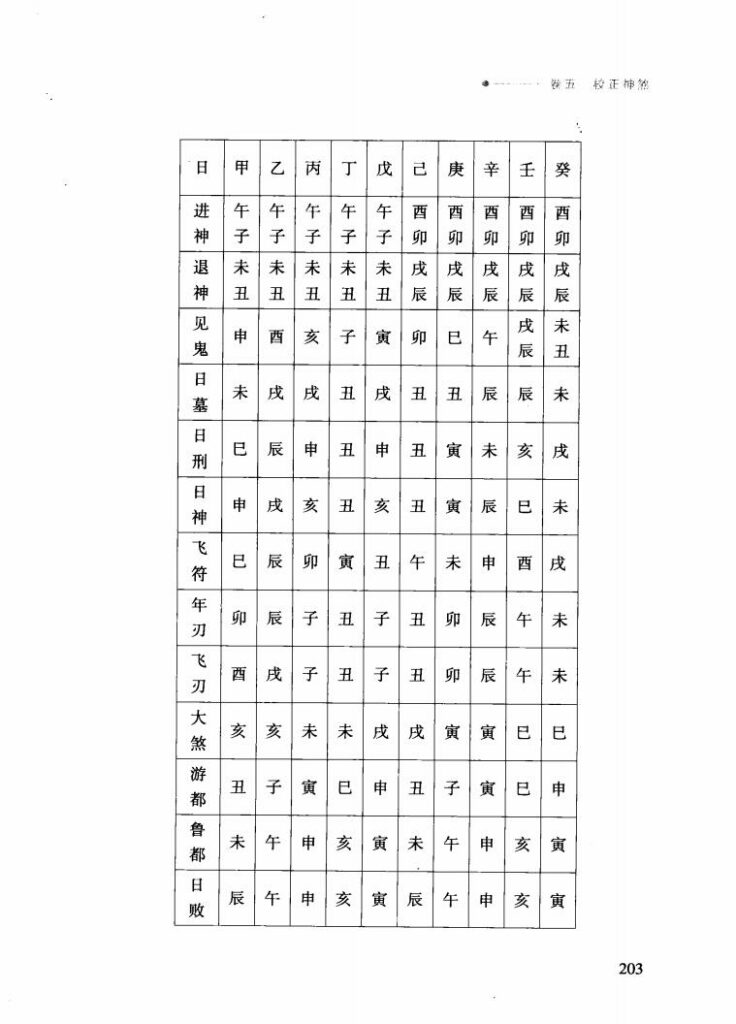




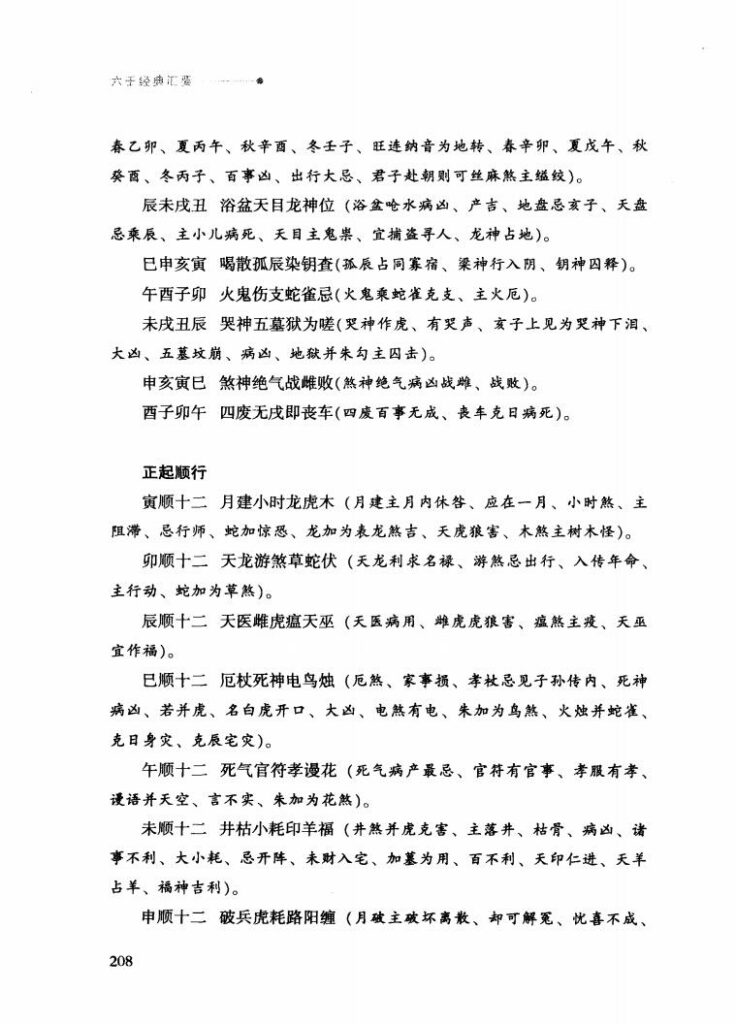
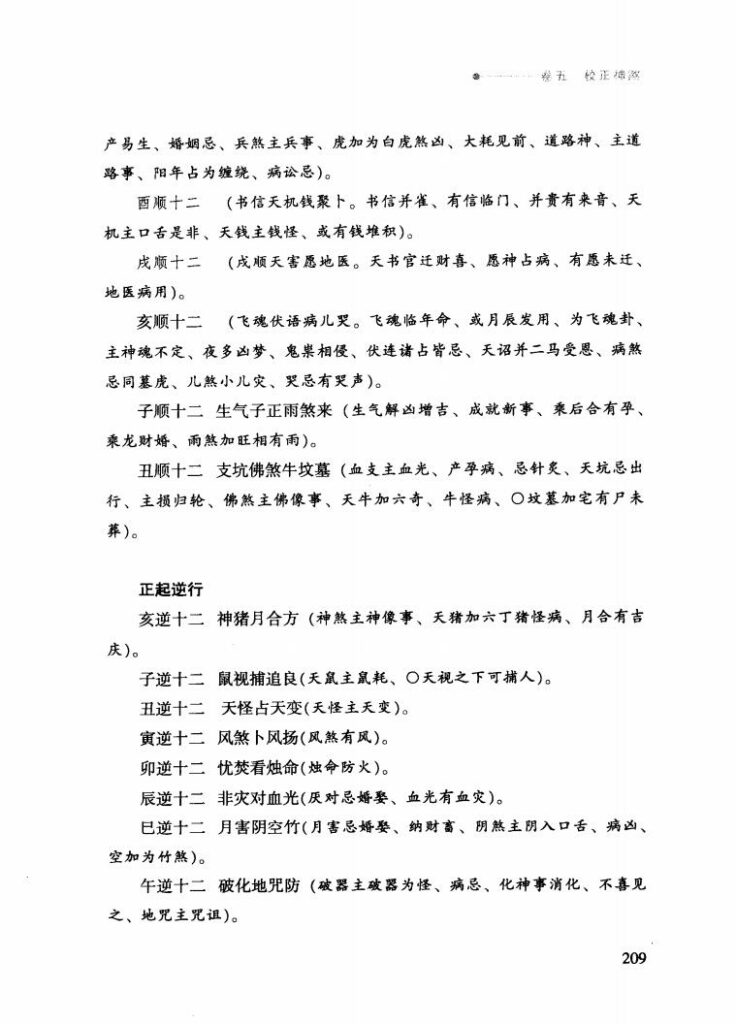

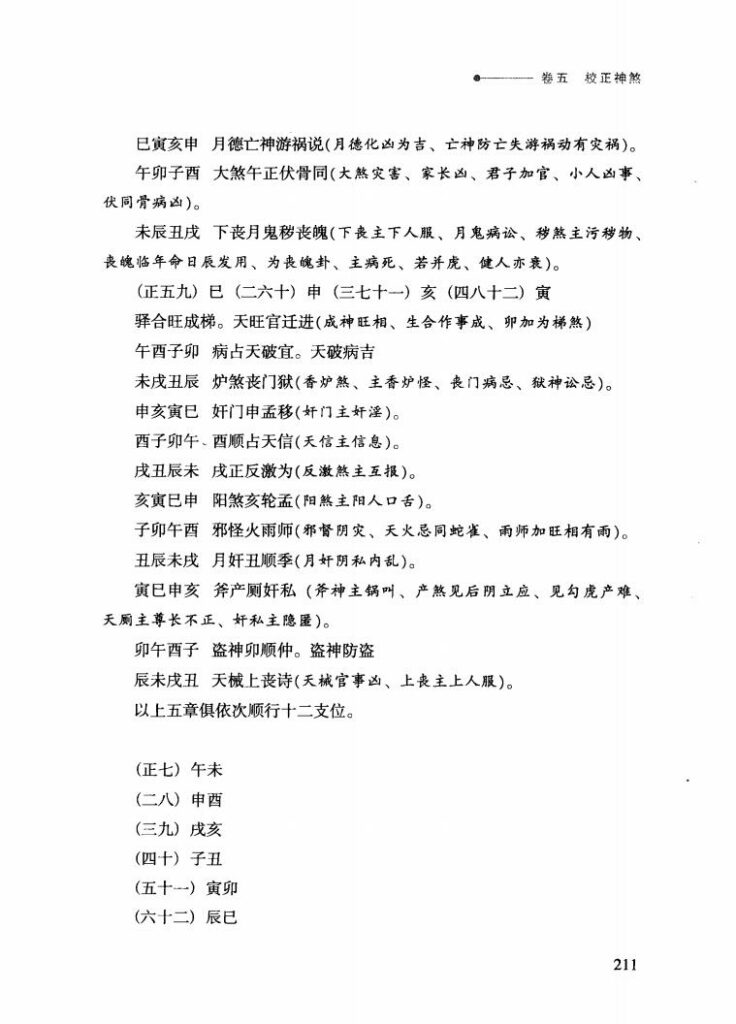

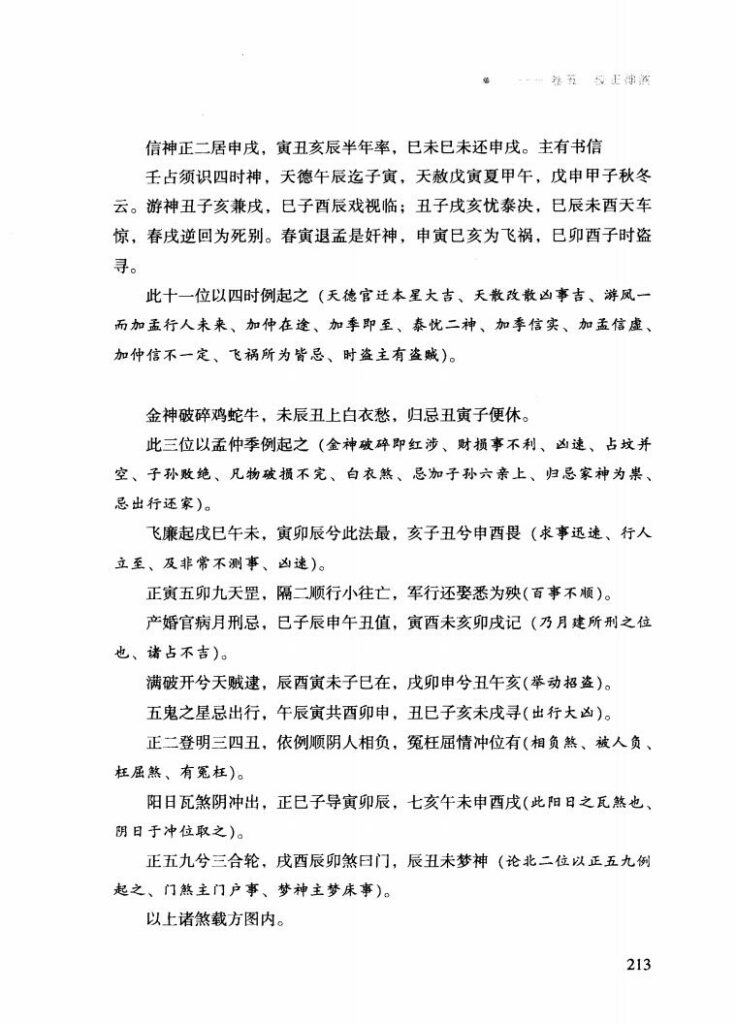

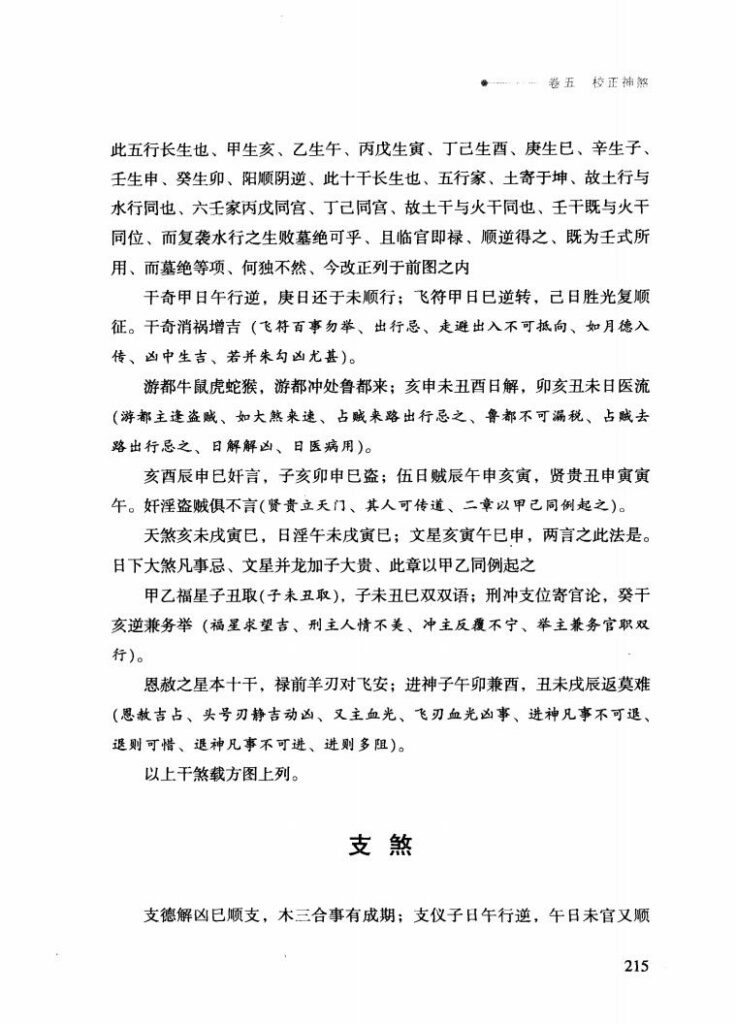



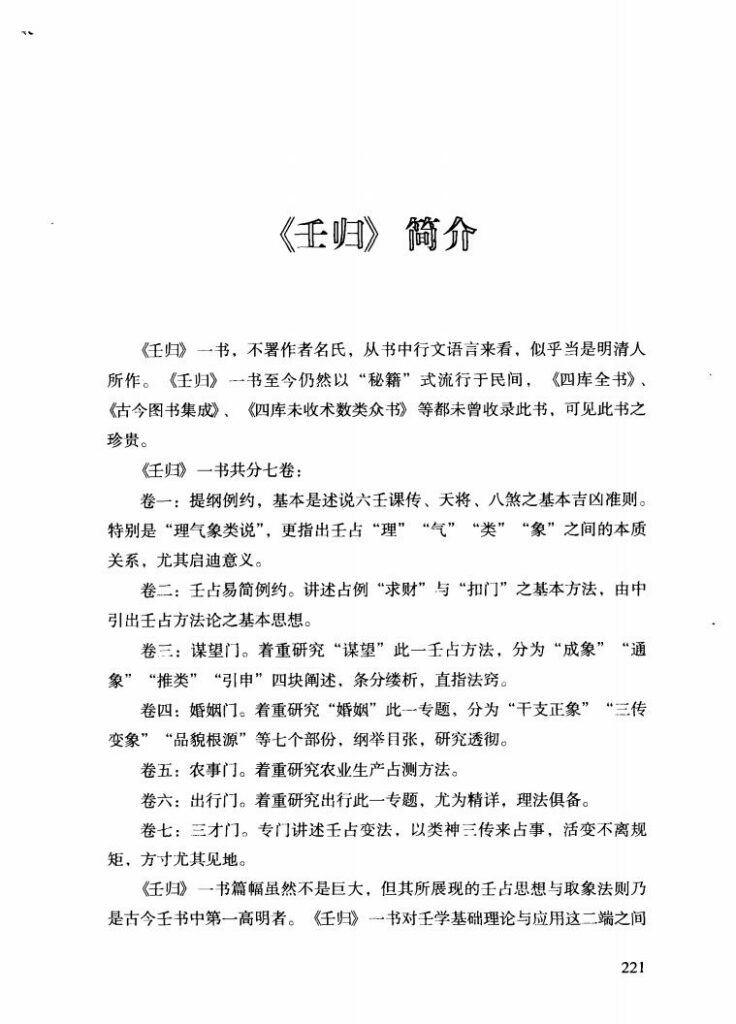
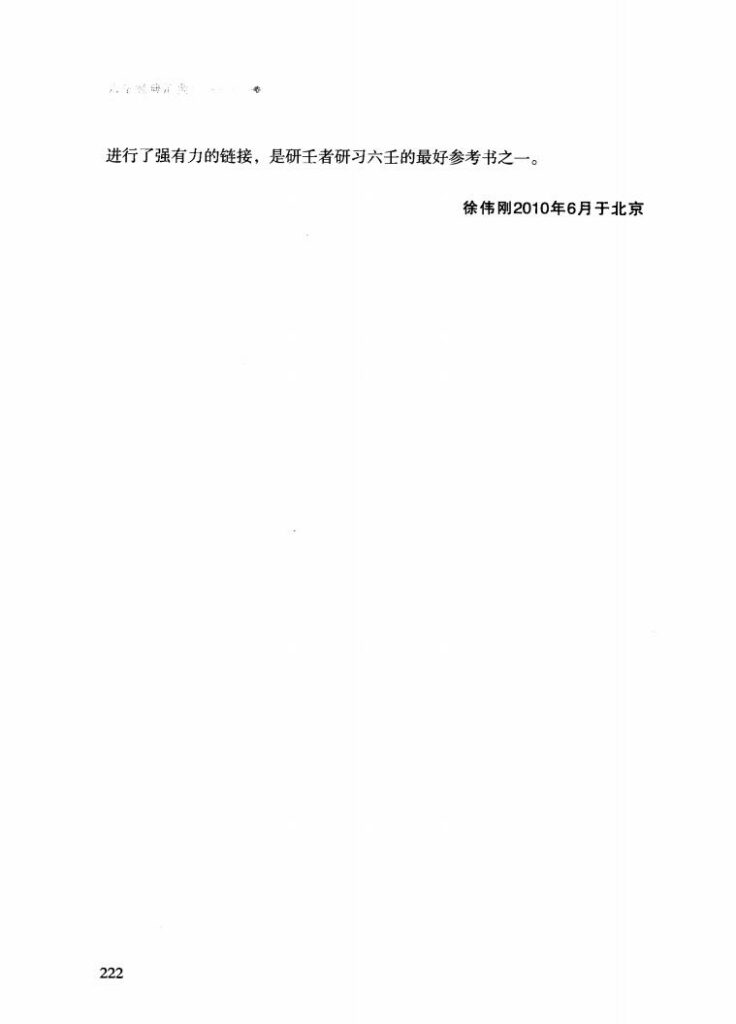
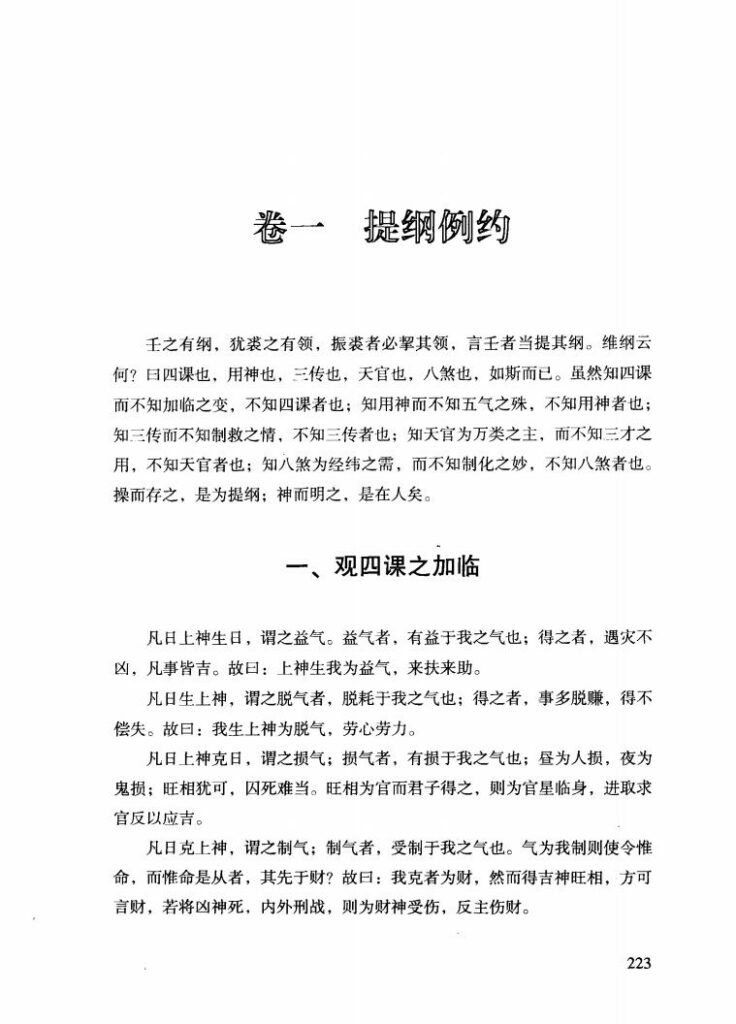
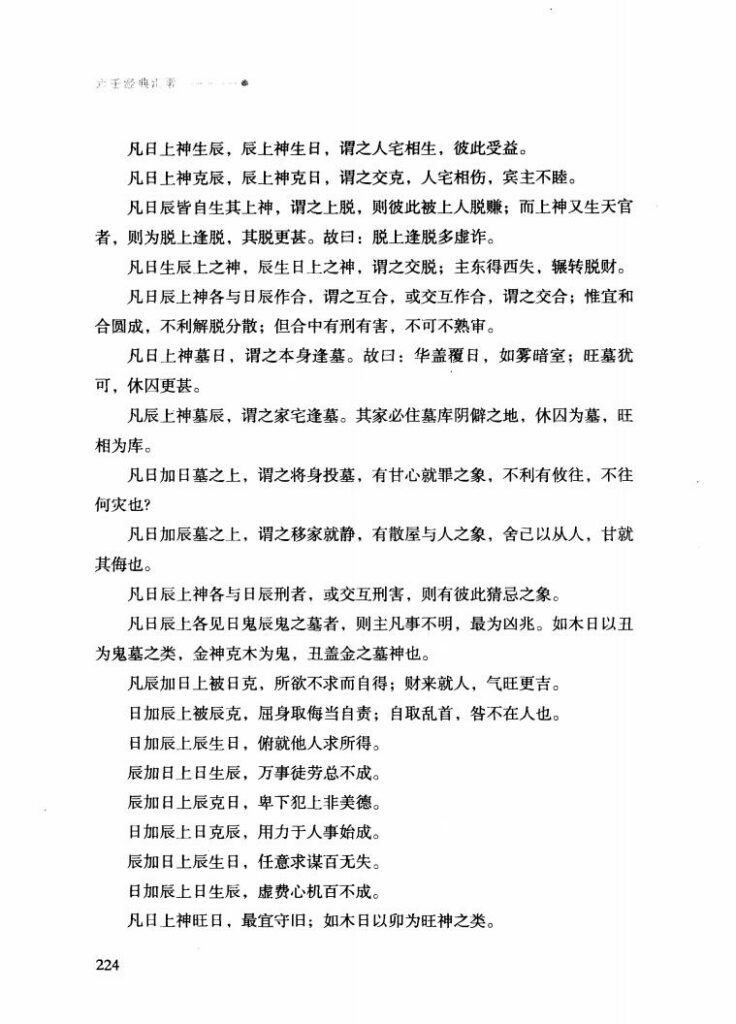

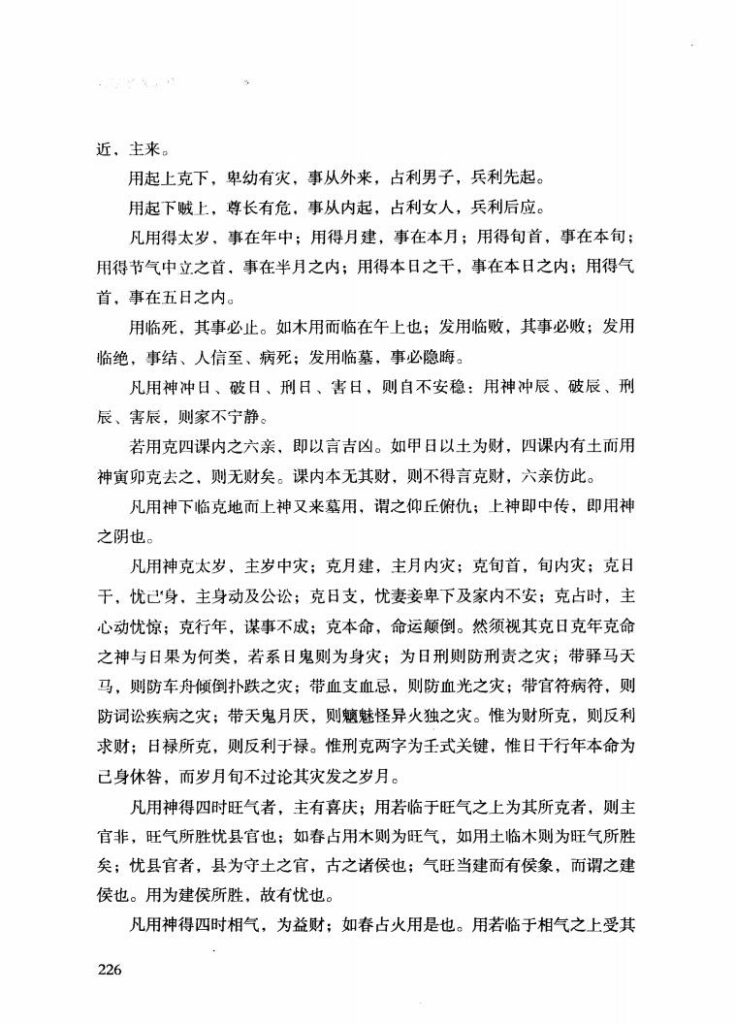


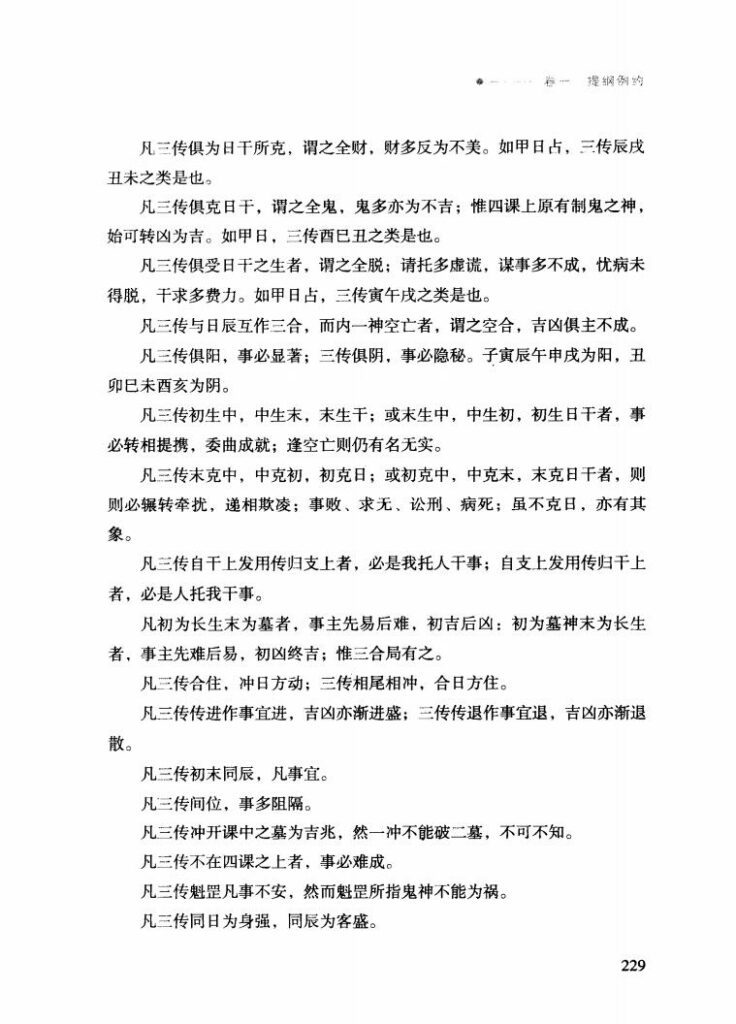
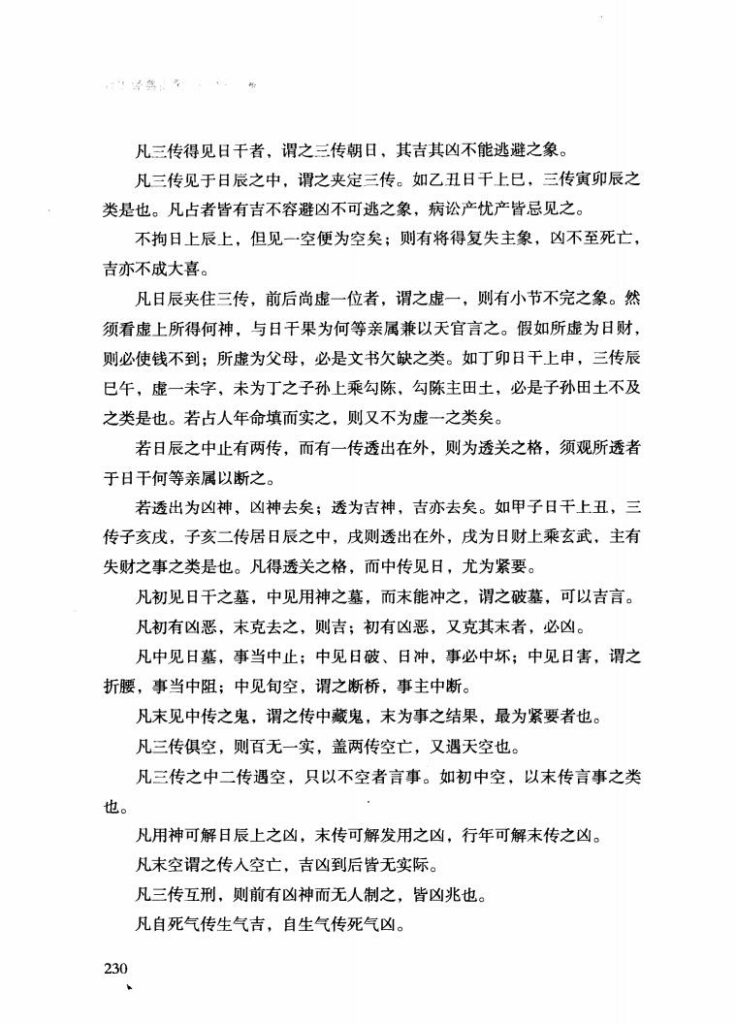
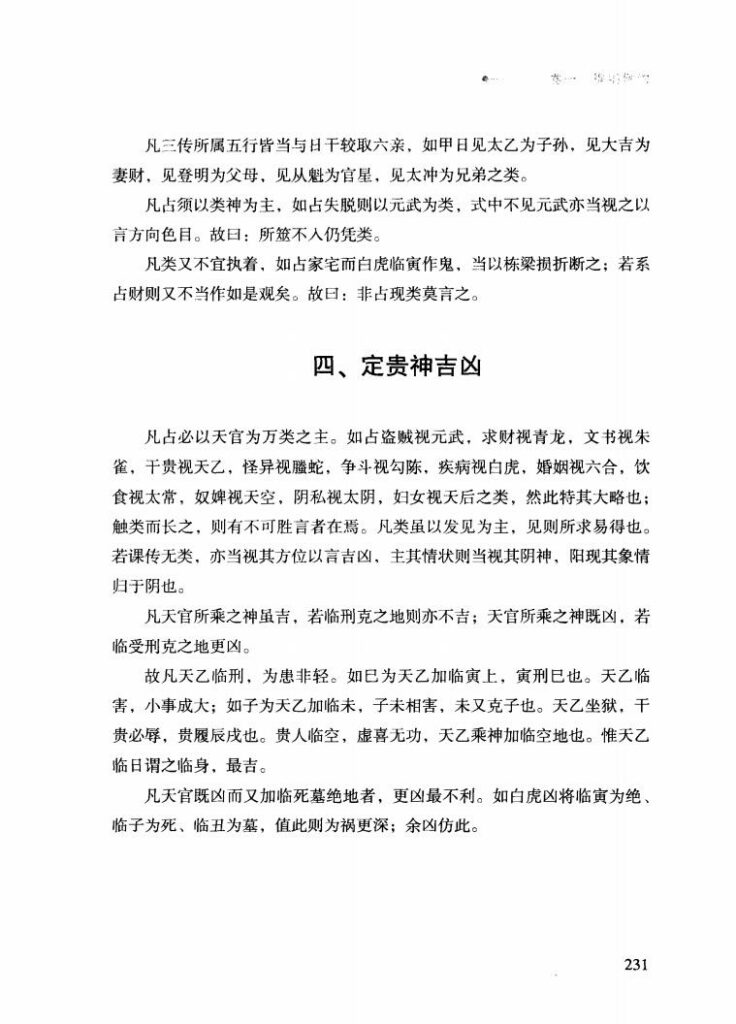
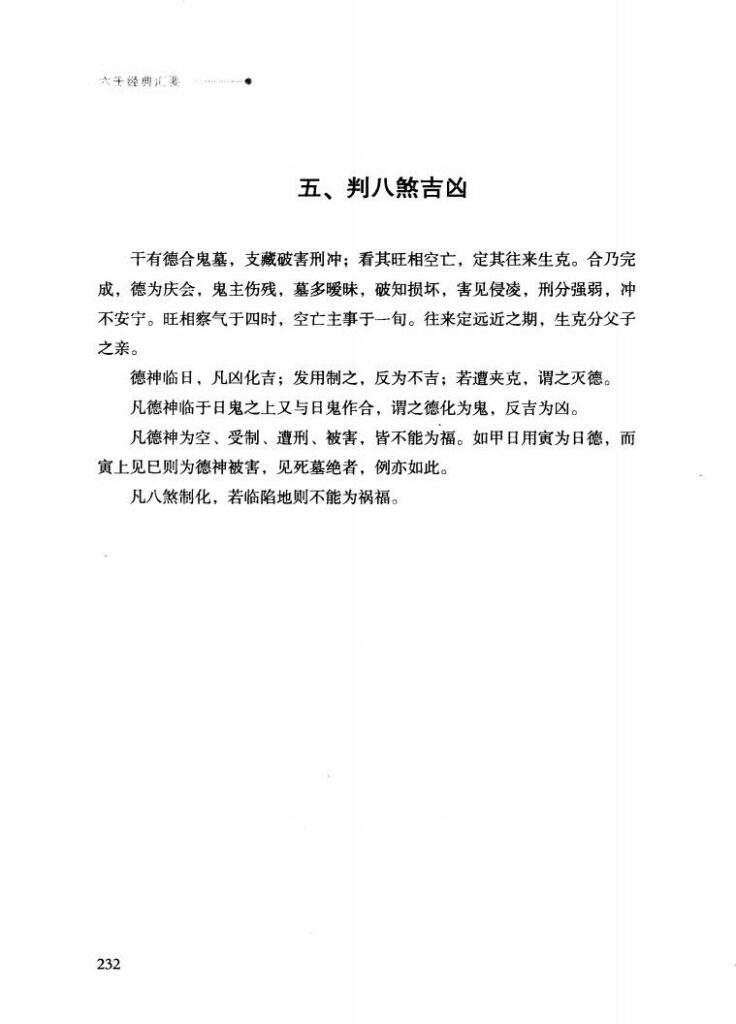
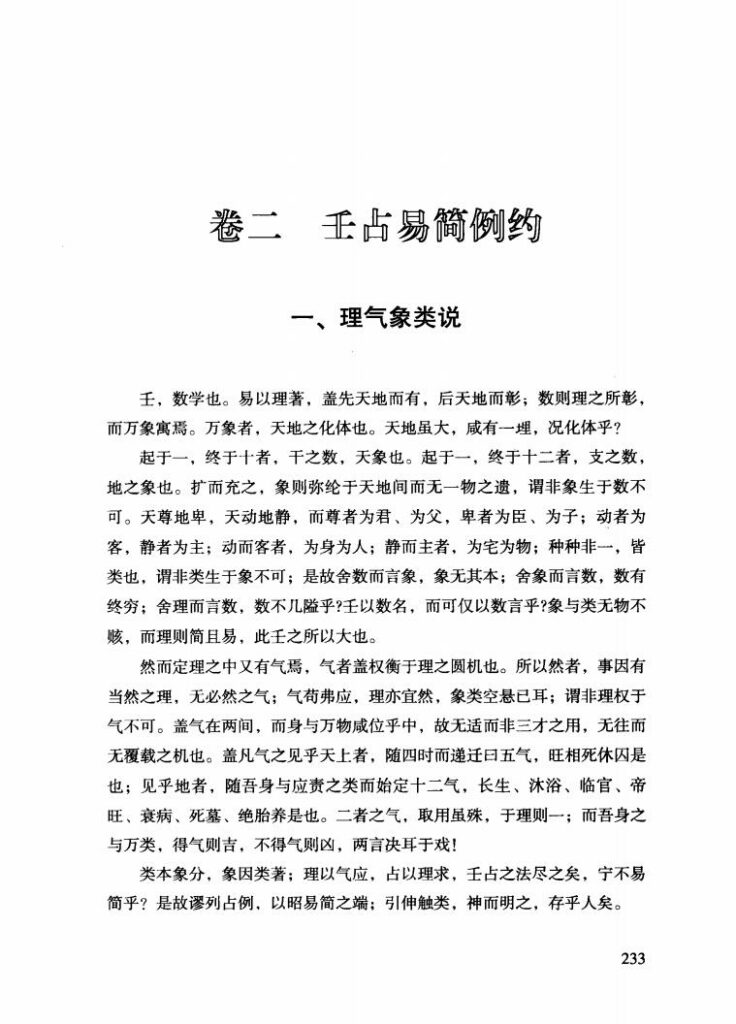

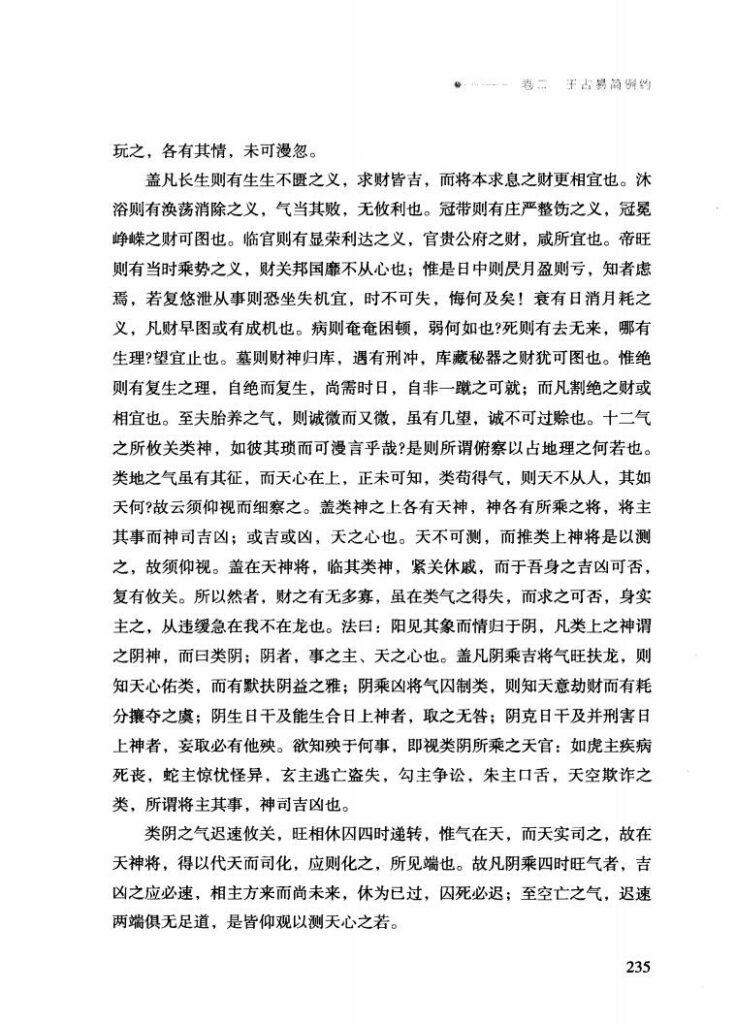
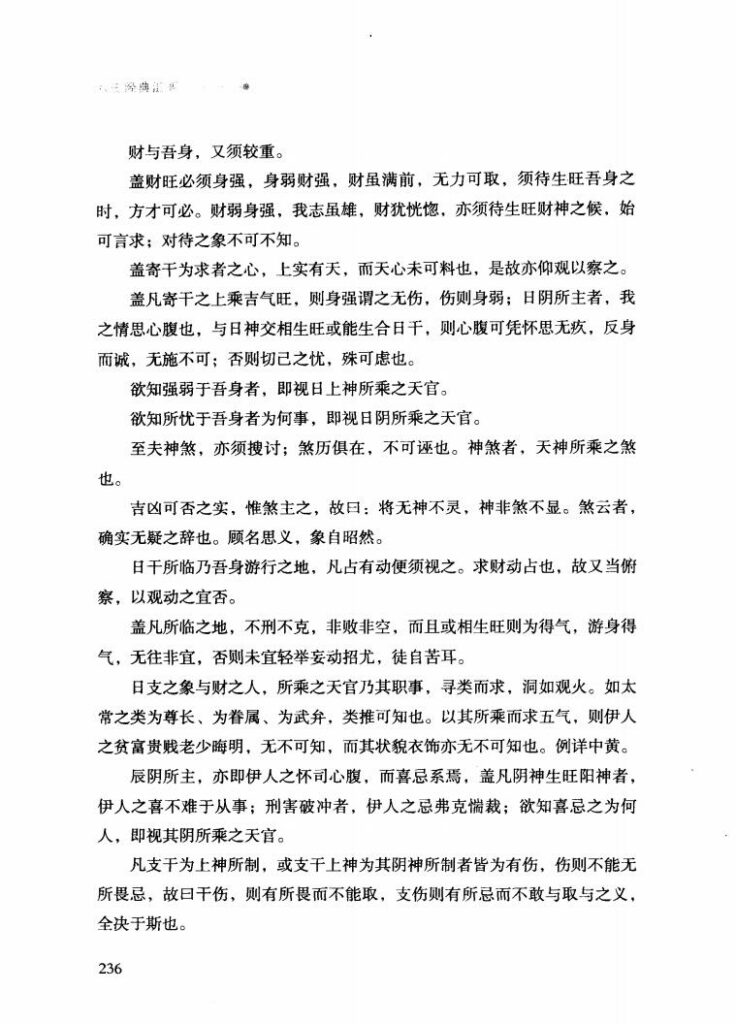
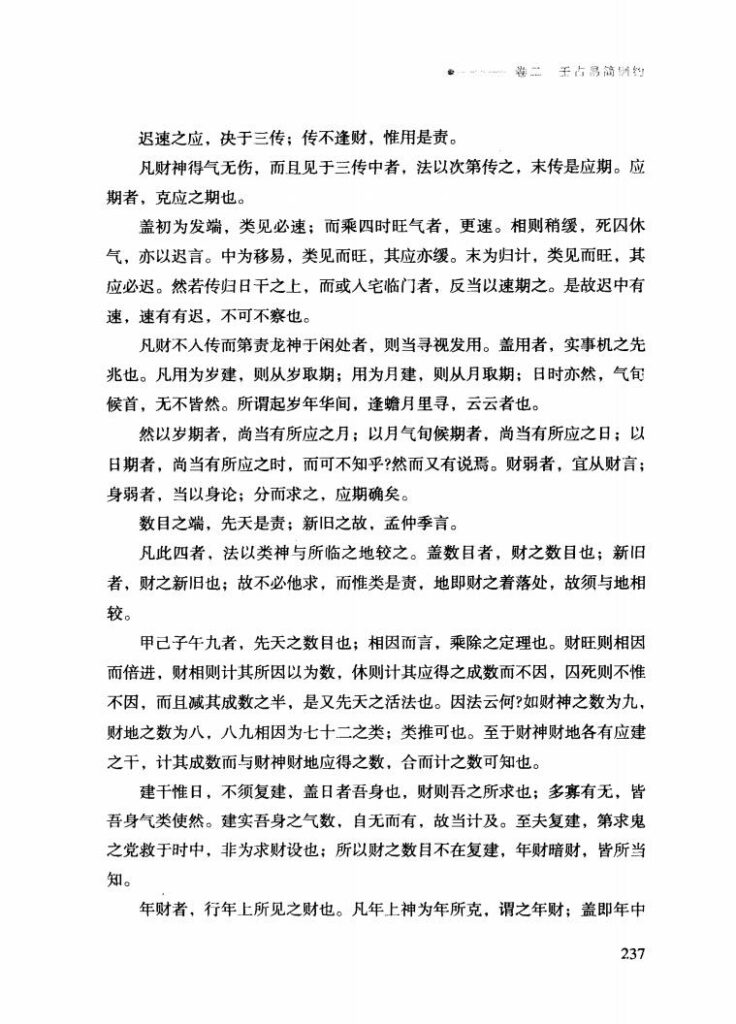
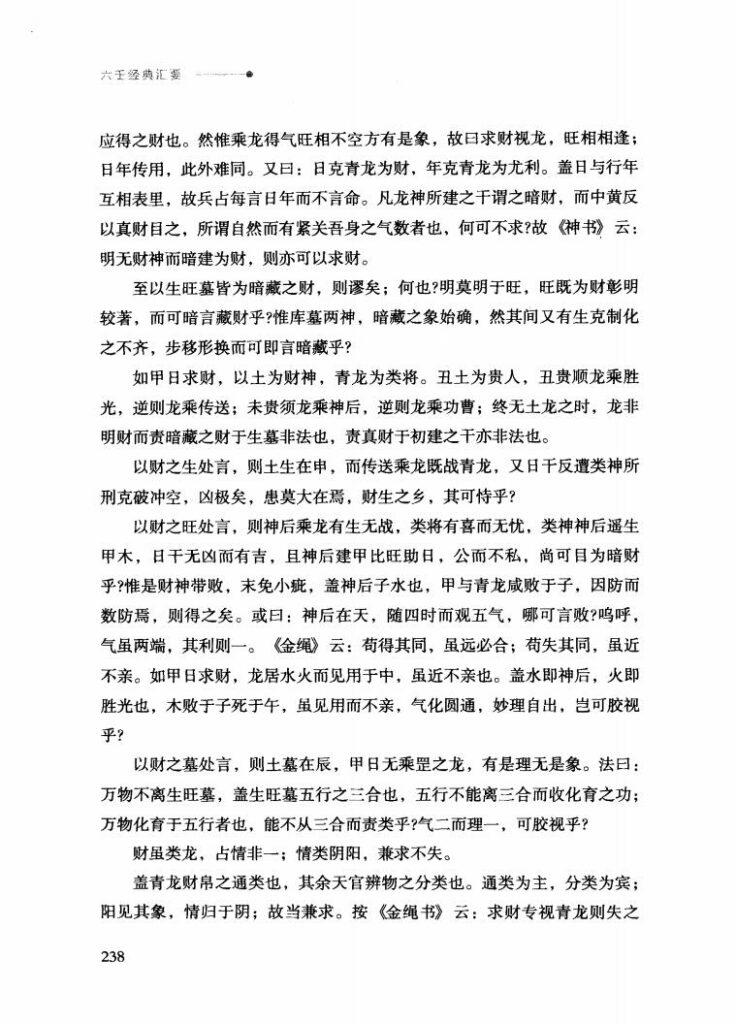



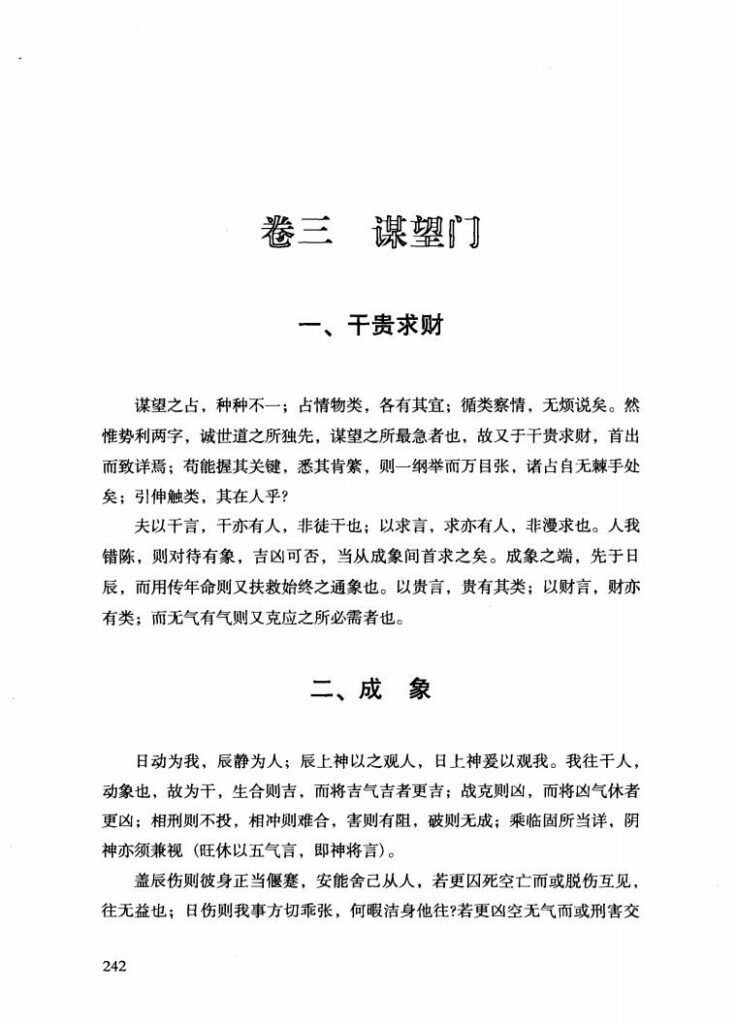

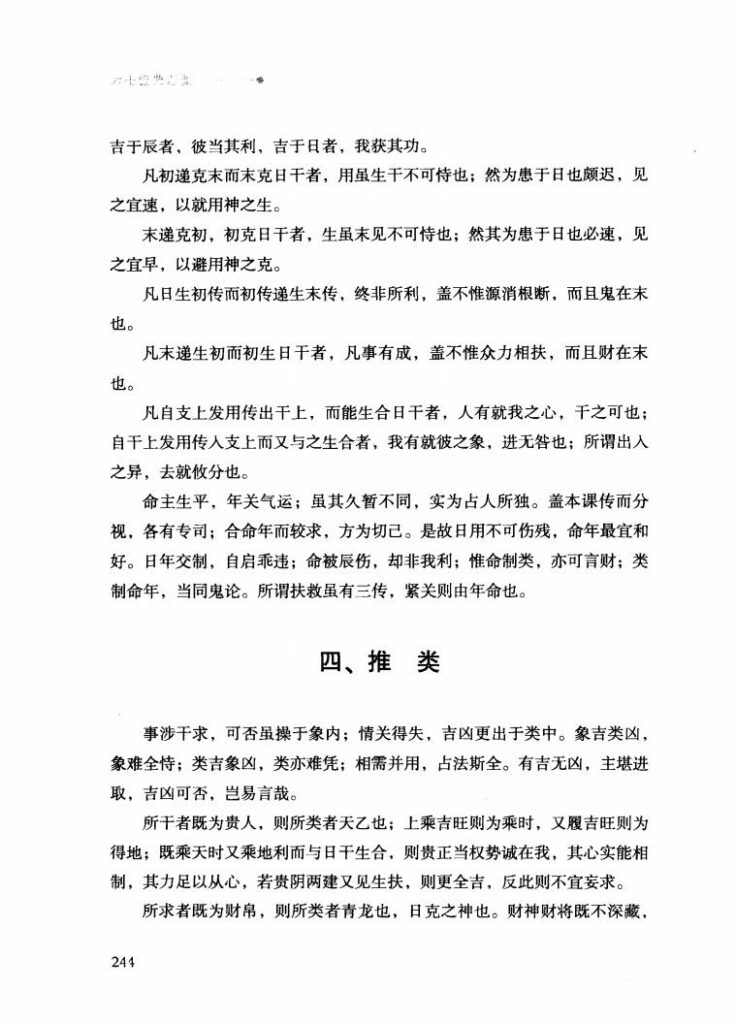
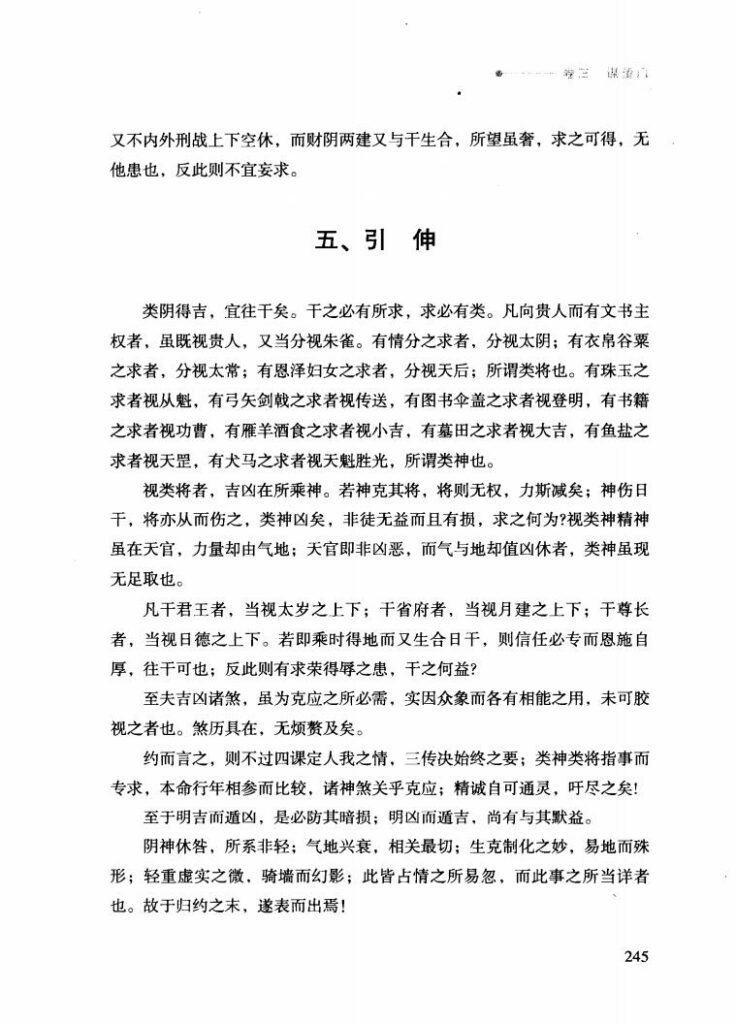
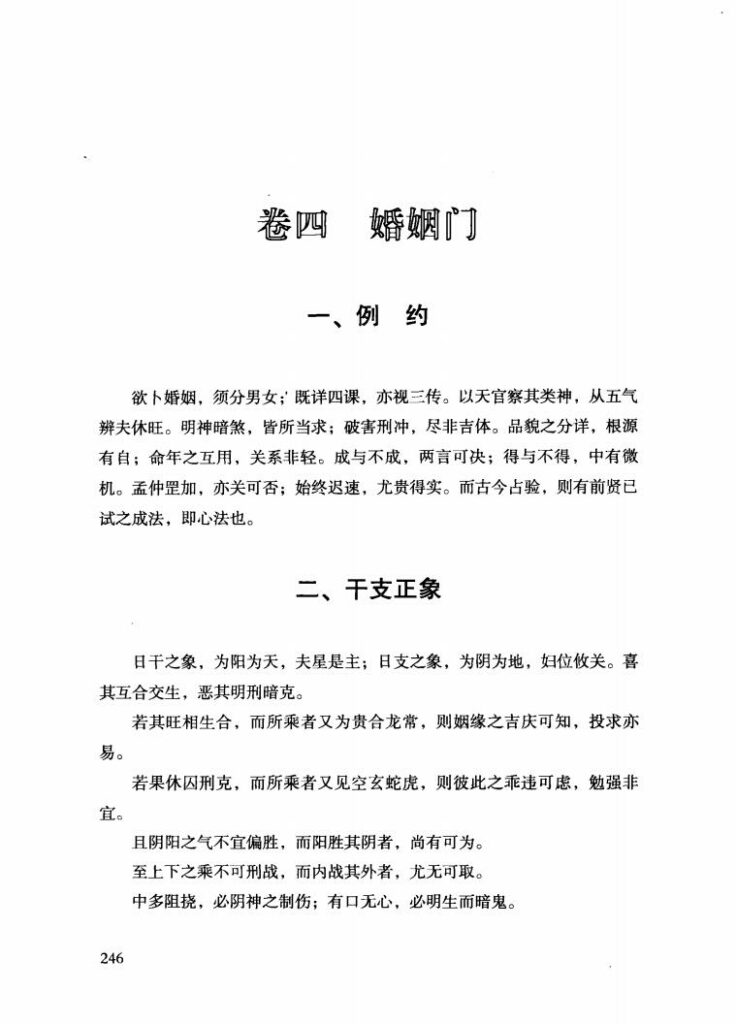
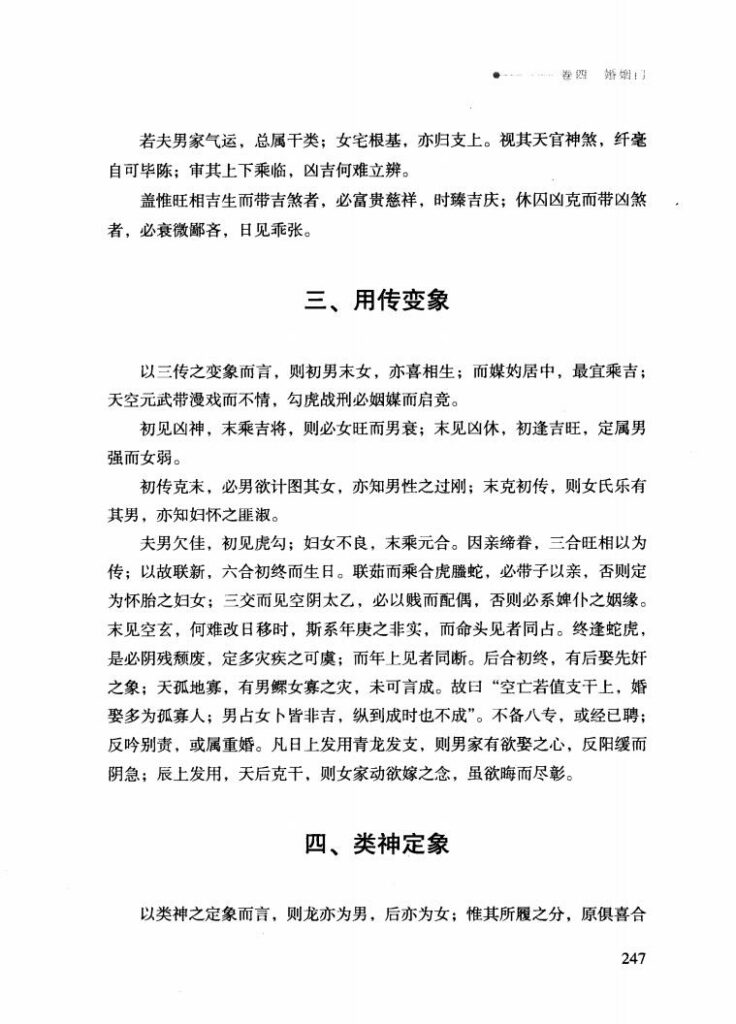

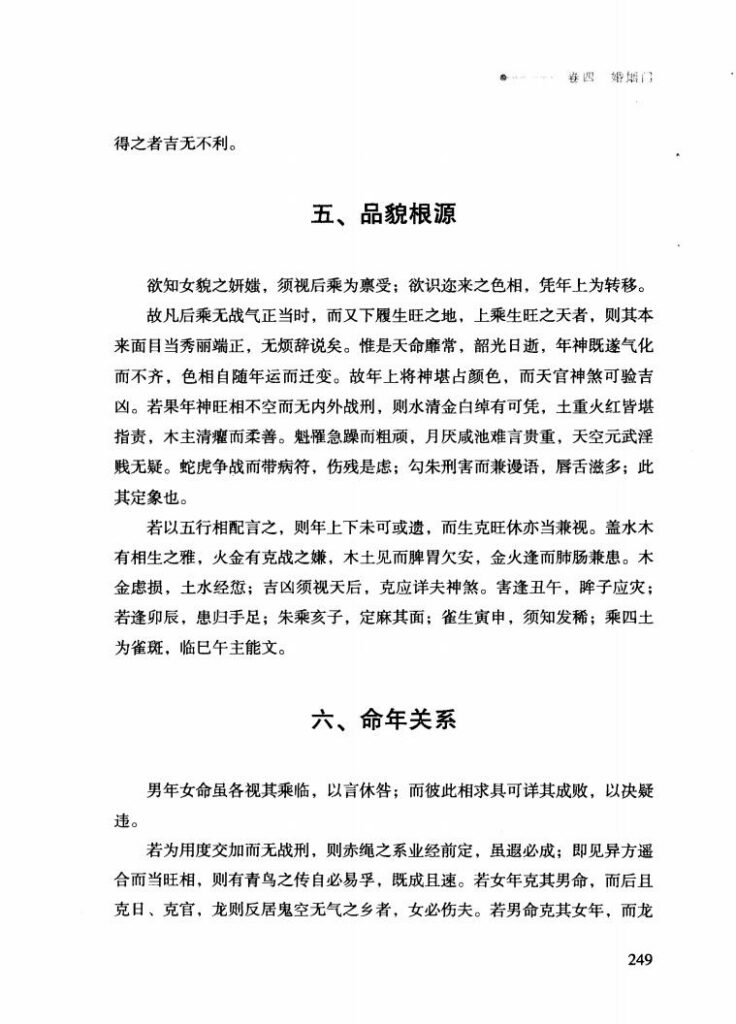
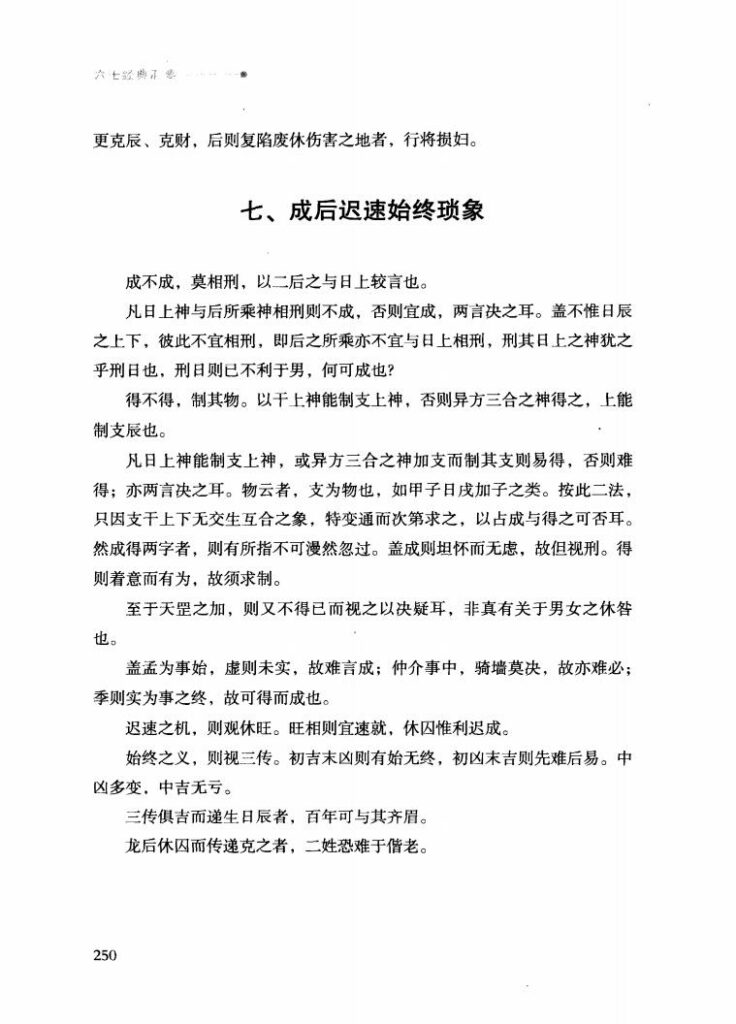
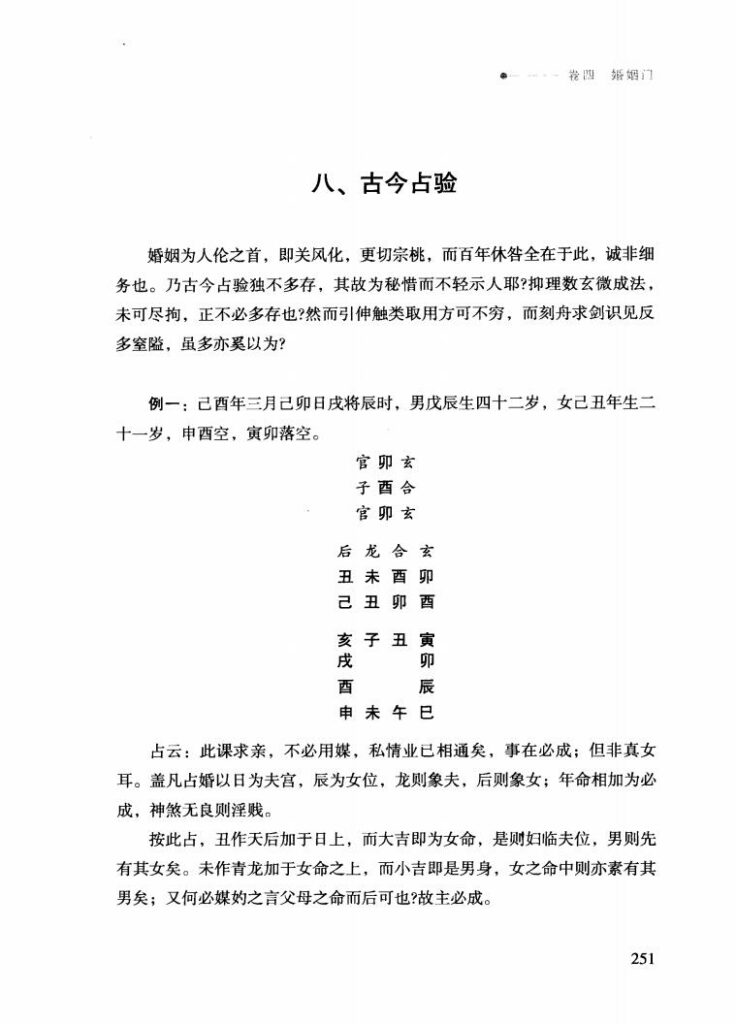


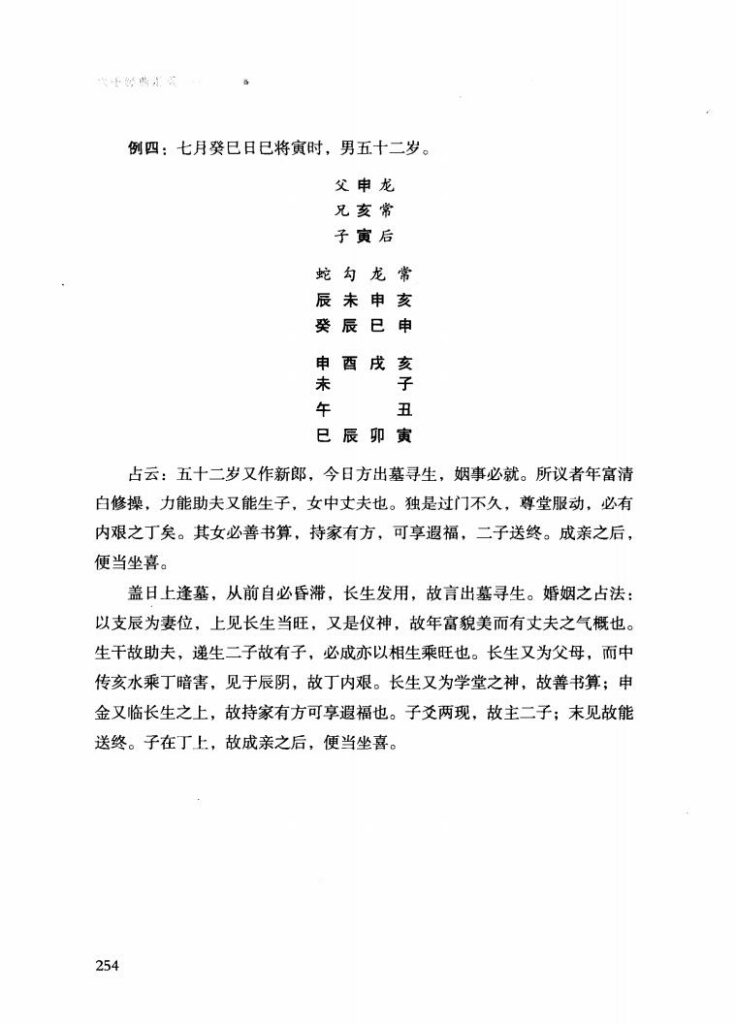




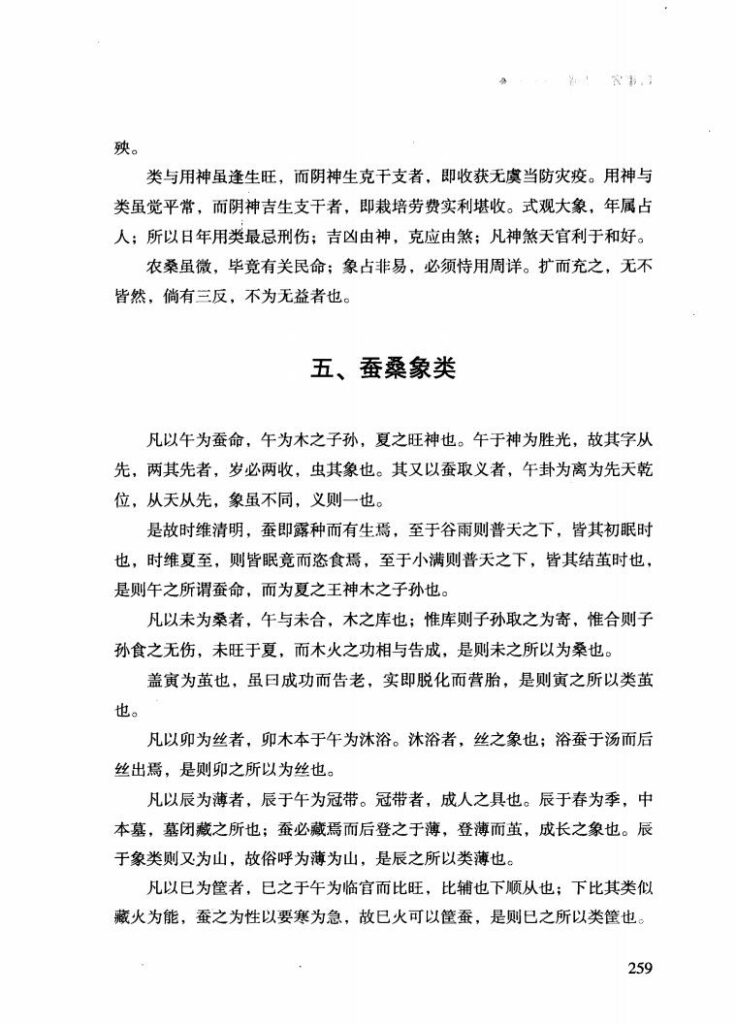

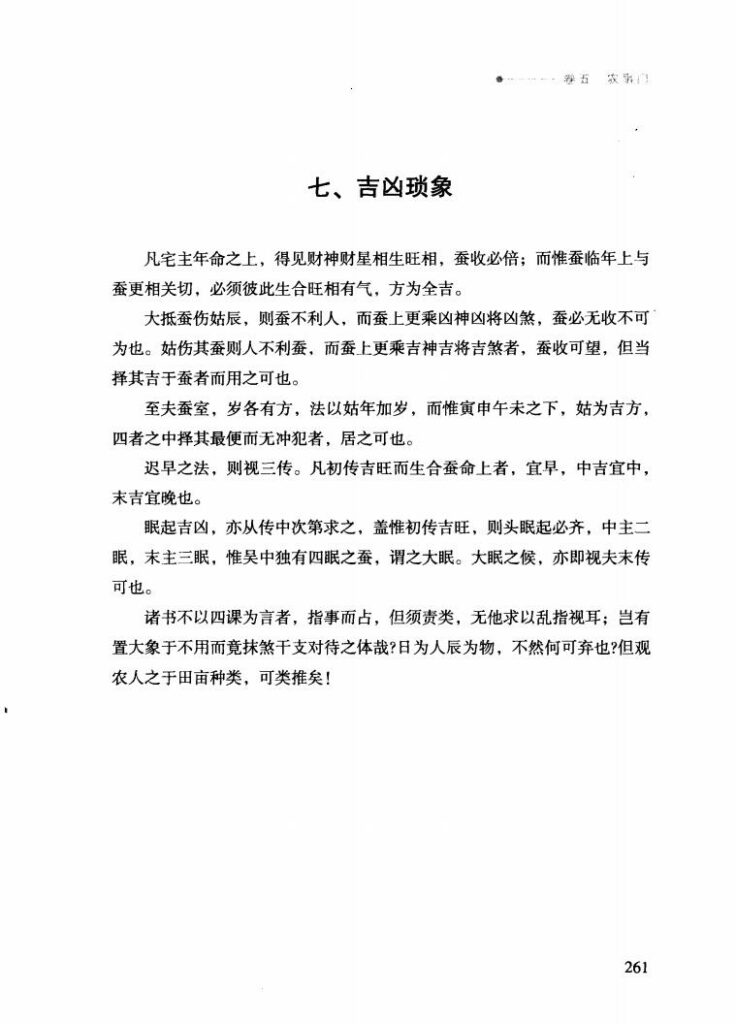


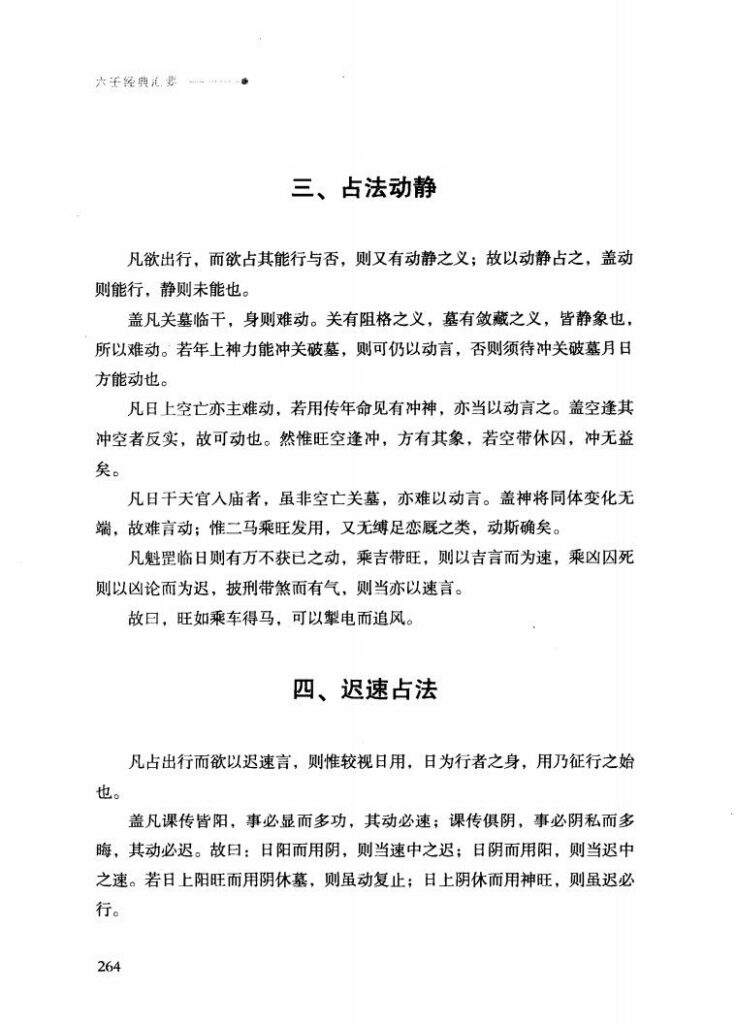

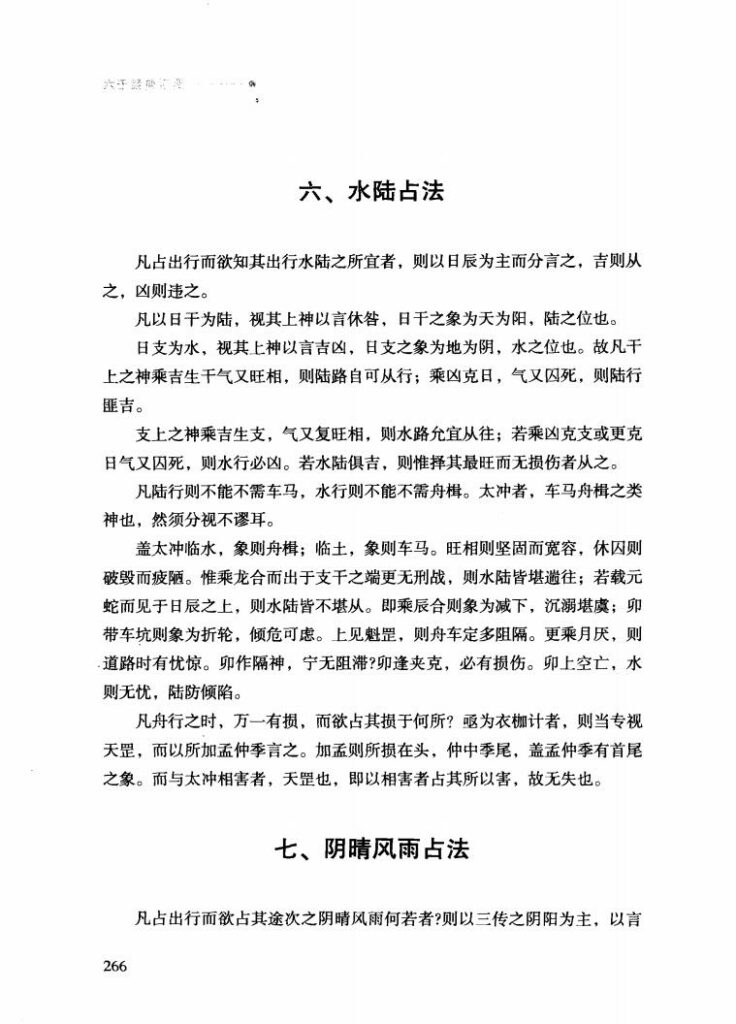
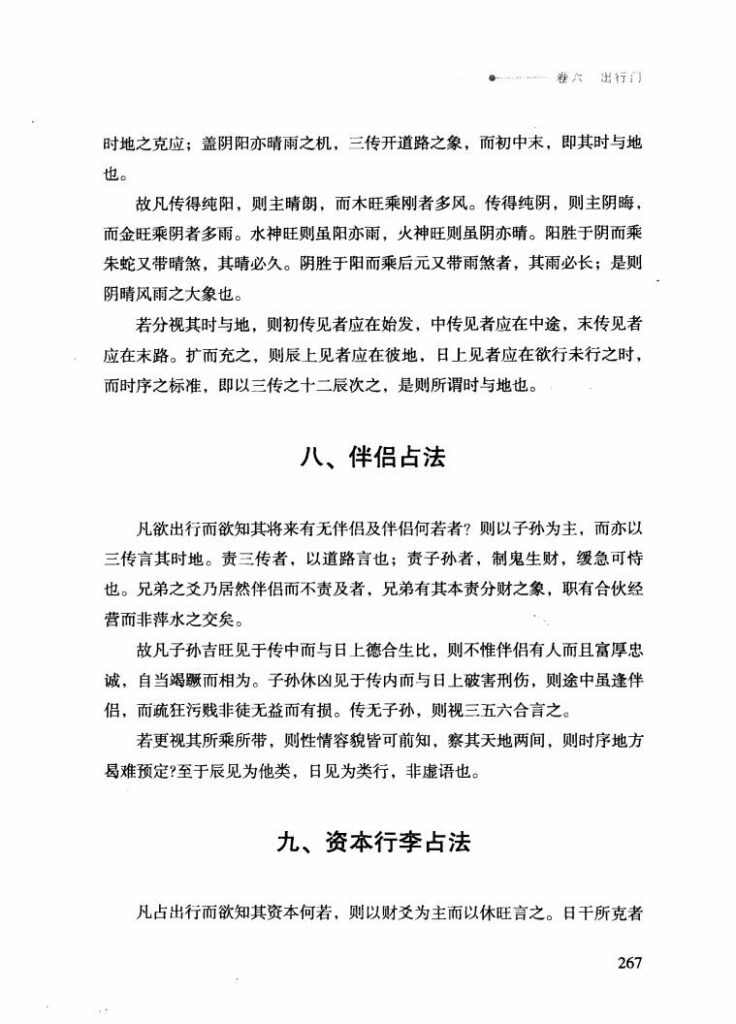
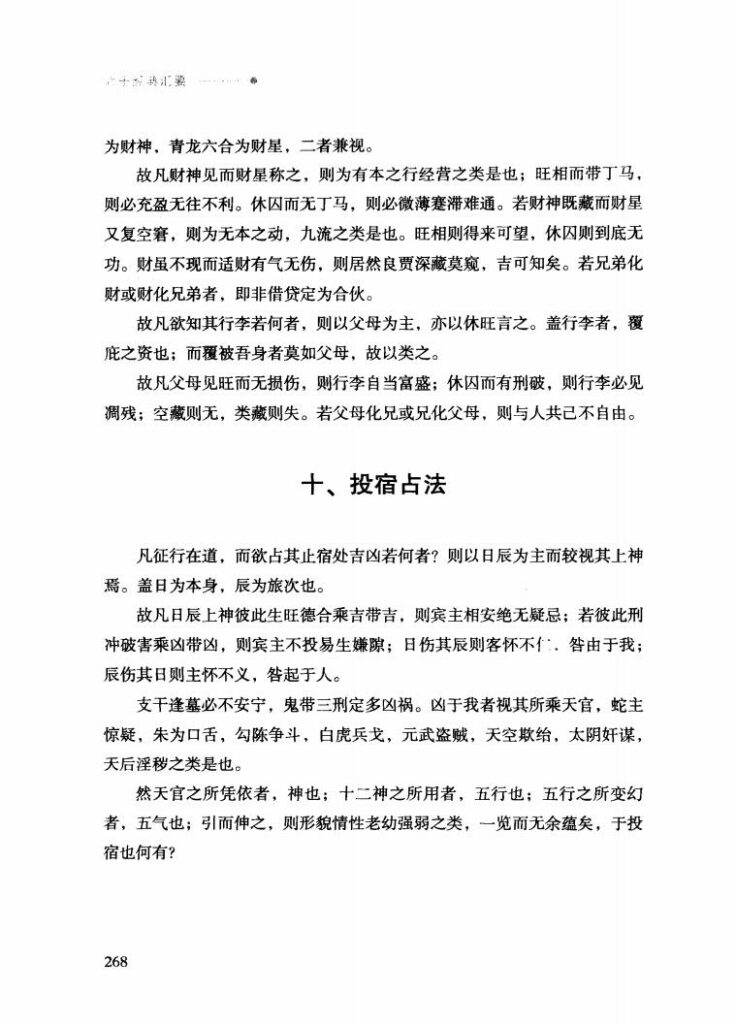
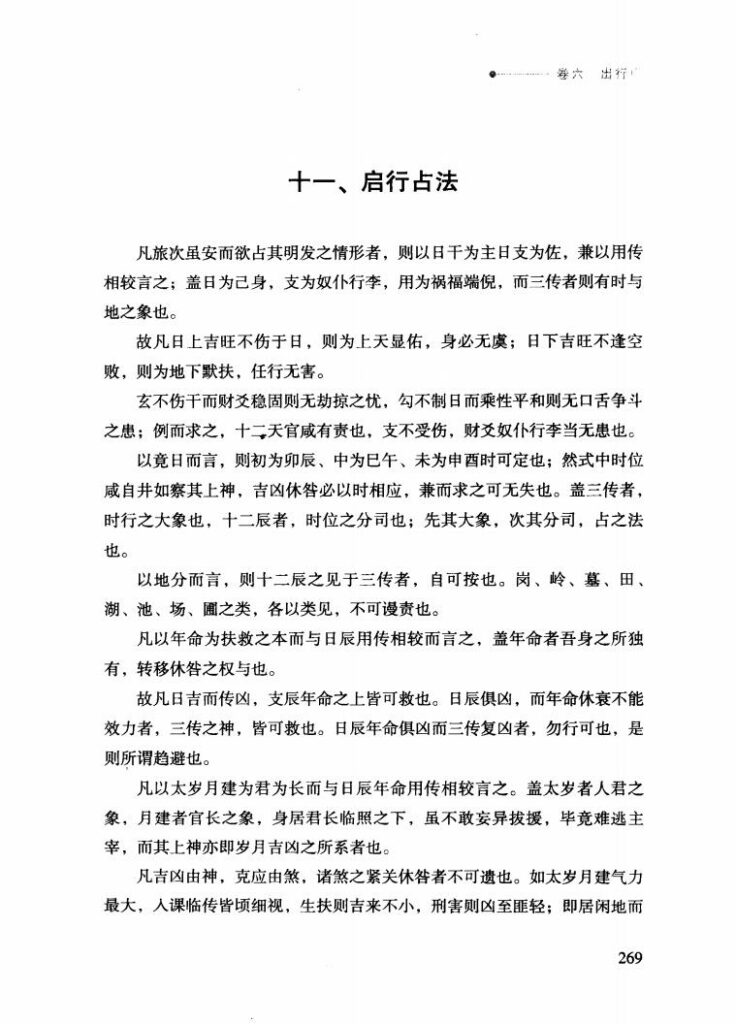





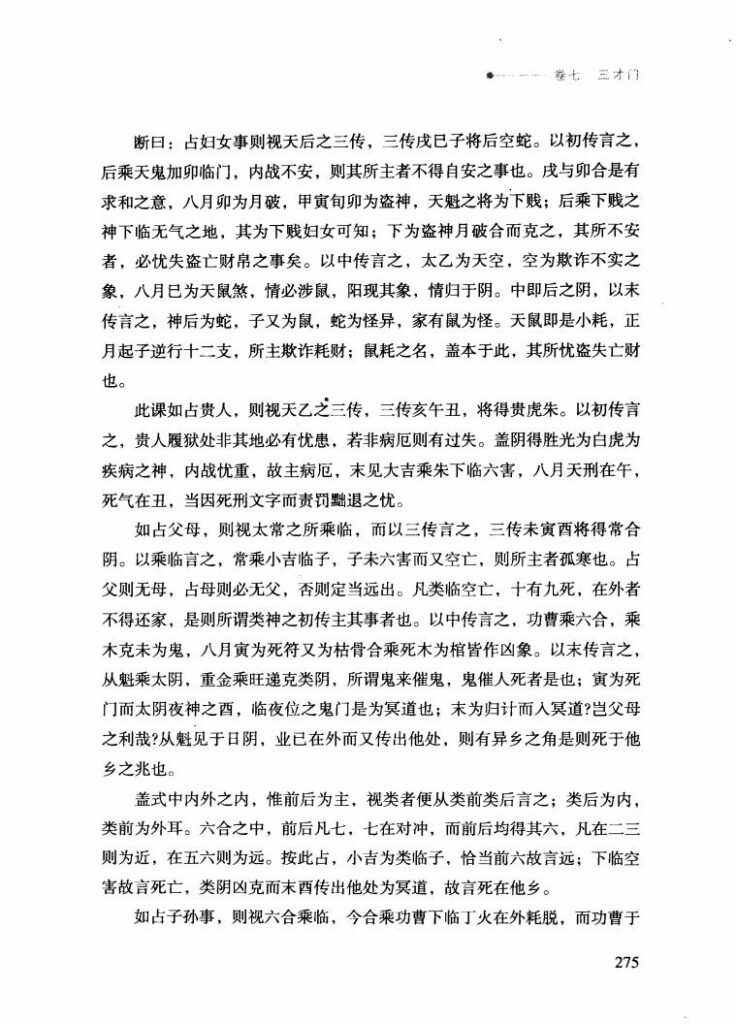

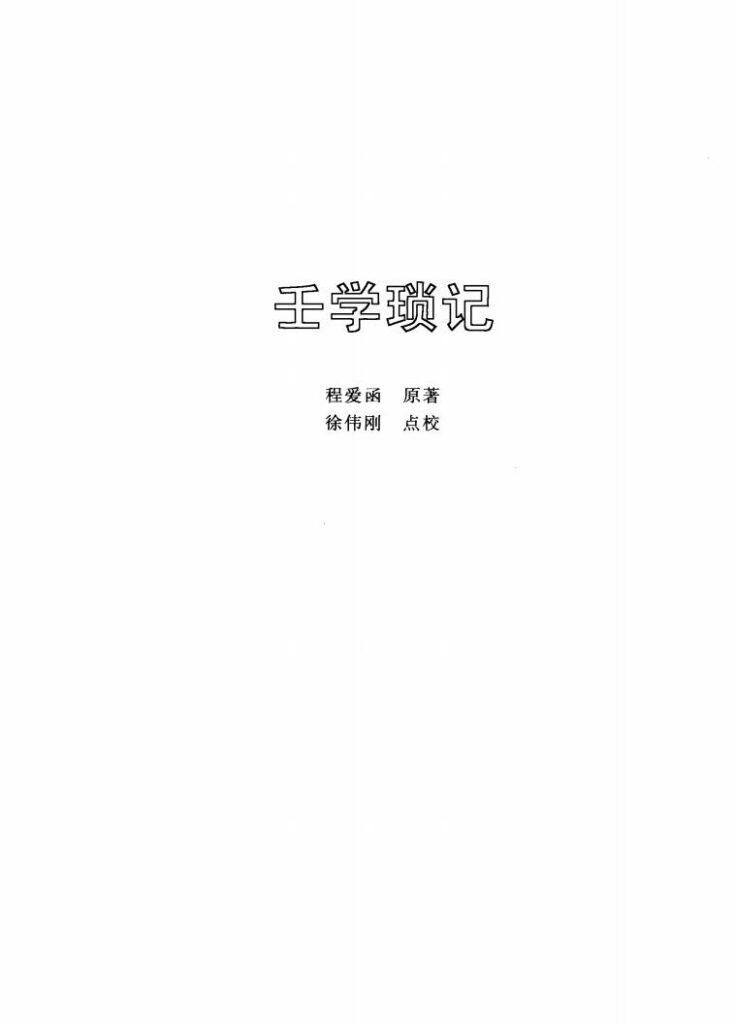
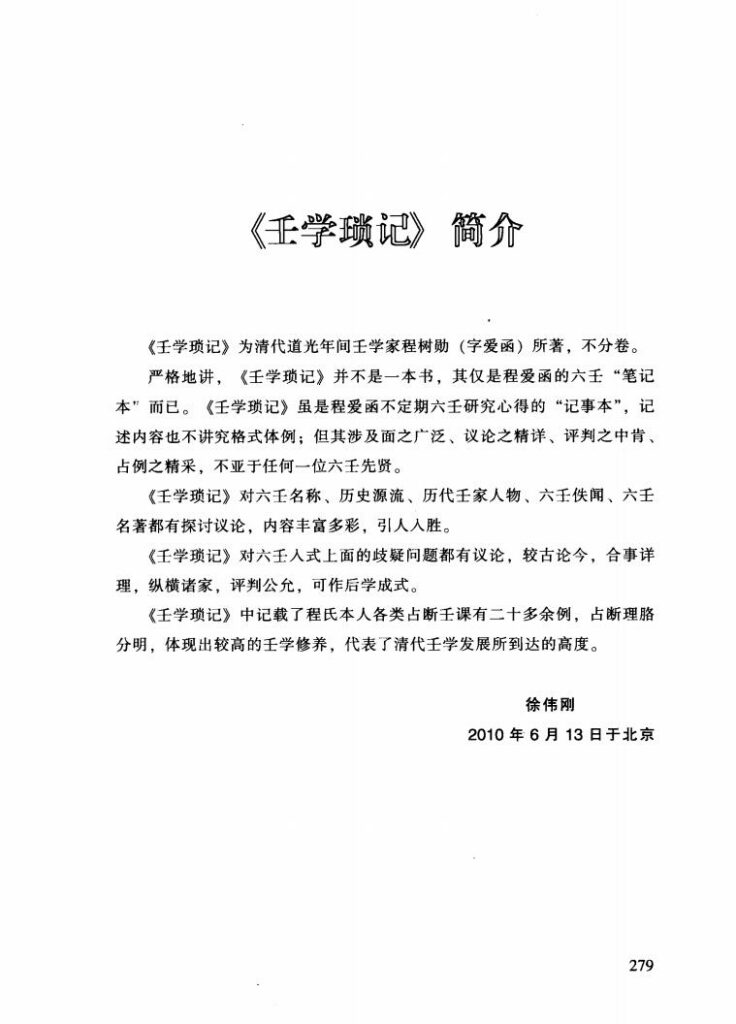



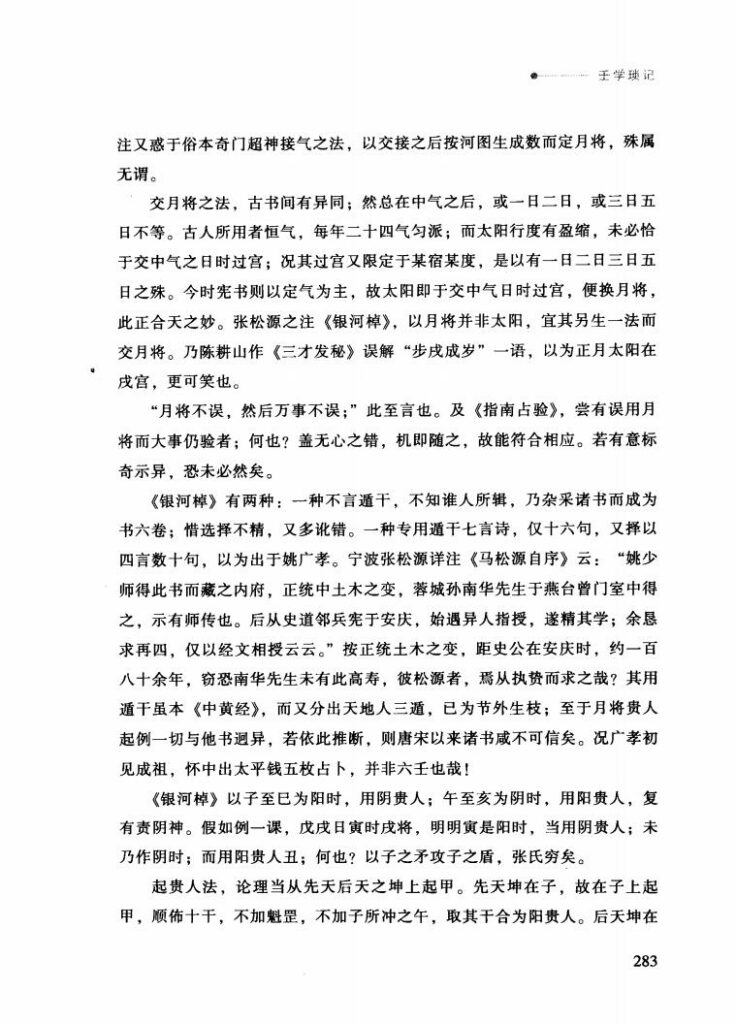
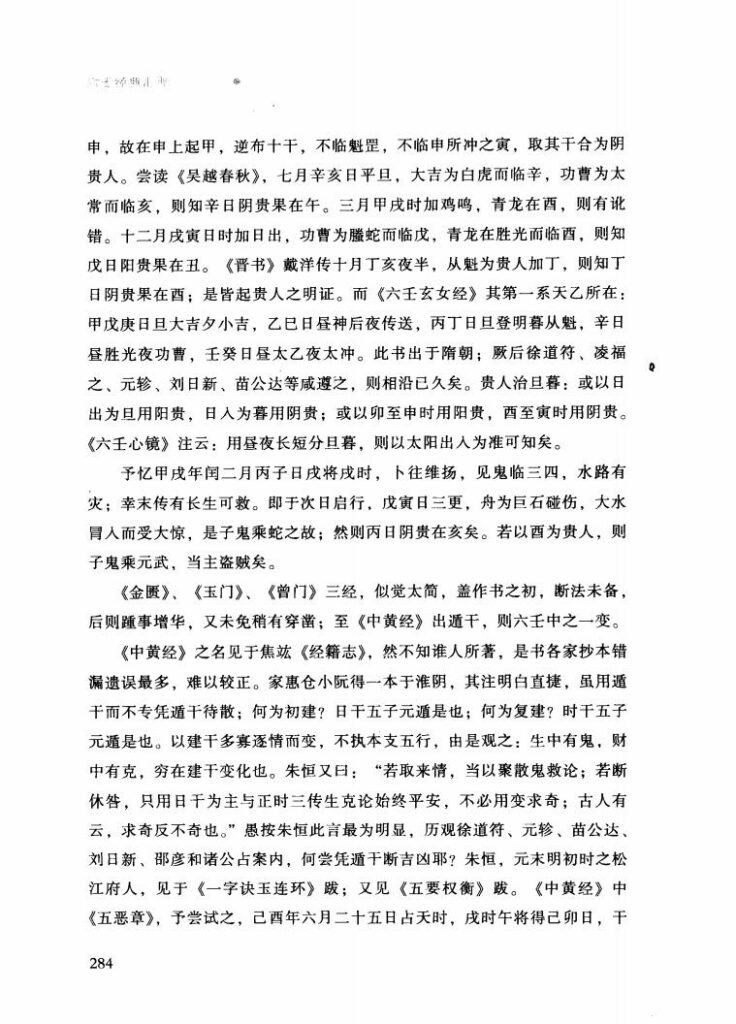
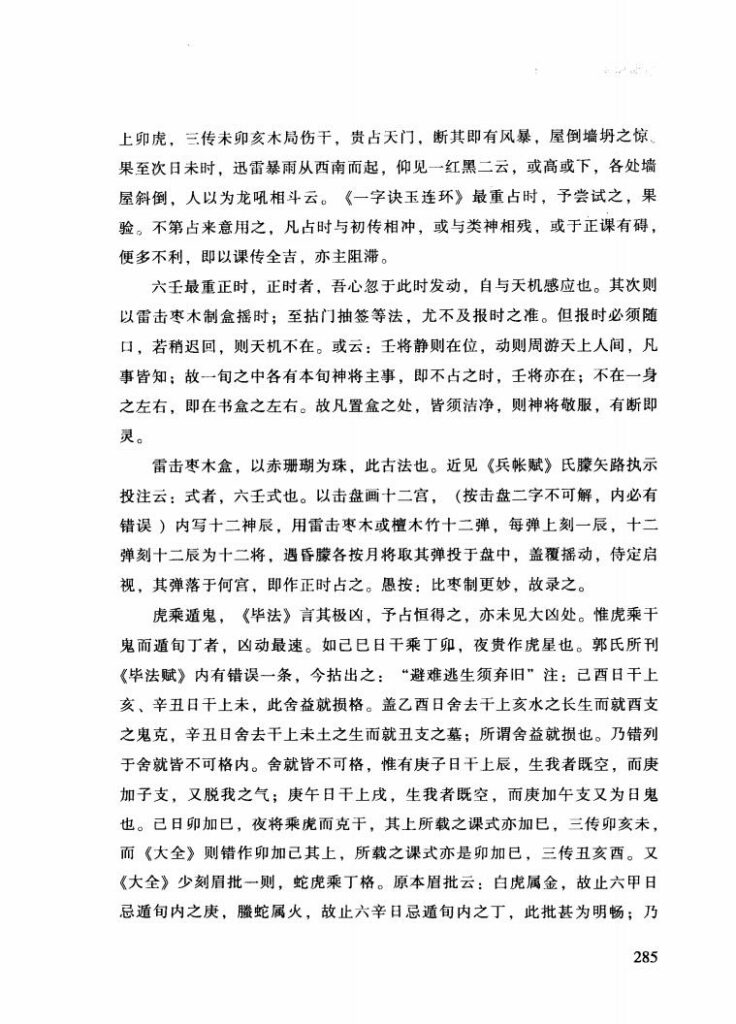

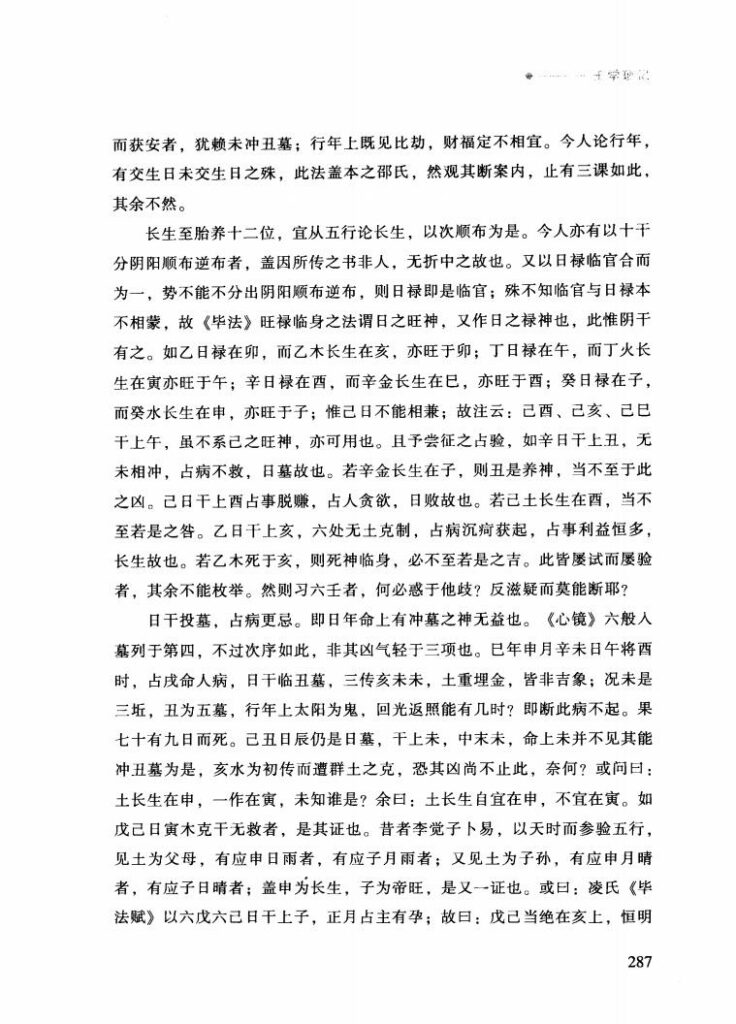
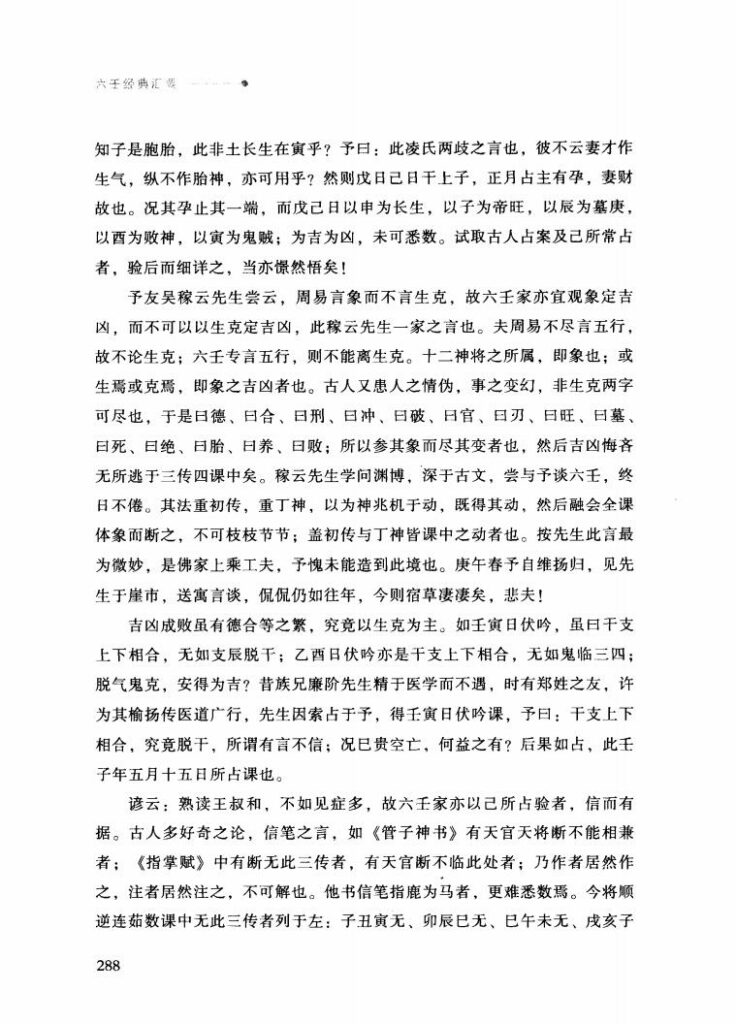

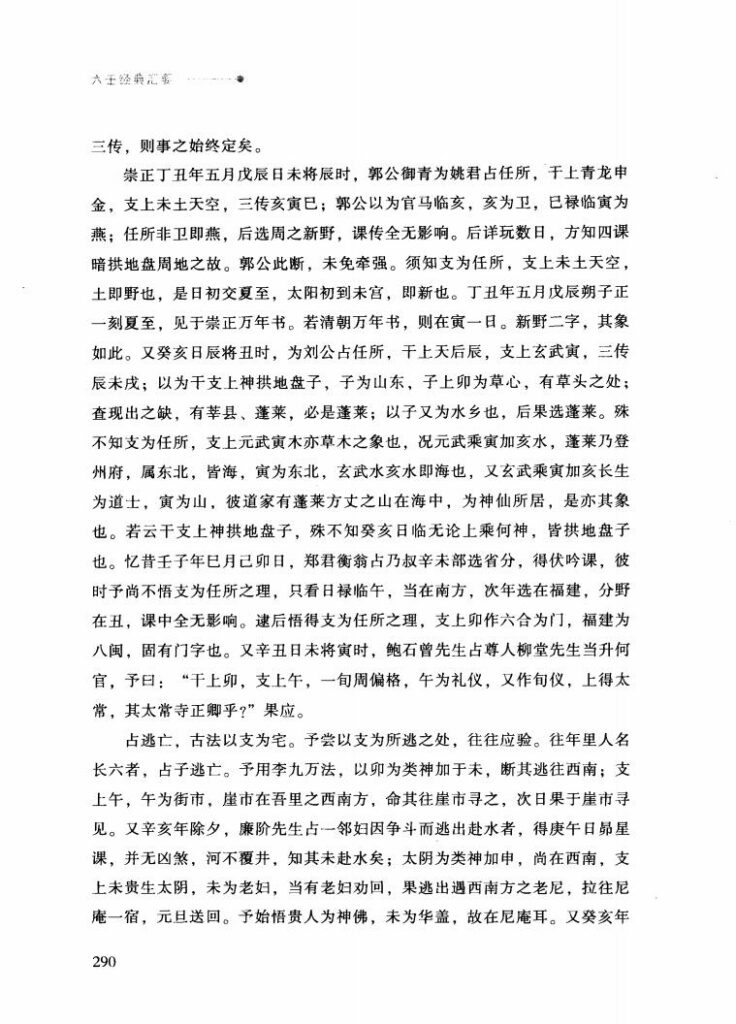

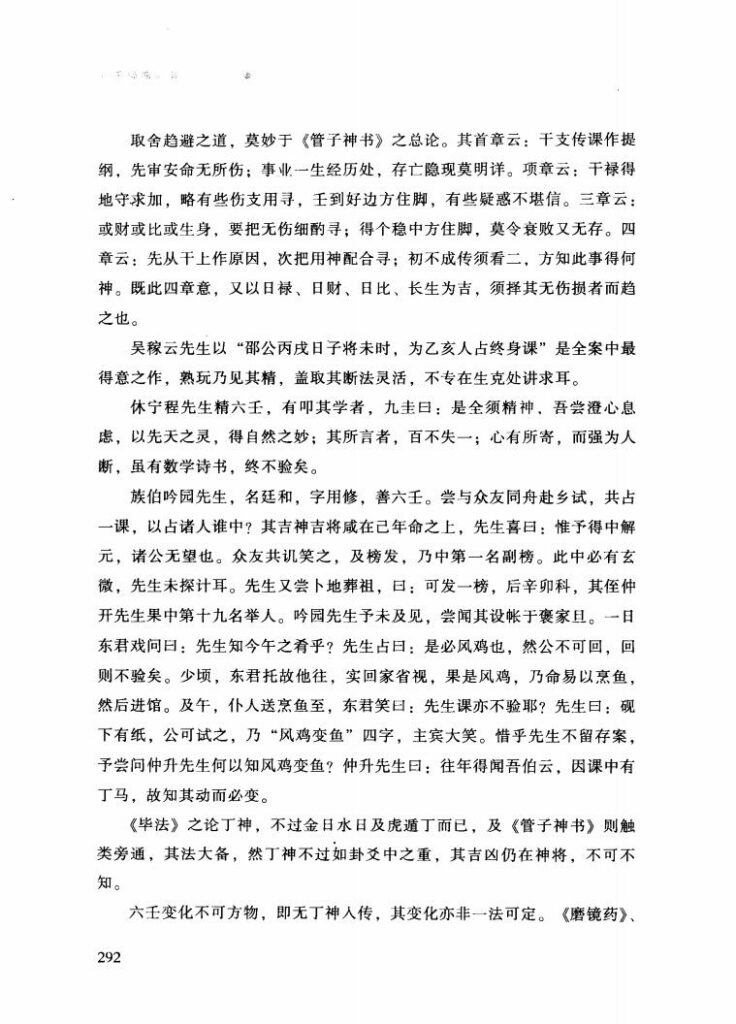
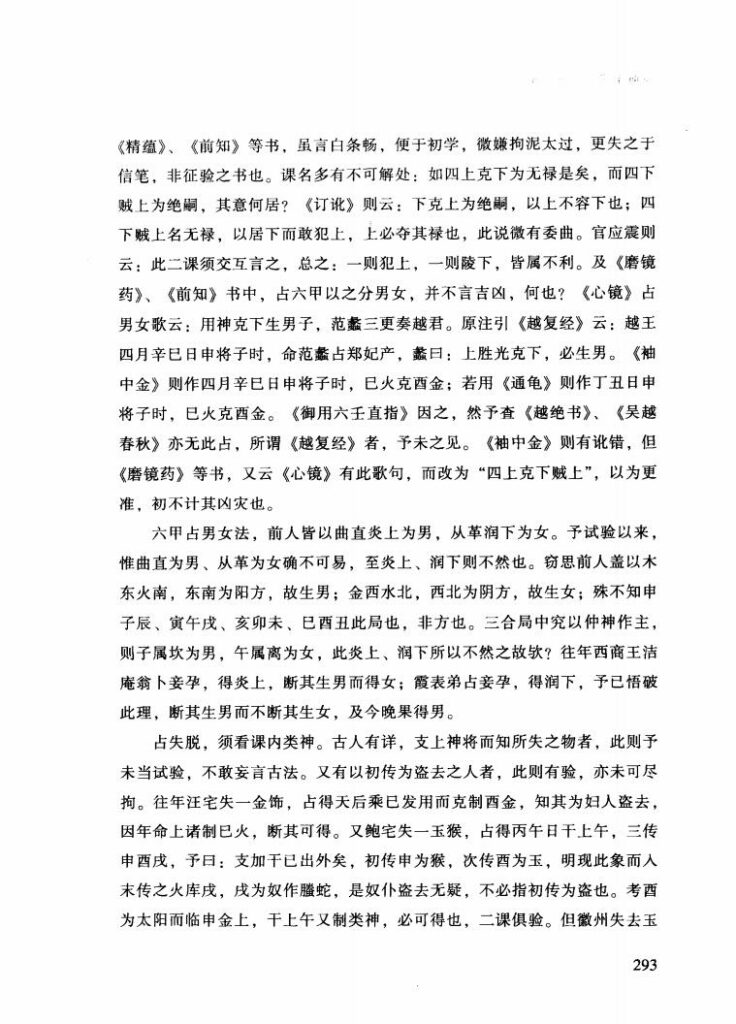



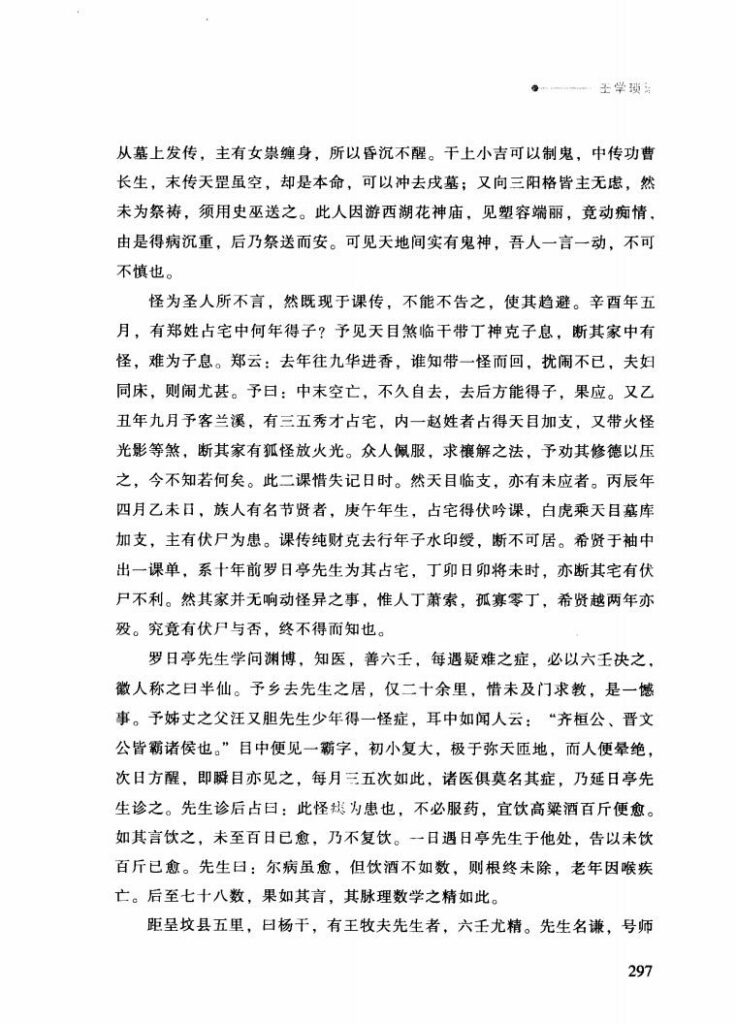

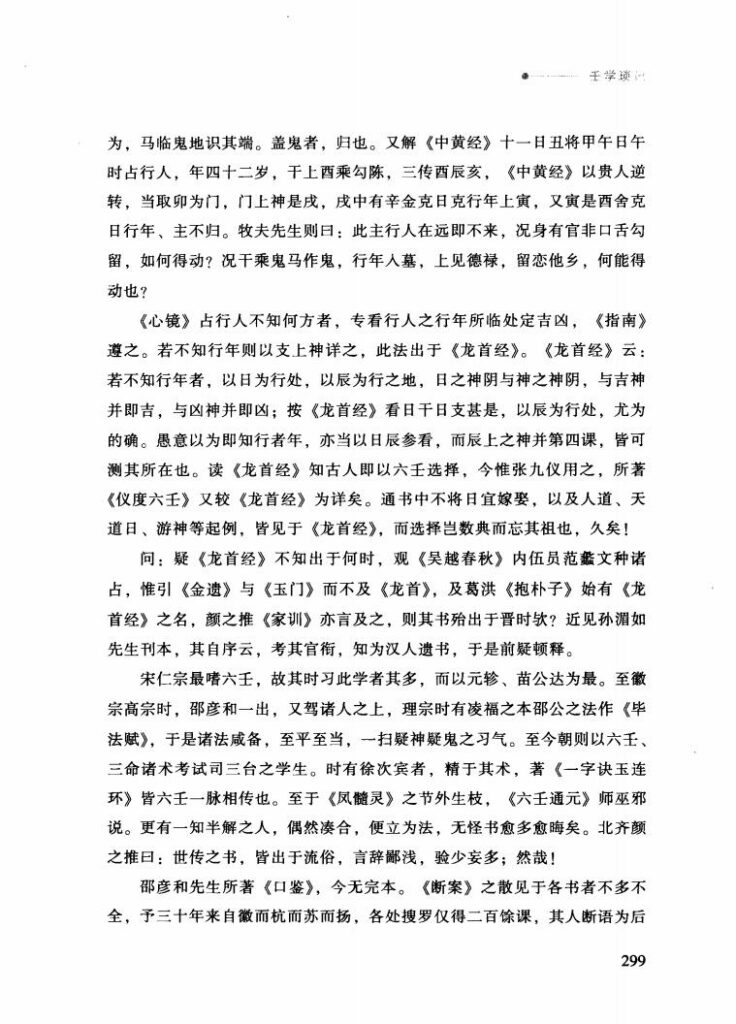
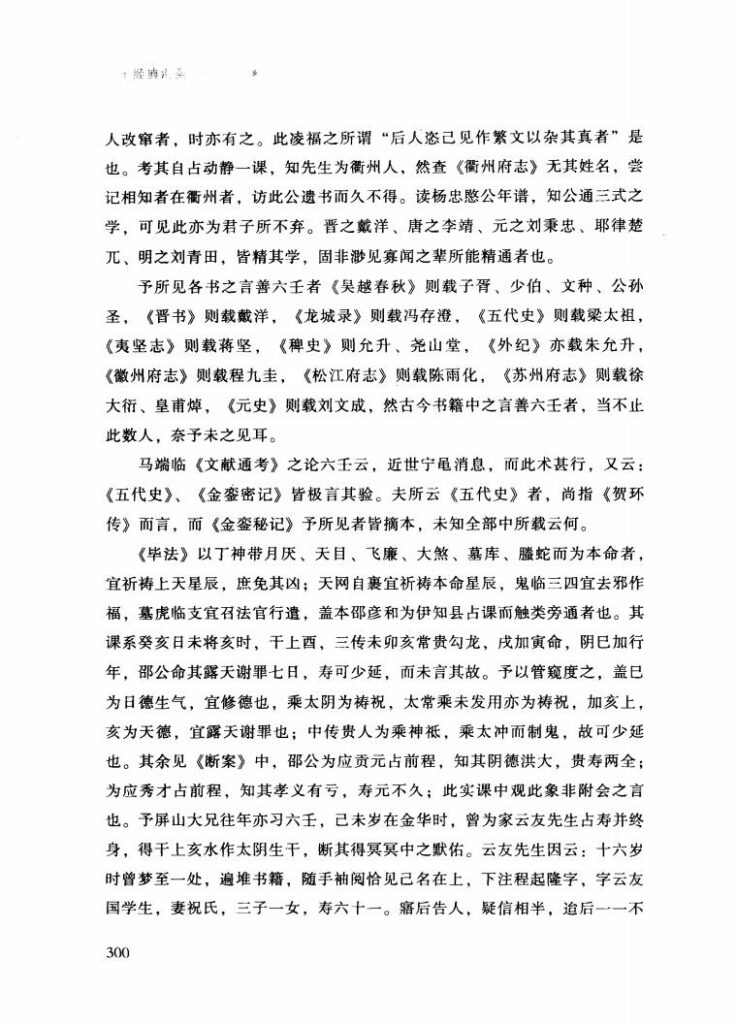

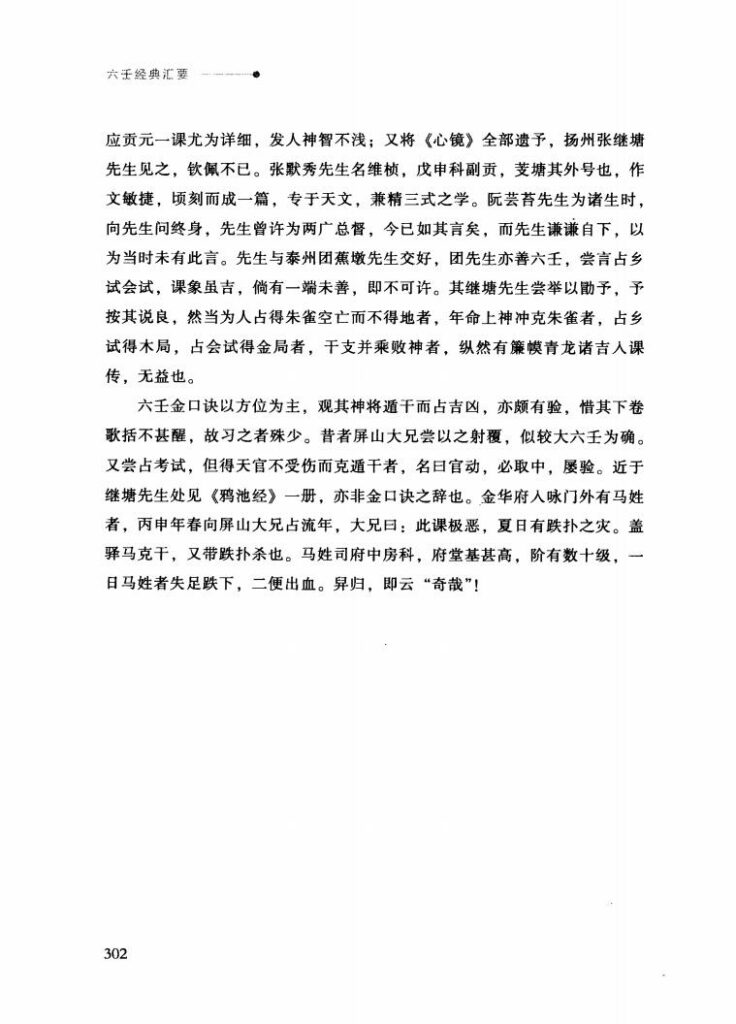
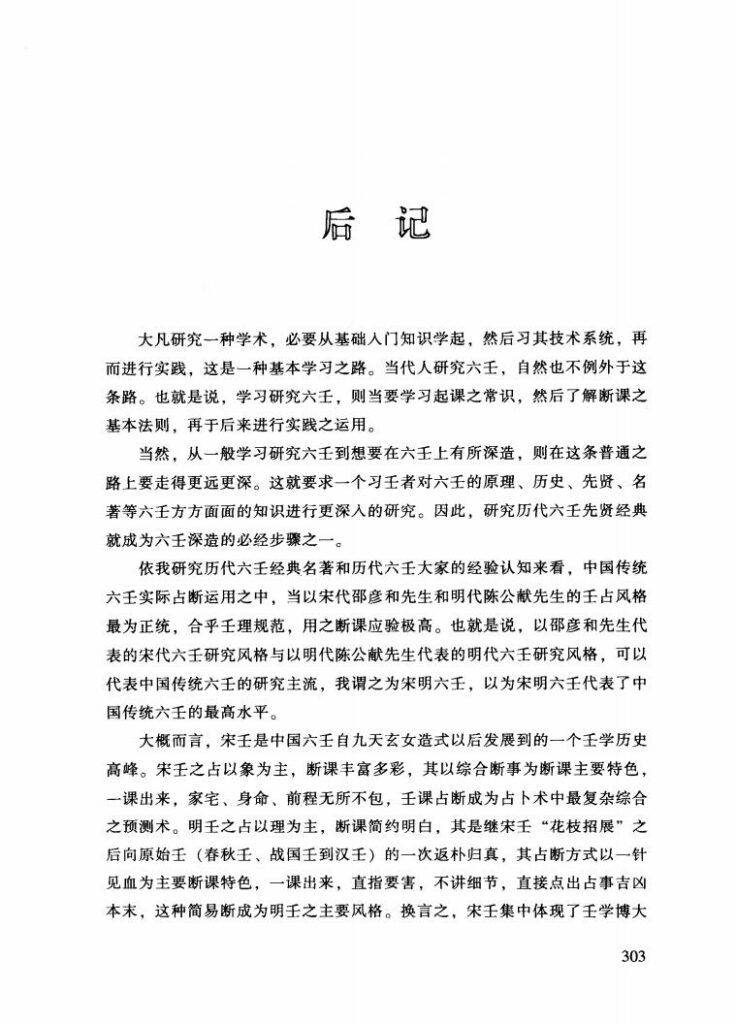
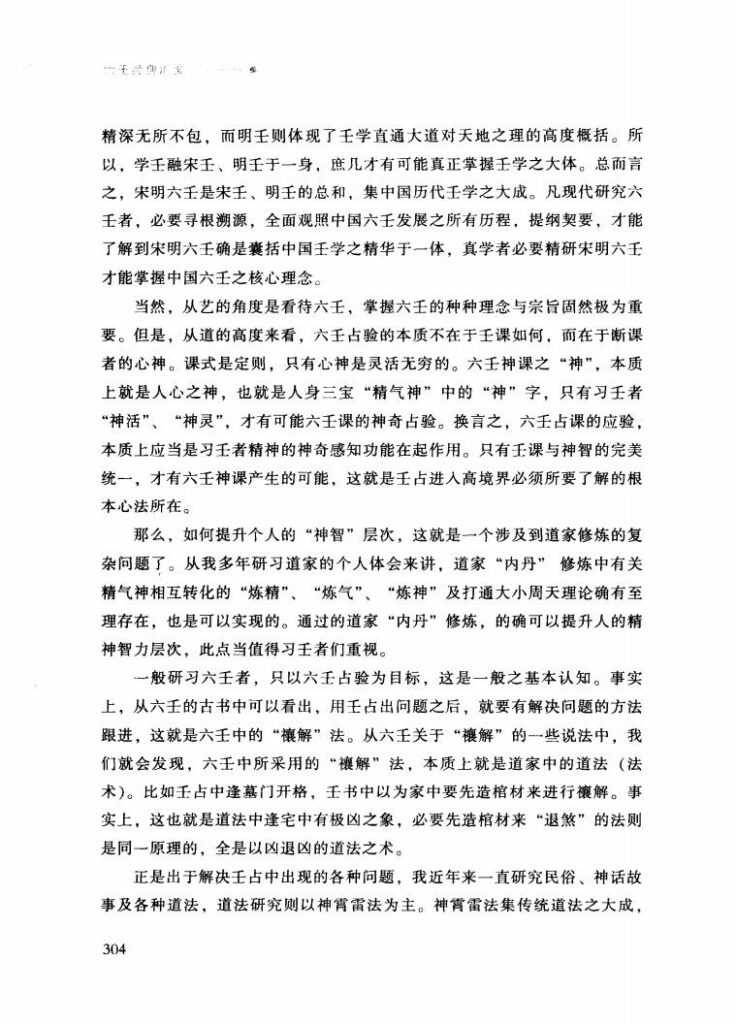

Culture文化 Metaphysics玄学 314P 六壬经典汇要
历史上的今天 ( 21 ):
- 2022年-12月-11日:Plant植物:中国高等植物图鉴.第四册之三 (134P)
- 2022年-12月-11日:Plant植物:中国高等植物图鉴.第四册之二 (400P)
- 2022年-12月-11日:Plant植物:中国高等植物图鉴.第四册之一 (400P)
- 2022年-12月-11日:SEGA:Young Indiana Jones Chronicles 年轻印第安纳琼斯大冒险
- 2022年-12月-11日:SEGA:Yogi Bear - Cartoon Capers瑜伽熊
- 2022年-12月-11日:SEGA:Zhan Qi Chinese Battle Chess 战棋 中国象棋
- 2022年-12月-11日:SEGA:Zany Golf 滑稽高尔夫
- 2022年-12月-11日:SEGA:Yu Yu Hakusho Gaiden 幽游白书外传
- 2022年-12月-11日:Knowledge知识:故宫建筑图典 (326P)
- 2022年-12月-11日:Knowledge知识:故宫建筑内檐装修 (326P)
- 2022年-12月-11日:Antique古董:故宫古琴图典 (256P)
- 2022年-12月-11日:Antique古董:故宫藏毯图典 (284P)
- 2022年-12月-11日:Beyond:午夜迷墙(字幕版)
- 2022年-12月-11日:Beyond:午夜怨曲(TVB)
- 2022年-12月-11日:Beyond:午夜怨曲(放暑假版)
- 2022年-12月-11日:Beyond:午夜怨曲(後天以後制)国语
- 2022年-12月-11日:Culture文化:人民画报196203 (36P)
- 2022年-12月-11日:Culture文化:人民画报196202 (38P)
- 2022年-12月-11日:Culture文化:人民画报196201 (38P)
- 2022年-12月-11日:Culture文化:人民画报196112 (33P)
- 2022年-12月-11日:News新闻:12月11日,星期日,在这里每天60秒读懂世界! (1P)
可点 ➠ 2023年-12月-11日 ➠ 70 s ➠ ♥ 0

